
Visa and entry requirements Saudi Arabia:
Passport required
Since 2019, German citizens have had the opportunity to obtain a visa when entering an international airport.
Information from the Federal Foreign Office about your trip to Saudi Arabia:
https://www.auswaertiges-amt.de/de/saudiarabiensicherheit/202298
Saudi Arabia is a country in the Middle East with around 35 million inhabitants, including almost 12 million guest workers. The country borders Jordan in the northwest, Iraq in the north, Kuwait in the northeast, Qatar and the Persian Gulf in the east, the United Arab Emirates and Oman in the southeast, Yemen in the south and the Red Sea in the west .
The kingdom is only separated from the island state of Bahrain in the east by a 25-kilometer-long bridge. The Gulf of Aqaba, to the northwest, separates the country from the Sinai Peninsula in Egypt.
Saudi Arabia is the largest state on the Arabian Peninsula, which is also the largest peninsula in the world. The official language of the country is Arabic and the national currency is the Saudi Riyal, where 1 euro is equivalent to around 4 SAR.
The largest cities in Saudi Arabia include Riyadh, Jeddah, Mecca, Medina, Dammam, Taif, Buraida, Tabuk, Al-Jubail, Al-Mubarraz, Hofuf and Khamis Mushait.
The territory of Saudi Arabia consists of a highland in the west and a hilly desert landscape sloping towards the east. The highest peak in the country is the 3,133 meter high “Jabal Sauda” in the Asir Mountains.
Saudi Arabia is one of the countries where women have fewer rights than men. It is a legal requirement in the country that women must wear headscarves and long robes in public. In Saudi Arabia, there is absolute separation between women and men at work, in mosques or in restaurants. Saudi women cannot make free decisions and are not allowed to leave the country without permission; they always have a male guardian. Since June 2018, women in the country have been officially allowed to drive their own cars again, after a ban that has been in place for over 60 years.
Saudi Arabia is one of the richest countries in the world because of its second-largest oil reserves. The Arab country also has the fourth largest natural gas reserves in the world. In addition, other mineral resources such as clay, limestone, gold, salt, iron ore, phosphorus, marble and gypsum are found on the country's territory.
Another important economic sector for the kingdom is tourism. Around six million pilgrims come to the country every year during Ramadan and the Hajj through Islam's two holiest sites, the Kaaba in Mecca and the Prophet's Mosque in Medina. Muslims from all over the world also make pilgrimages to the two holy cities during the rest of the year for the small Umra pilgrimage.
Normally structured tourism for non-Muslim visitors is slowly being established. Due to the sharp fall in oil prices in recent years, the kingdom is trying to generate additional income by opening up to international tourism.
The capital of Saudi Arabia is Riyadh with almost seven million inhabitants. Riyadh, located at an altitude of around 600 meters inland, is the political, economic and cultural center of the kingdom.
The important sights of Saudi Arabia include the ancient ruins and the historic world heritage site Mada'in Saleh, the Royal Clock Tower - at 602 meters high the third largest building in the world, the Grand Mosque Al-Haram, the Black Stone in the Kaaba, the Mount of Light, Mount Arafat and the Al-Bait Towers in Mecca, the Old City, the King Fahd Fountain and the Floating Mosque in Jeddah, the Prophet's Mosque, the Mosque of Quba, the Mosque of the Two Qiblas and the Mt Uhud in Medina as well as King Abdullah Park, the Masmak Citadel, the 302 meter high “Kingdom Center” with its observation deck, Al Bujairi Square, the National Museum and the Al Rajhi Grand Mosque of Riyadh.
Since 2011, I have traveled to Saudi Arabia almost twenty times, mostly for work. As project manager of the Royal Clock Tower, the second tallest building in the world at the time, I even lived in the holy city of Mecca for a year. I also visited the cities of Jeddah, Dammam and Riyadh several times through various trade fairs or other events.
The capital Riyadh, located in the middle of the desert, is actually almost unbearable in summer due to the extremely hot temperatures. There is also an enormous amount of car traffic in the city, where it often takes hours to travel a few kilometers. Apart from several modern and interesting high-rise buildings, Riyadh actually has nothing special to offer culturally.
The city of Jeddah, located directly on the sea, is a bit more exciting in terms of tourism. The historic old town and some busy shopping streets provide a bit of a western flair.
The city of Taif is located in the mountains and is a popular refuge for Saudis due to its cooler temperatures, especially in the hot summer months.
However, for me the most modern city is Dammam, which is located in the east on the border with Bahrain. Due to the headquarters of the oil giant “Aramco”, the most highly endowed company in the world on the stock exchange, the city has a more European architectural style and is not overcrowded with people.
Since 2019 I have been working more in Saudi Arabia again. It remains to be hoped that the country will open up more to normal tourism in the near future.

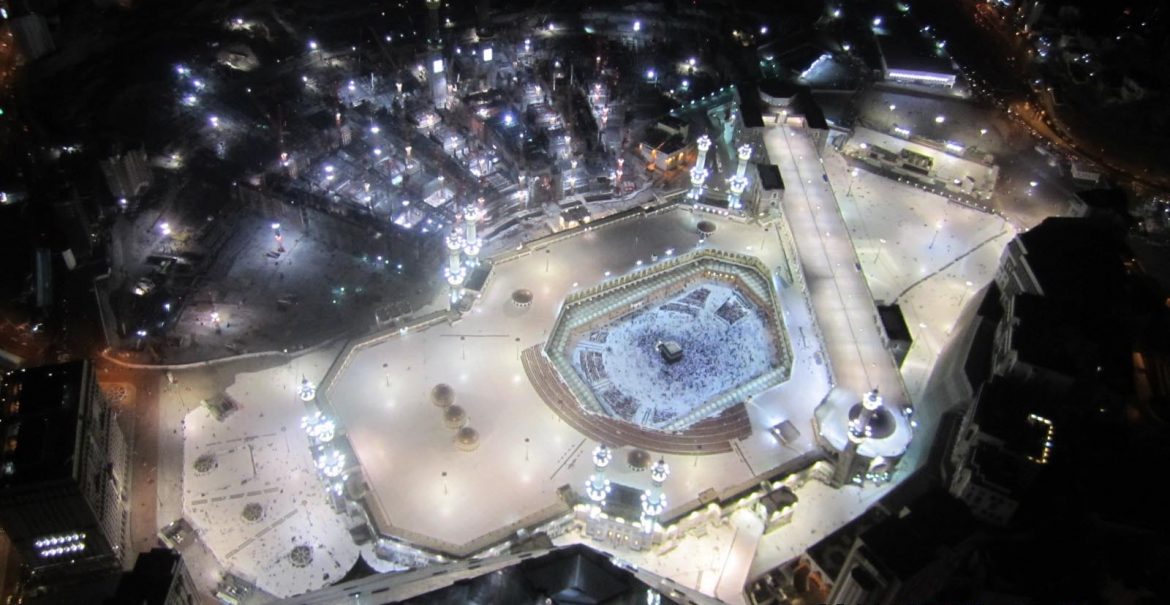












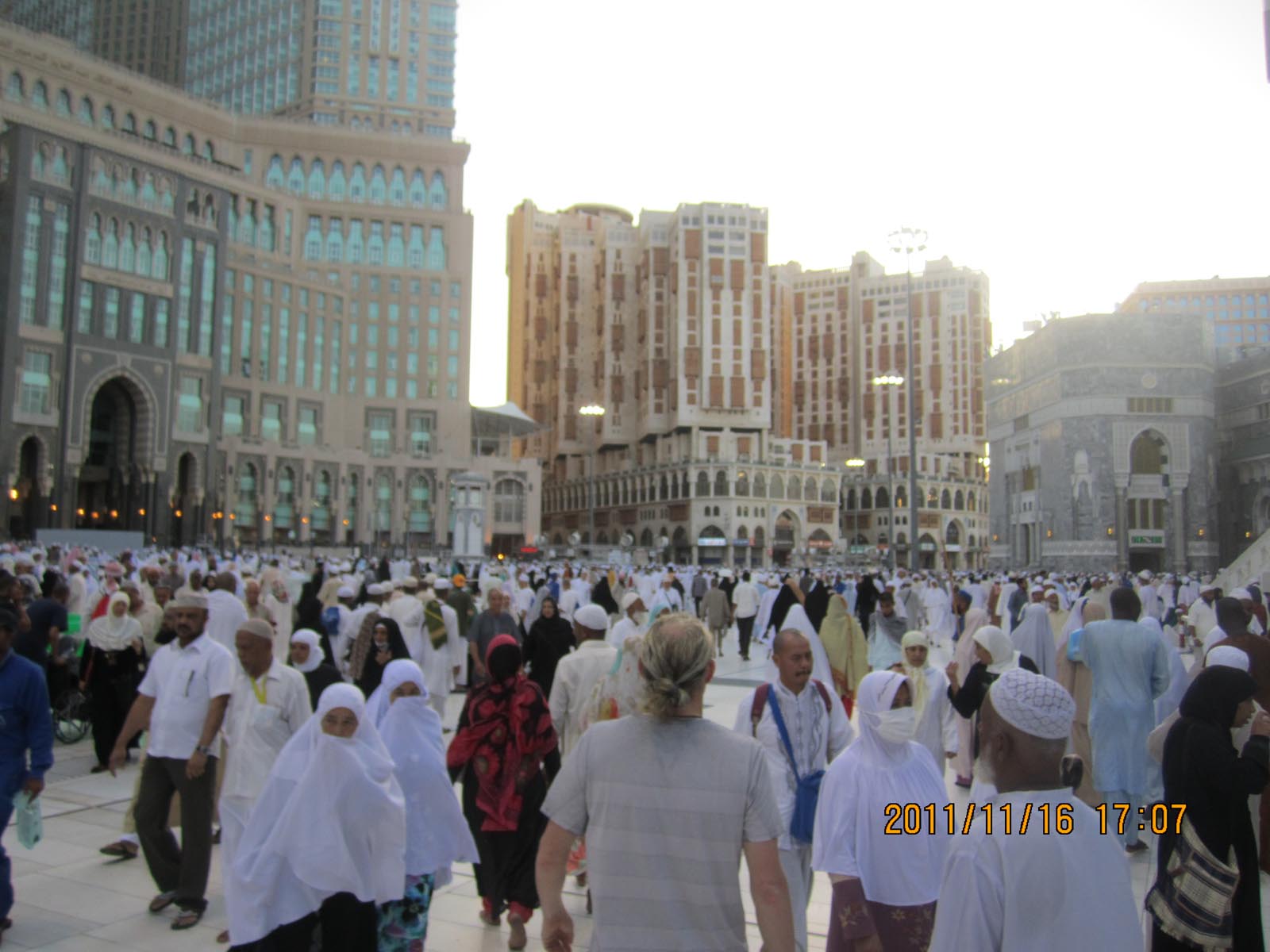
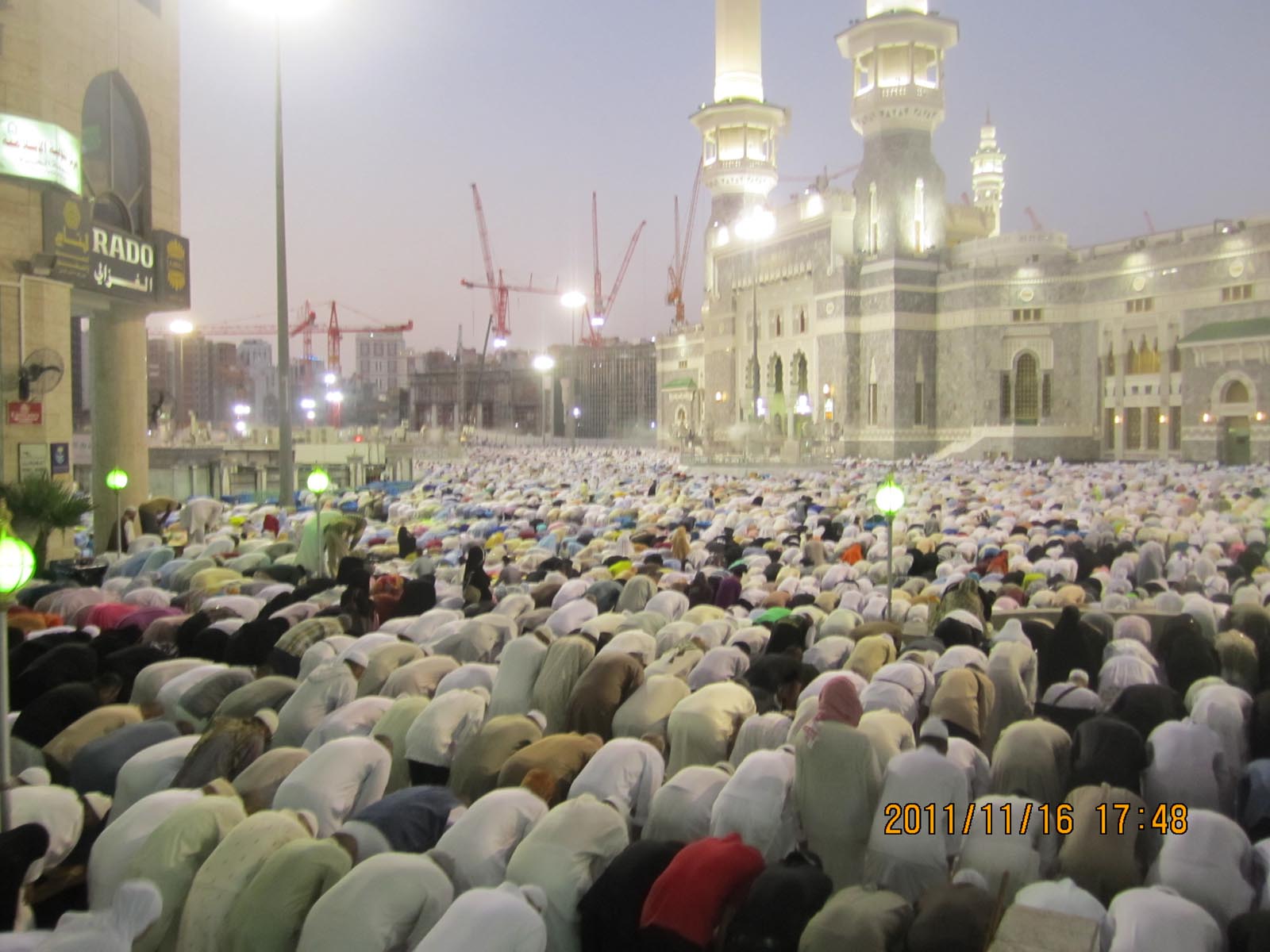
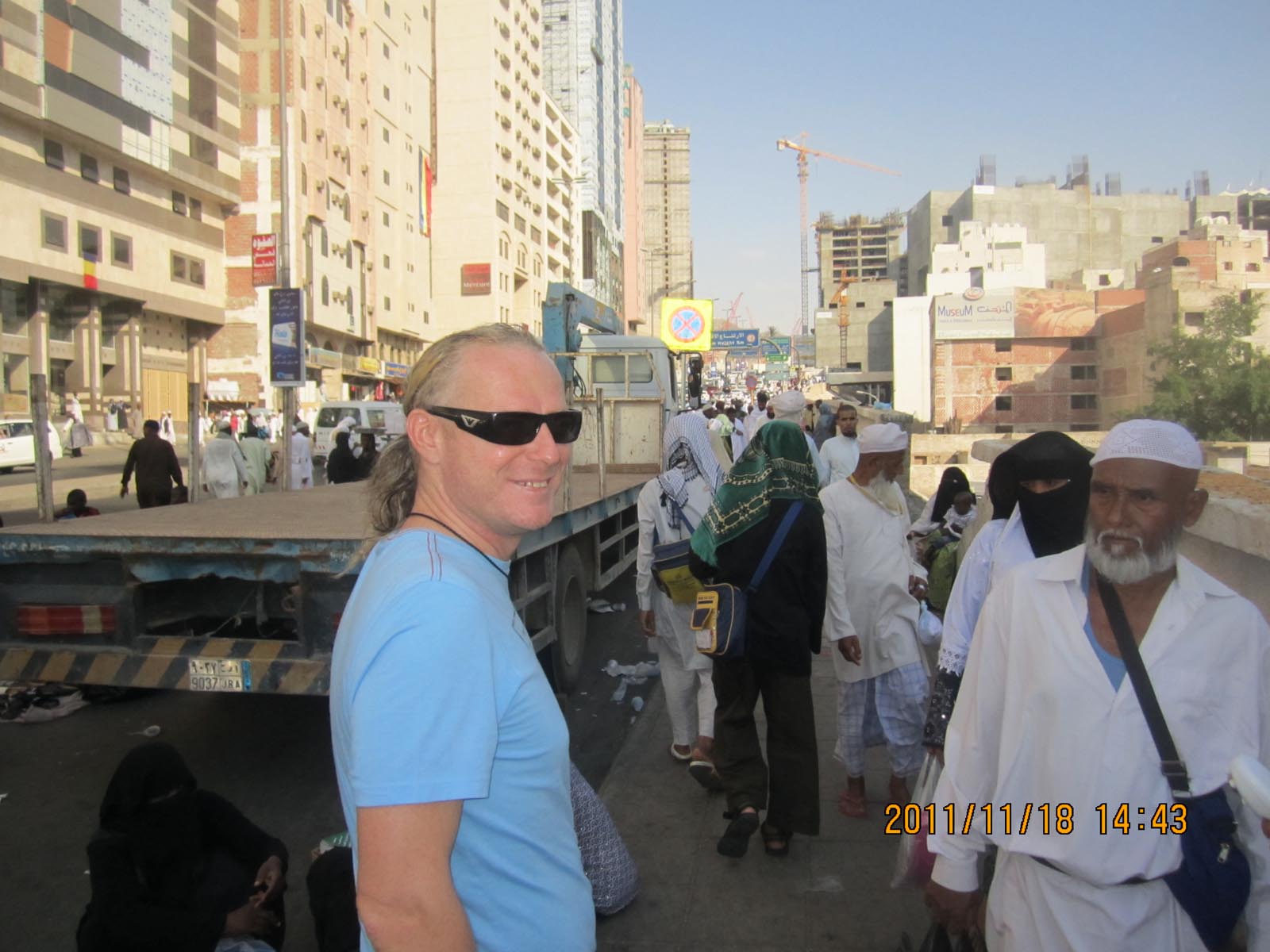
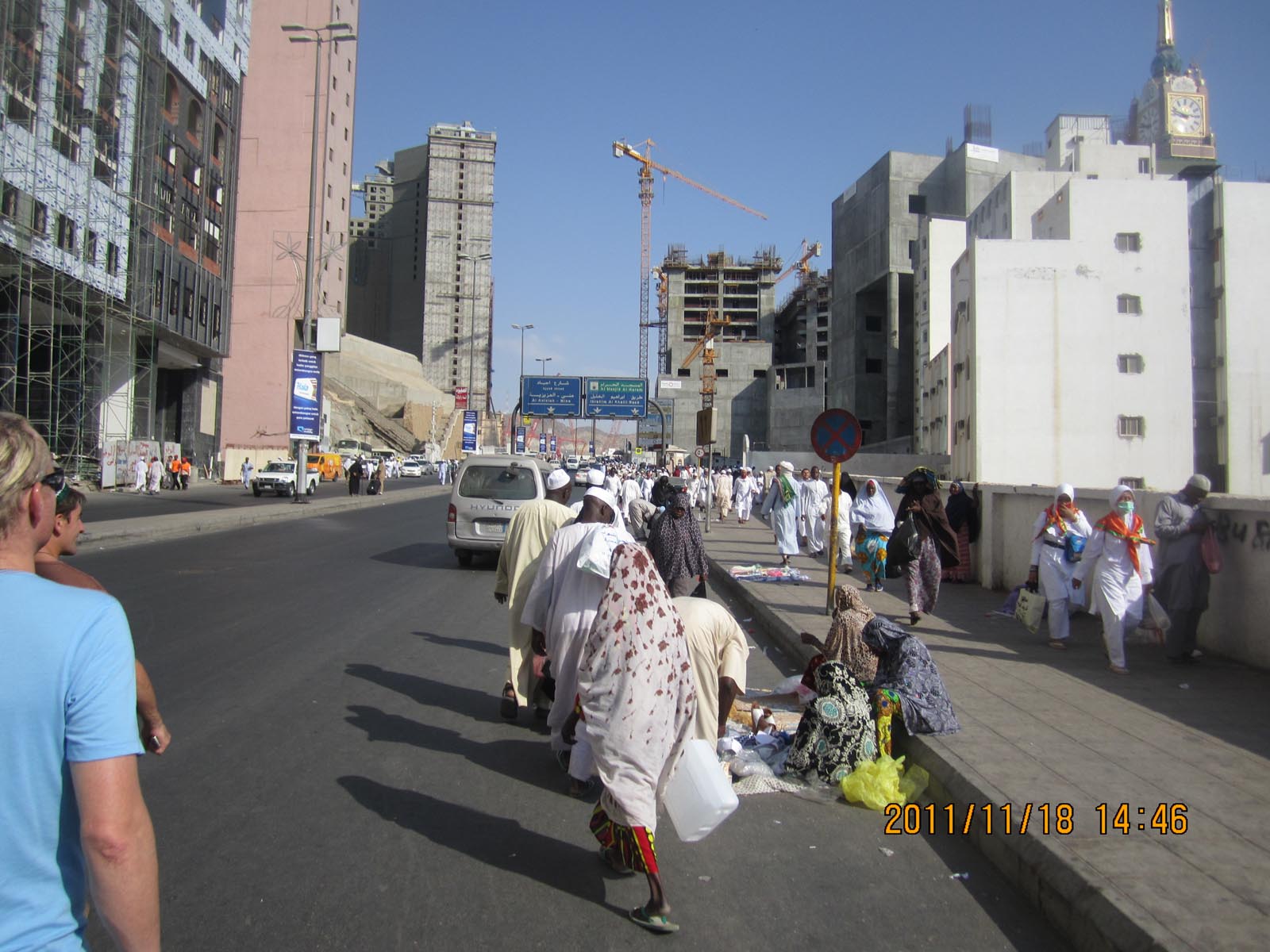
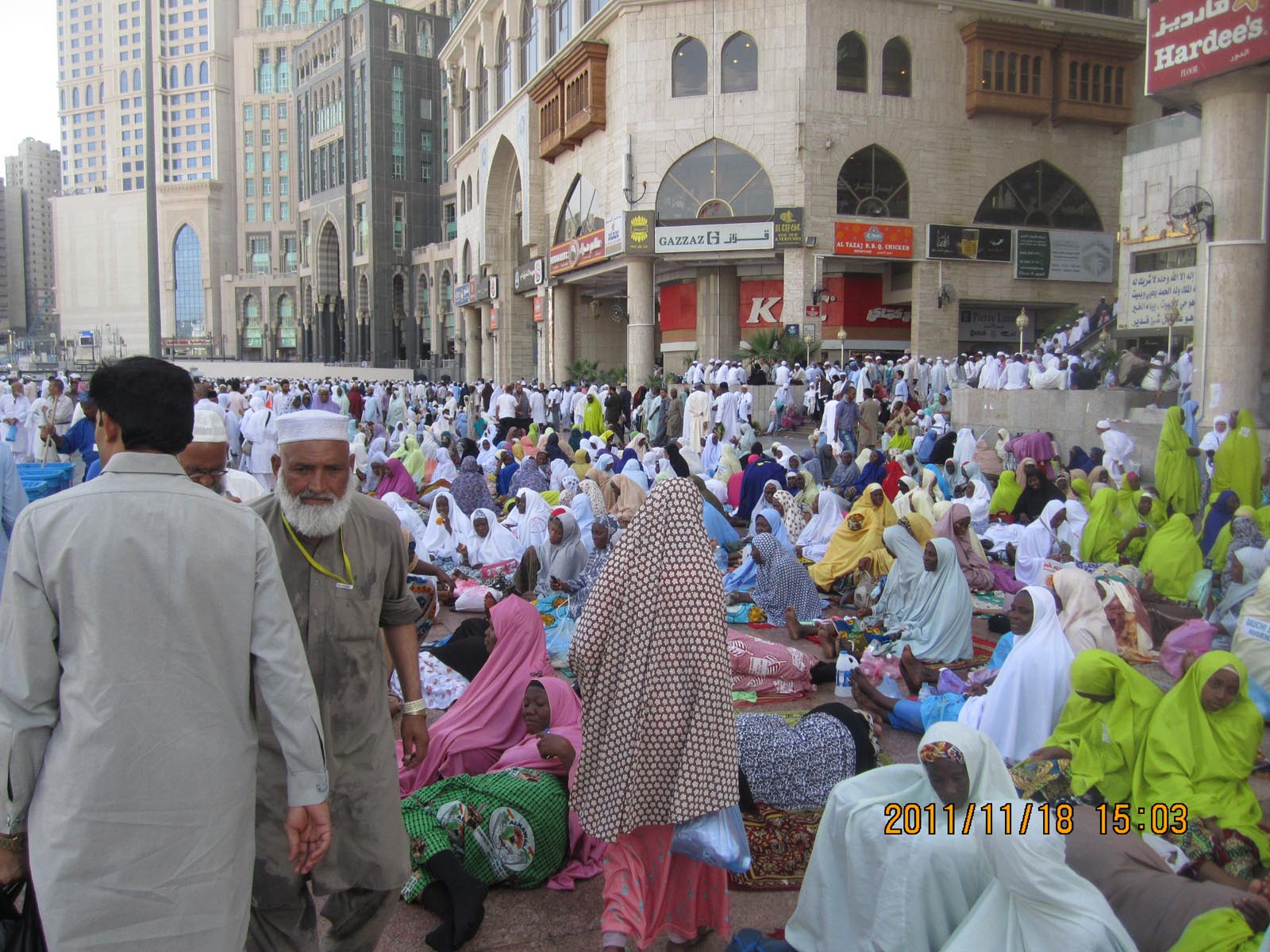
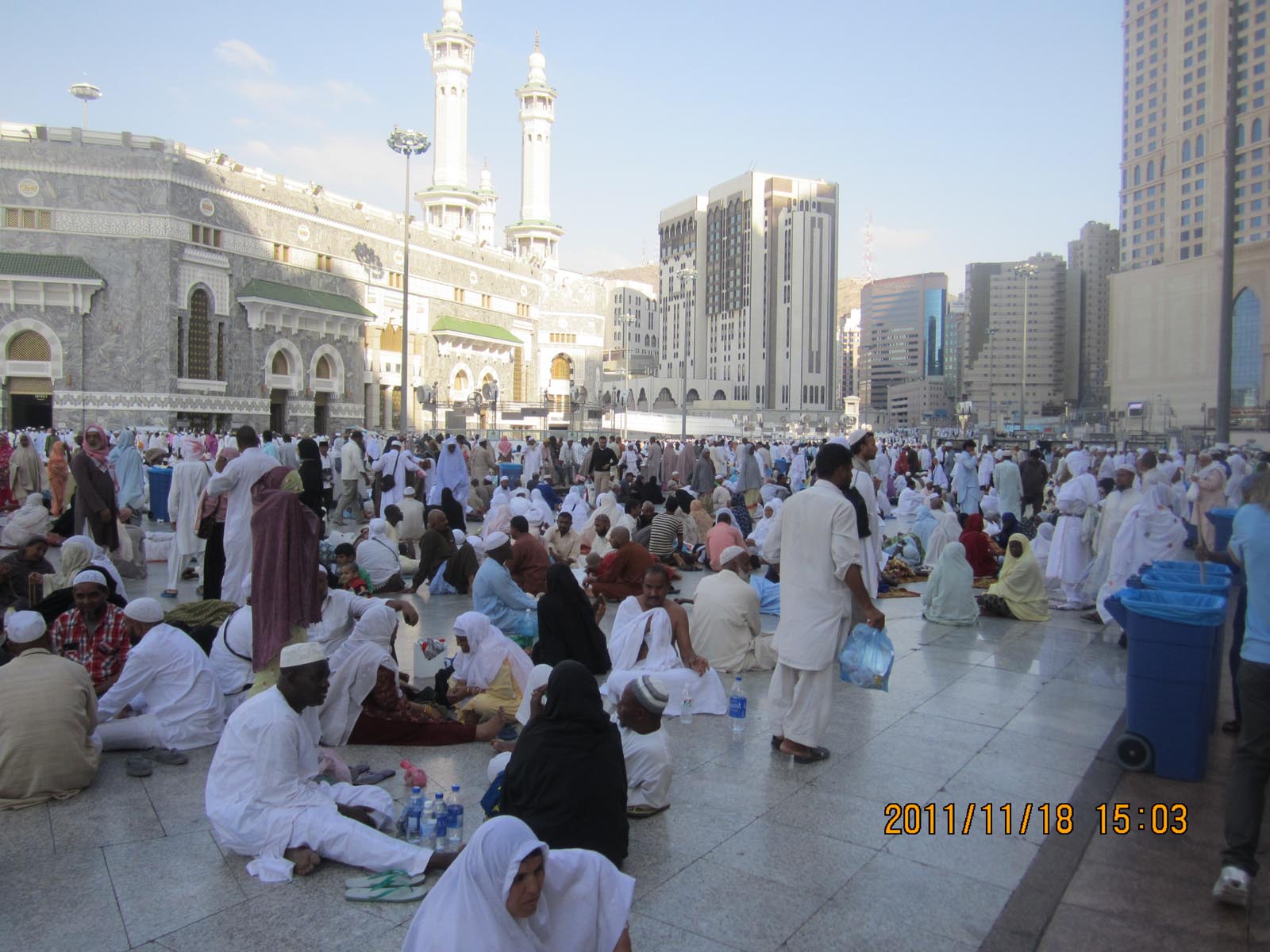


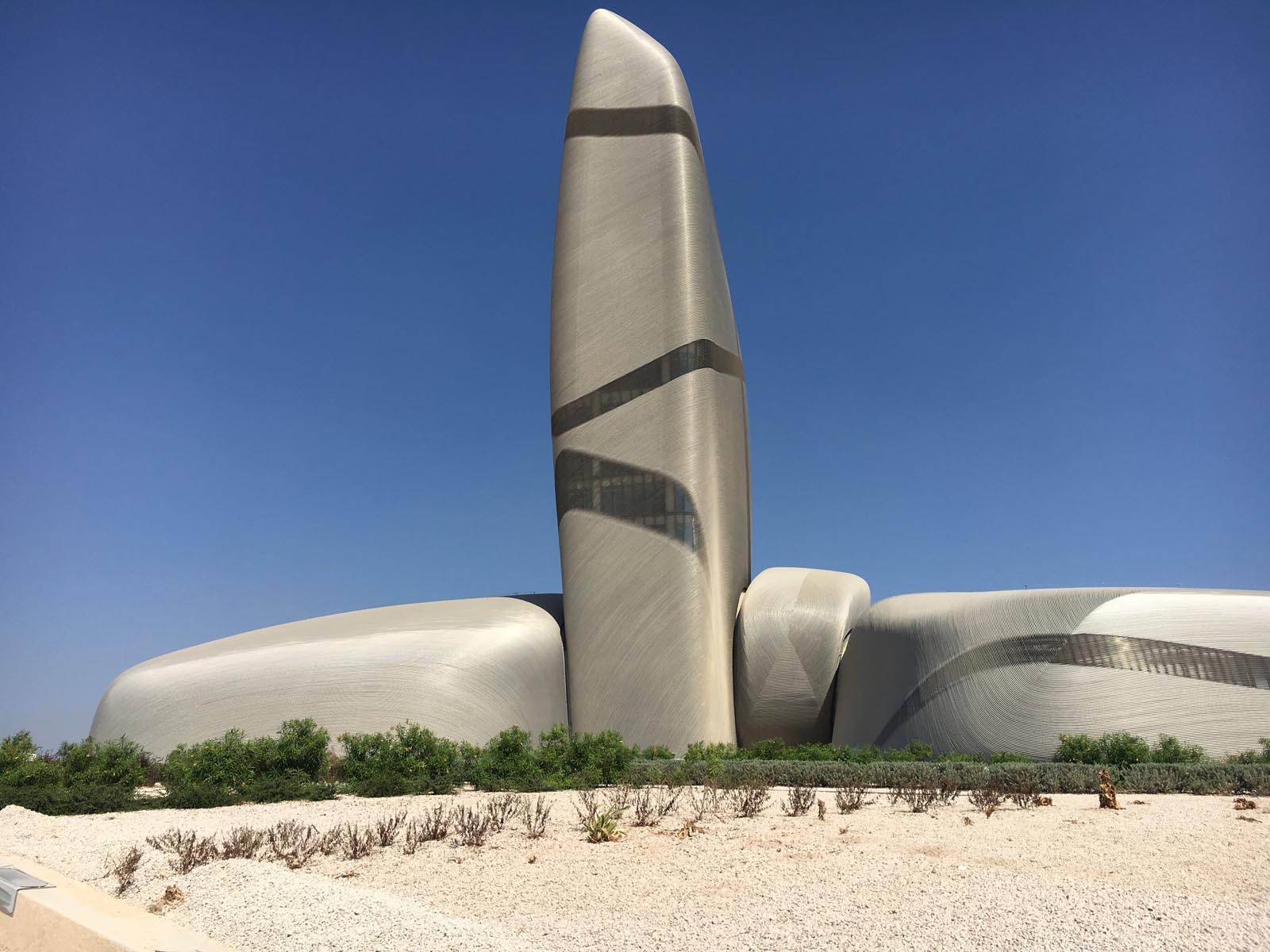



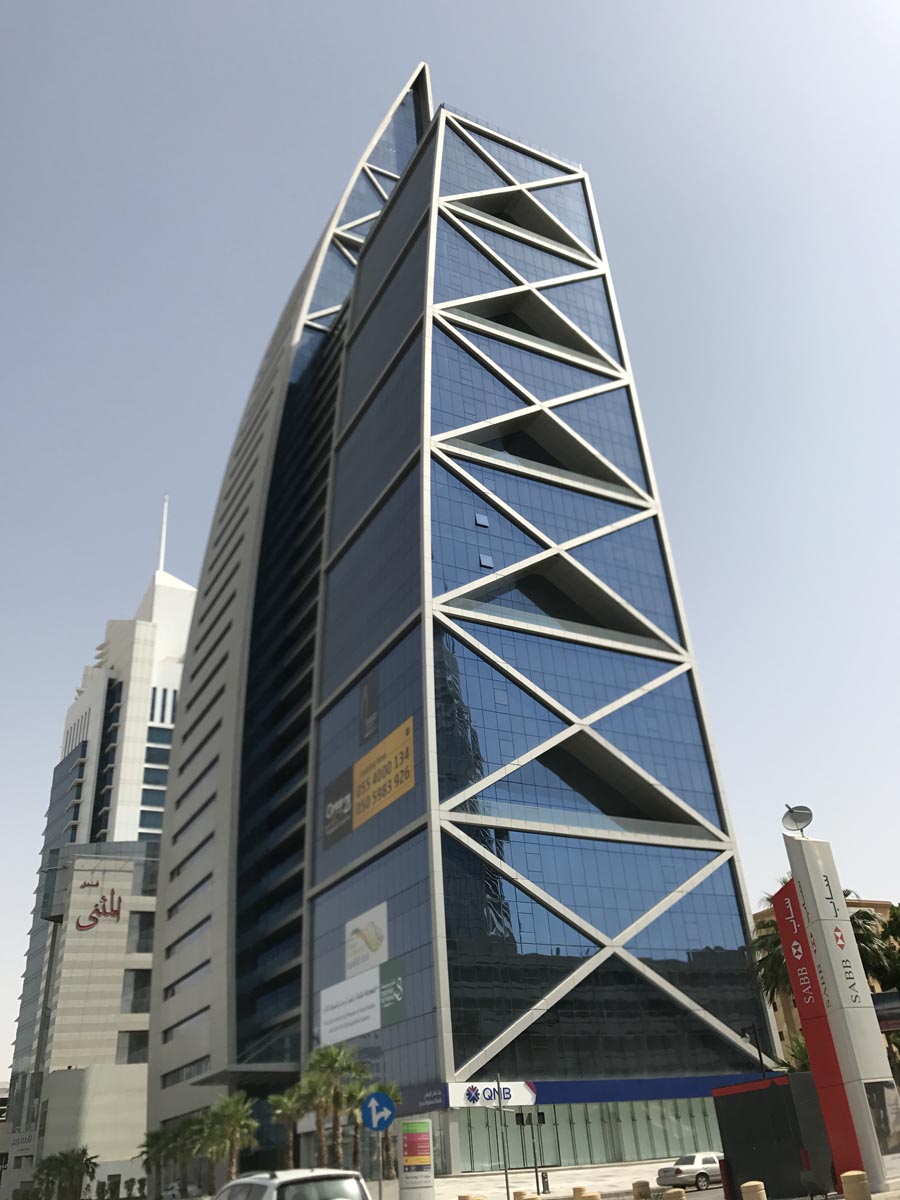
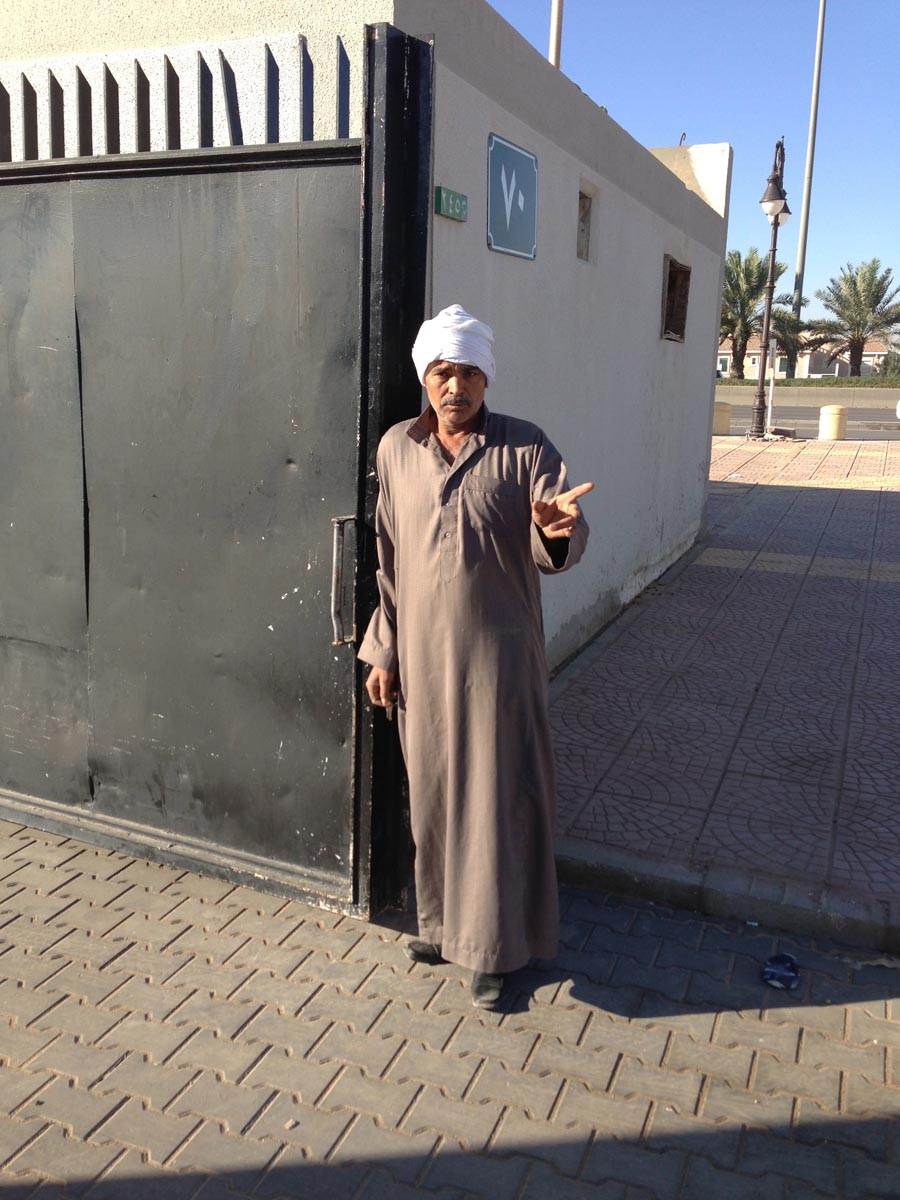
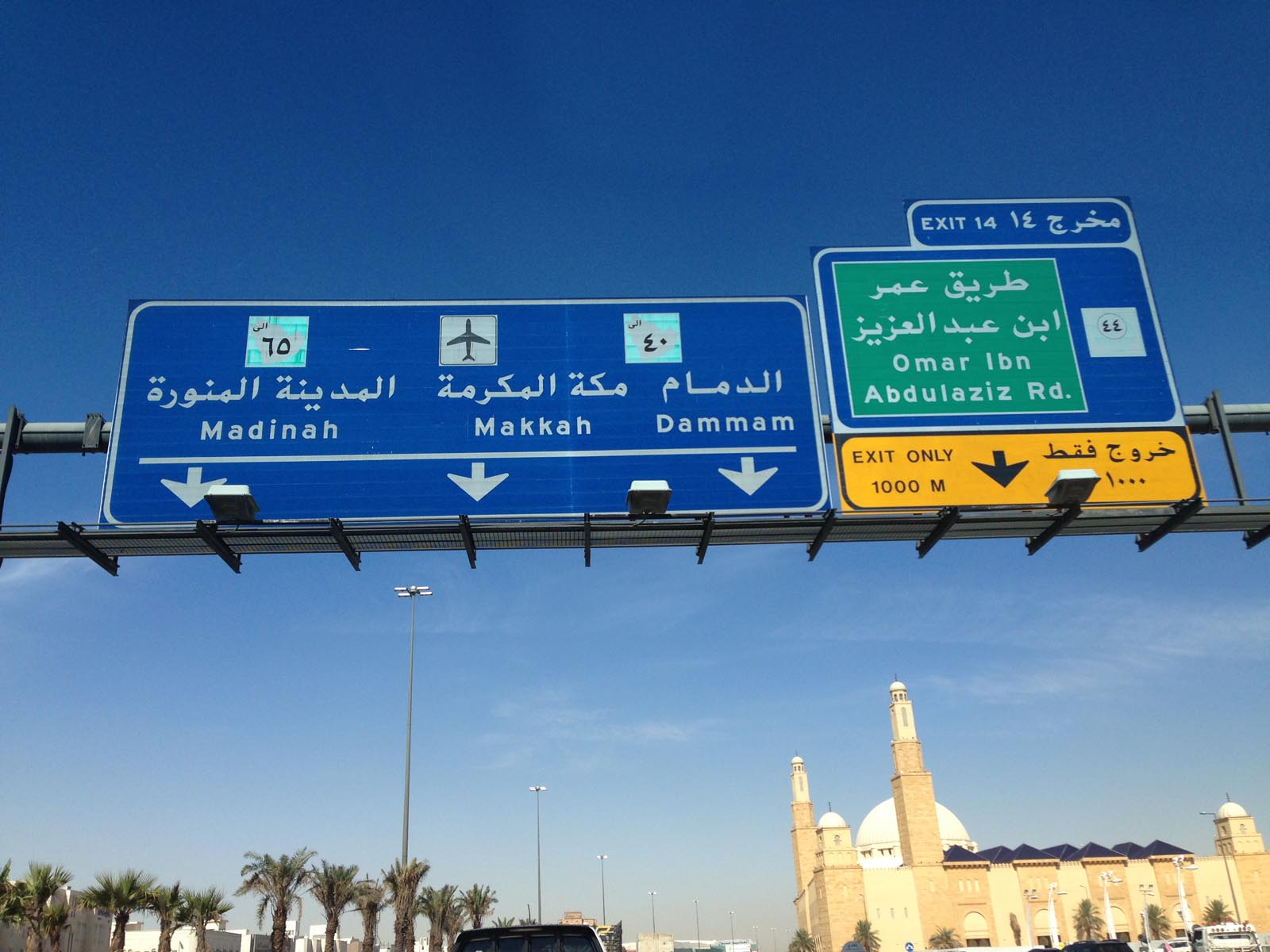
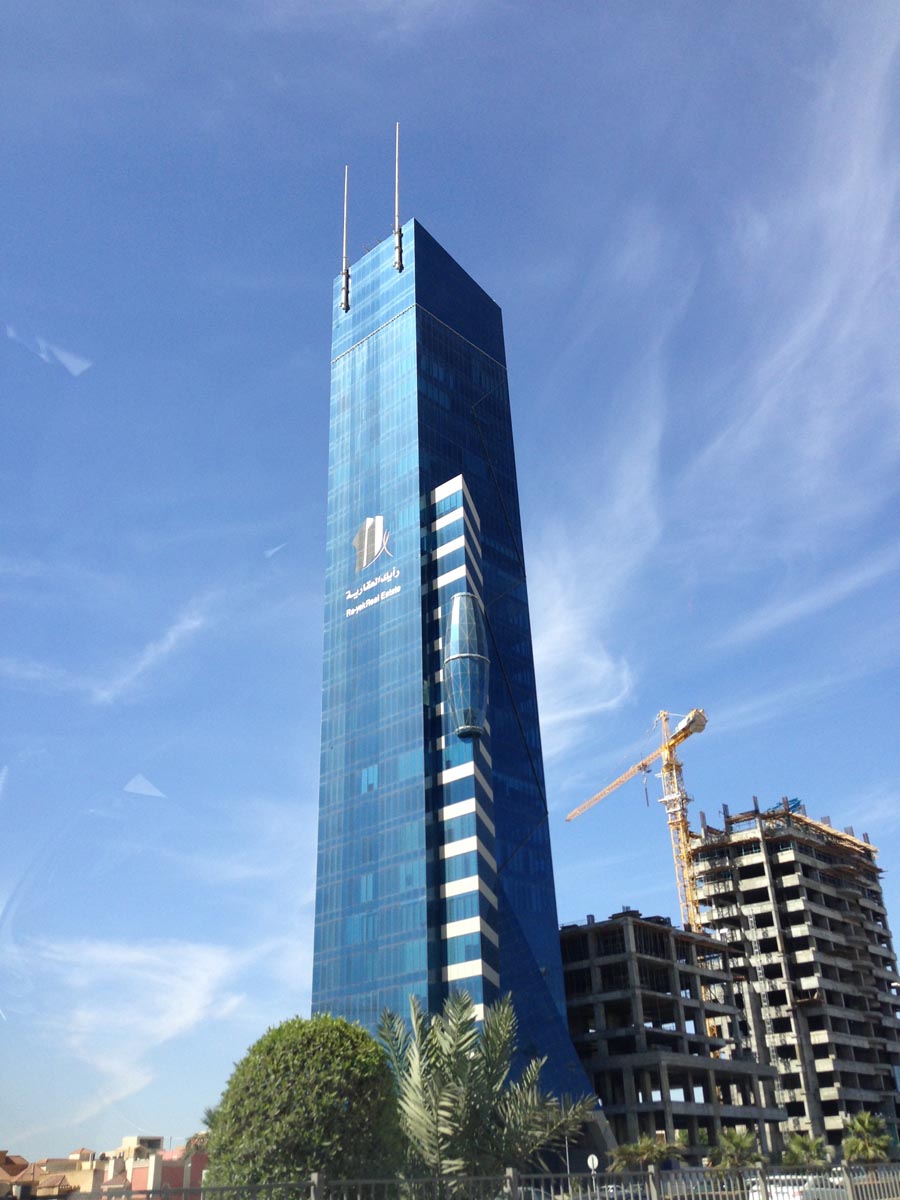

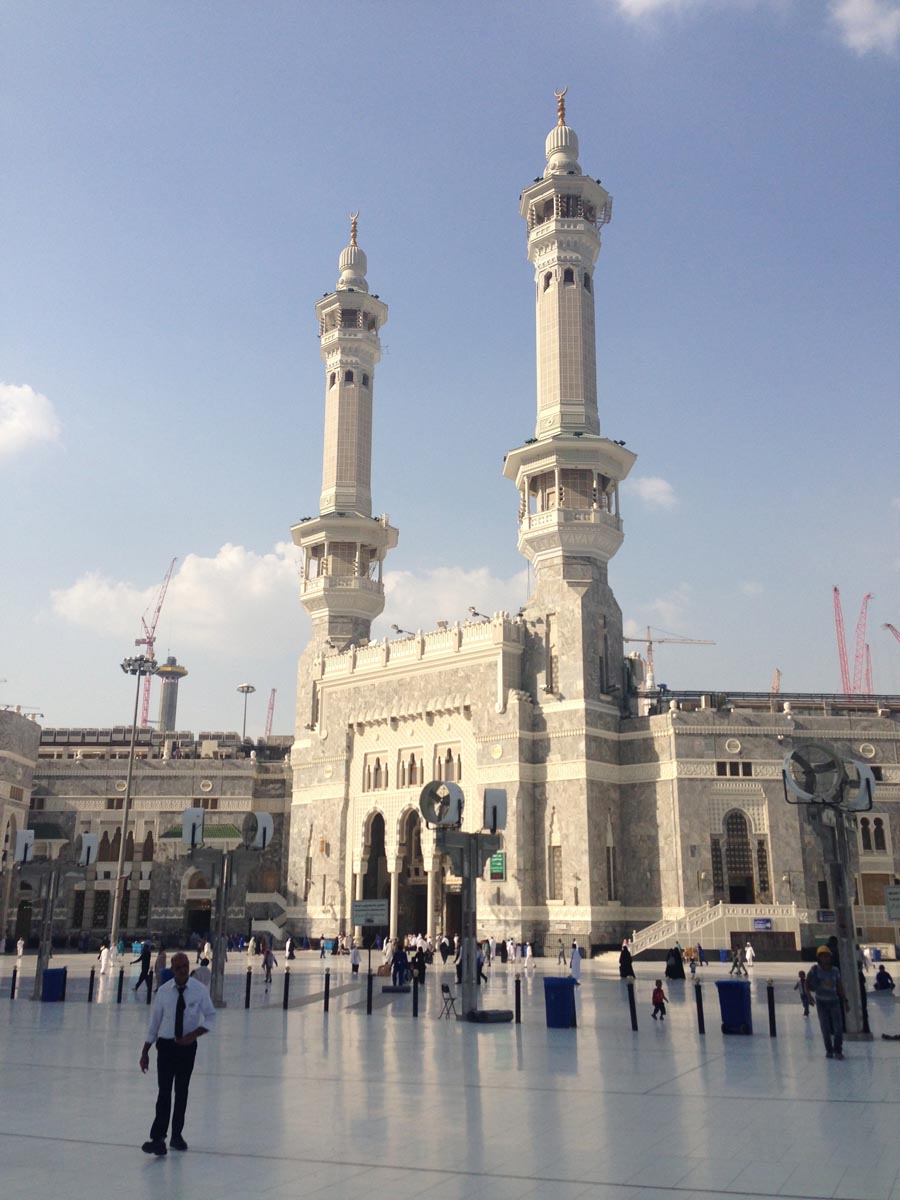
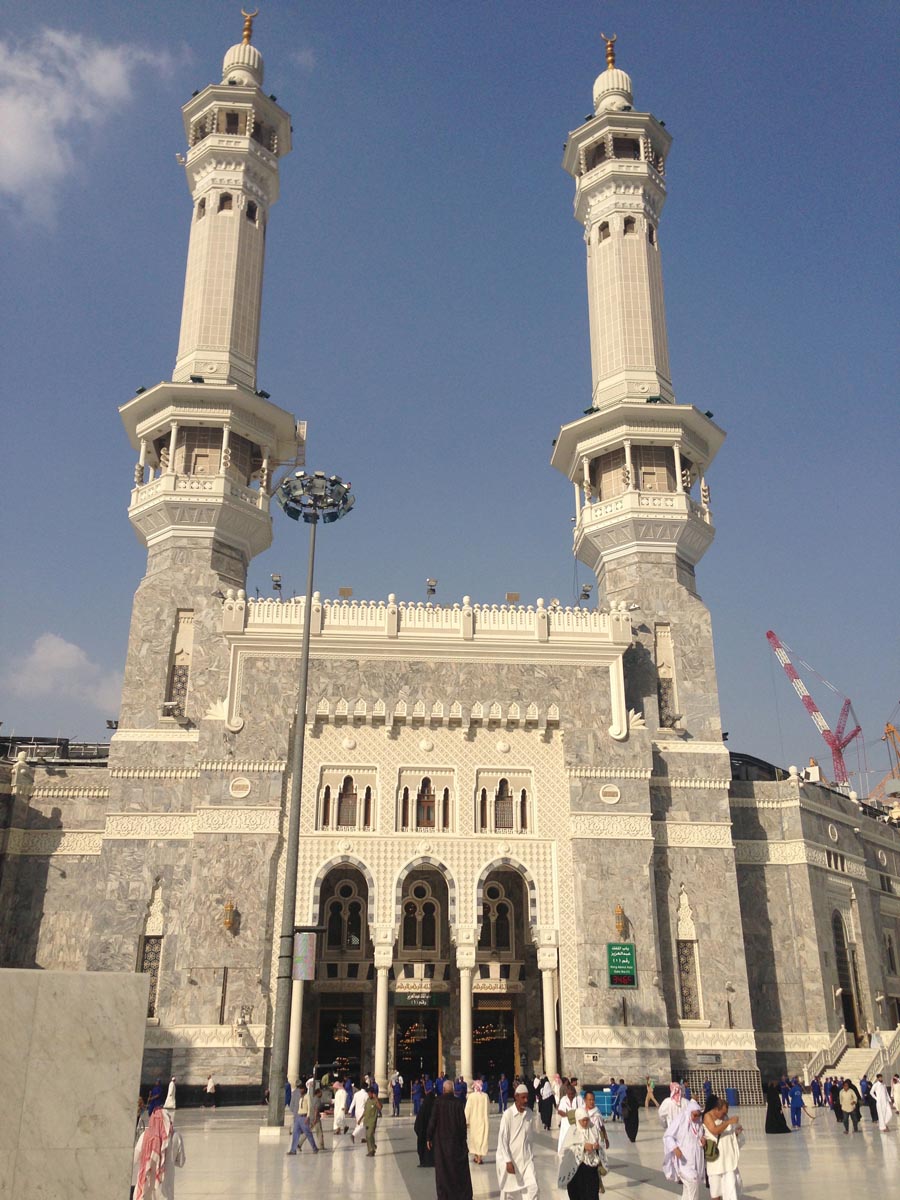
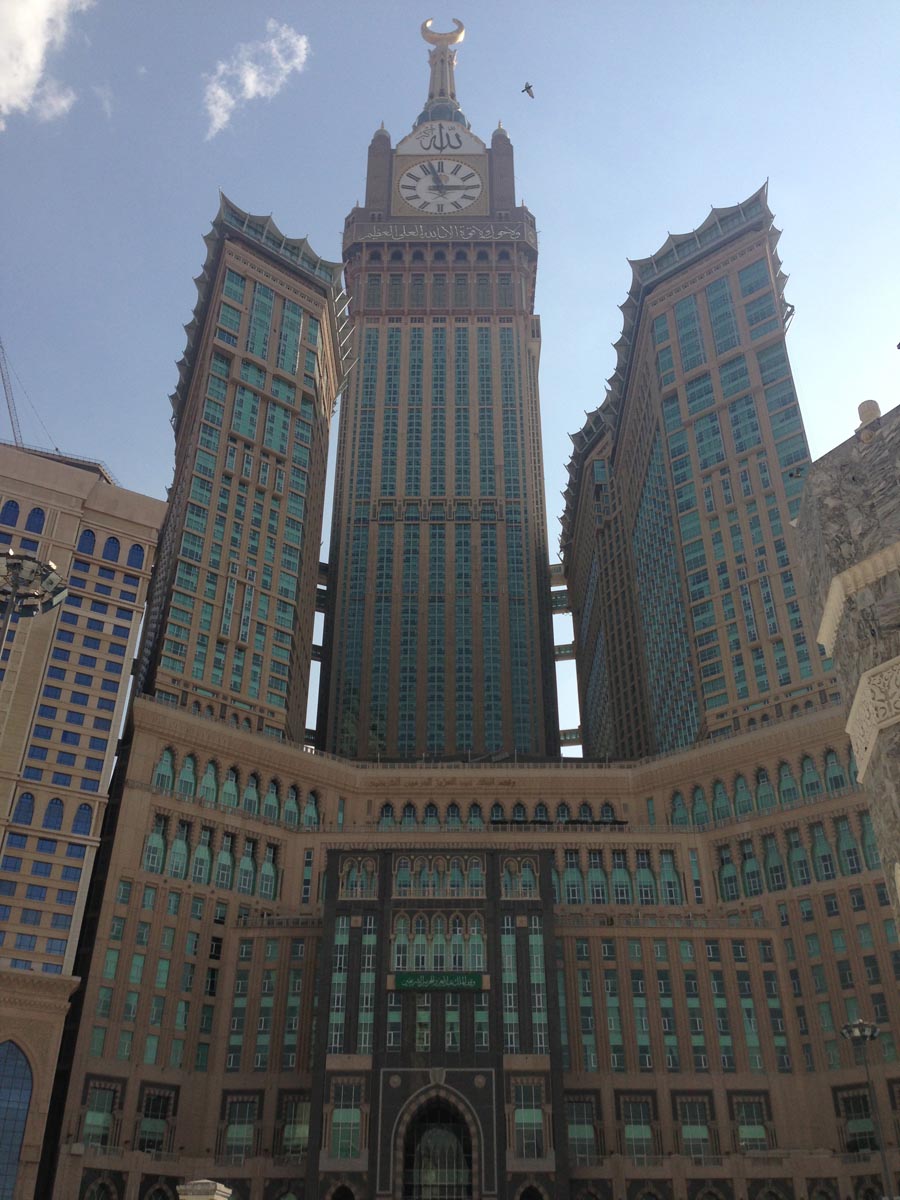

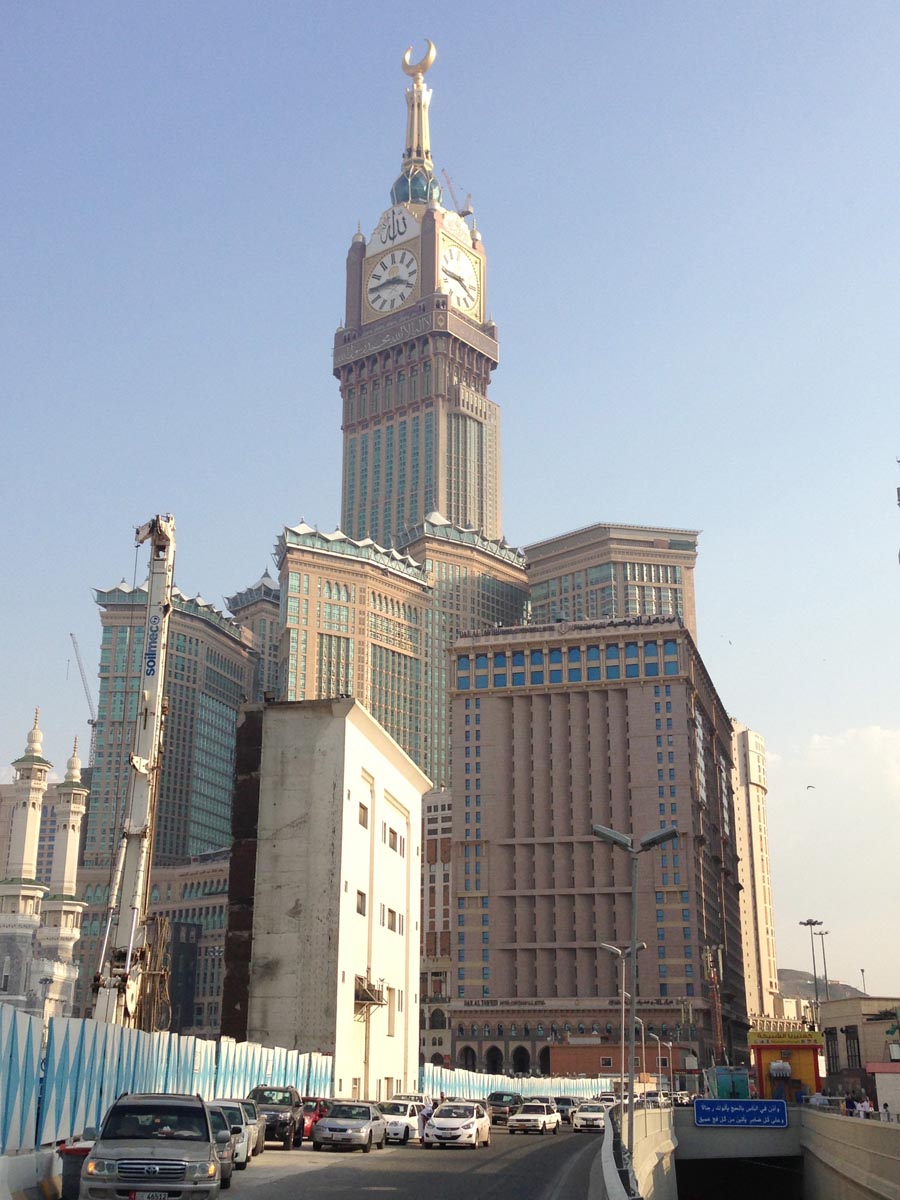
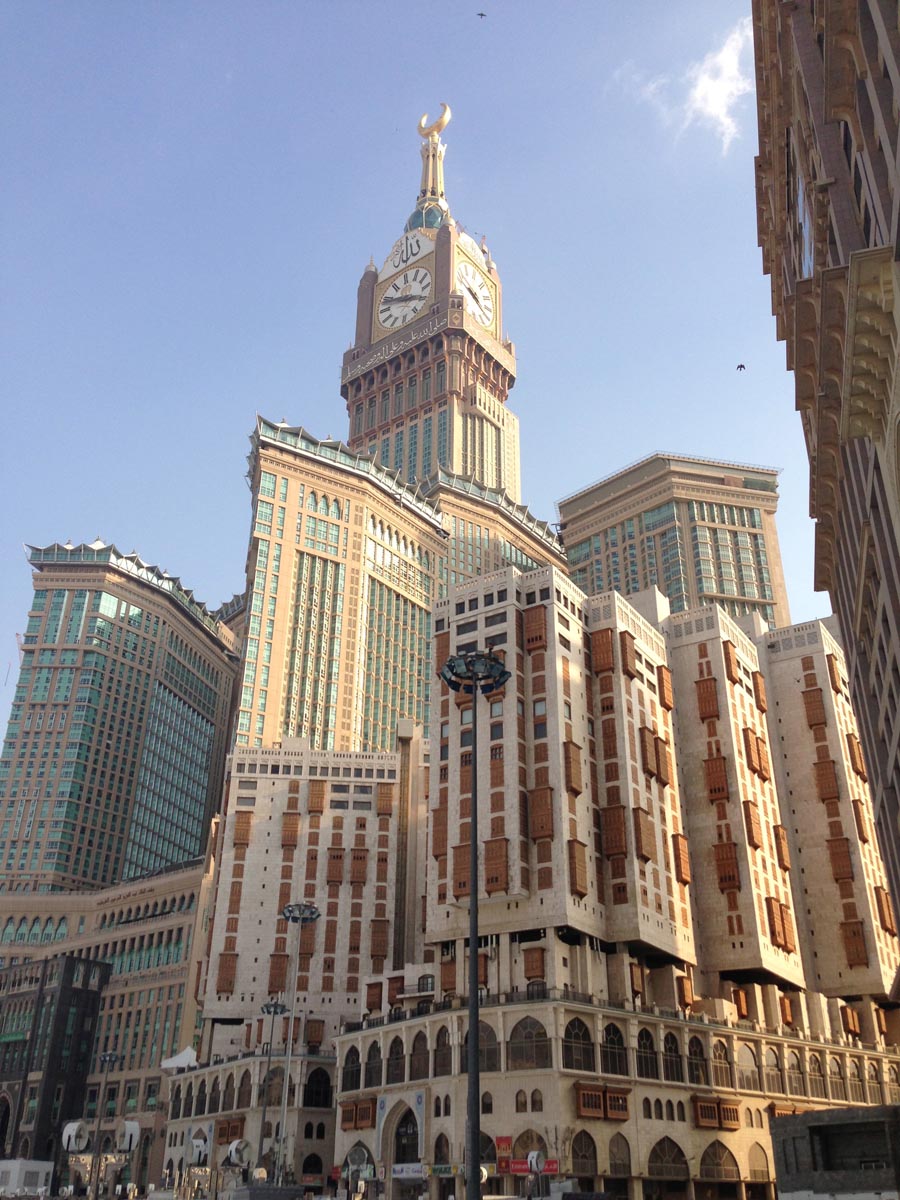
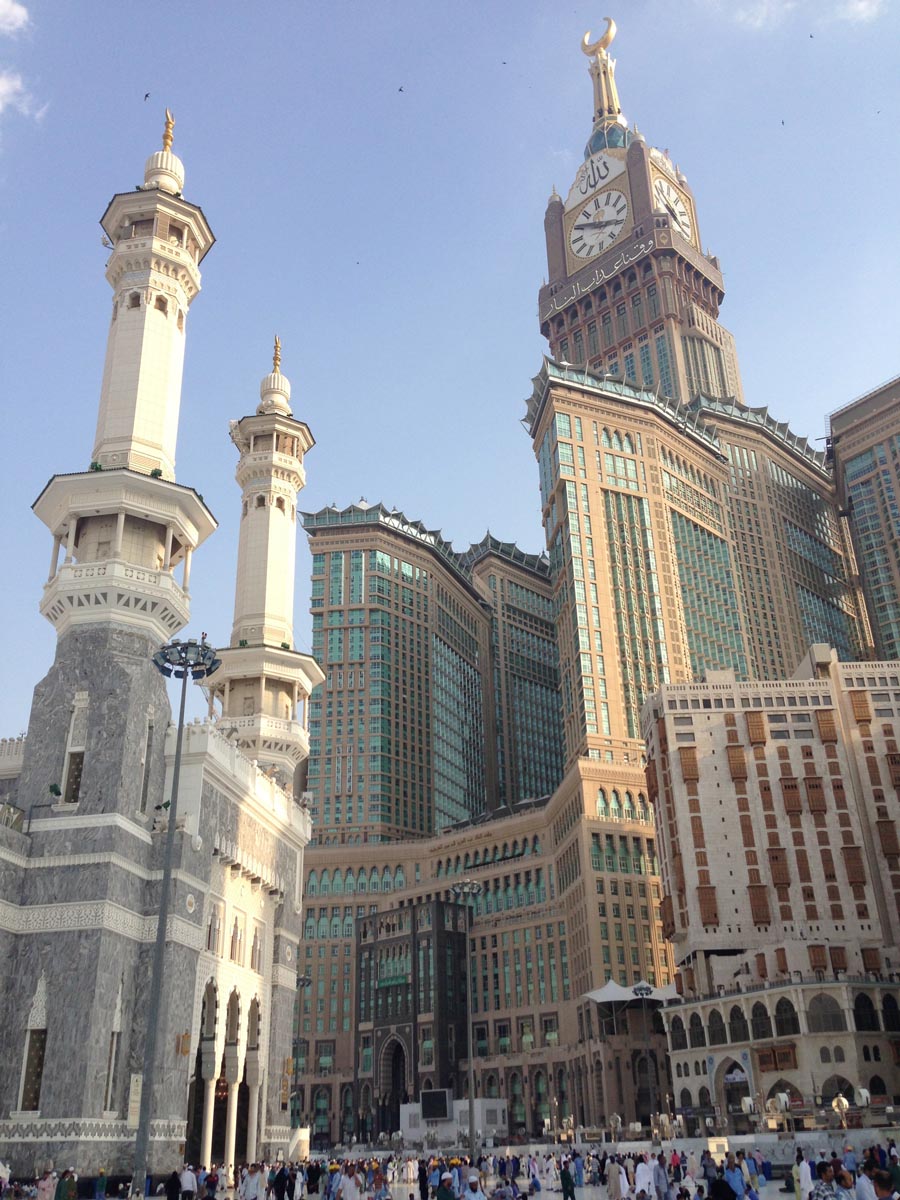
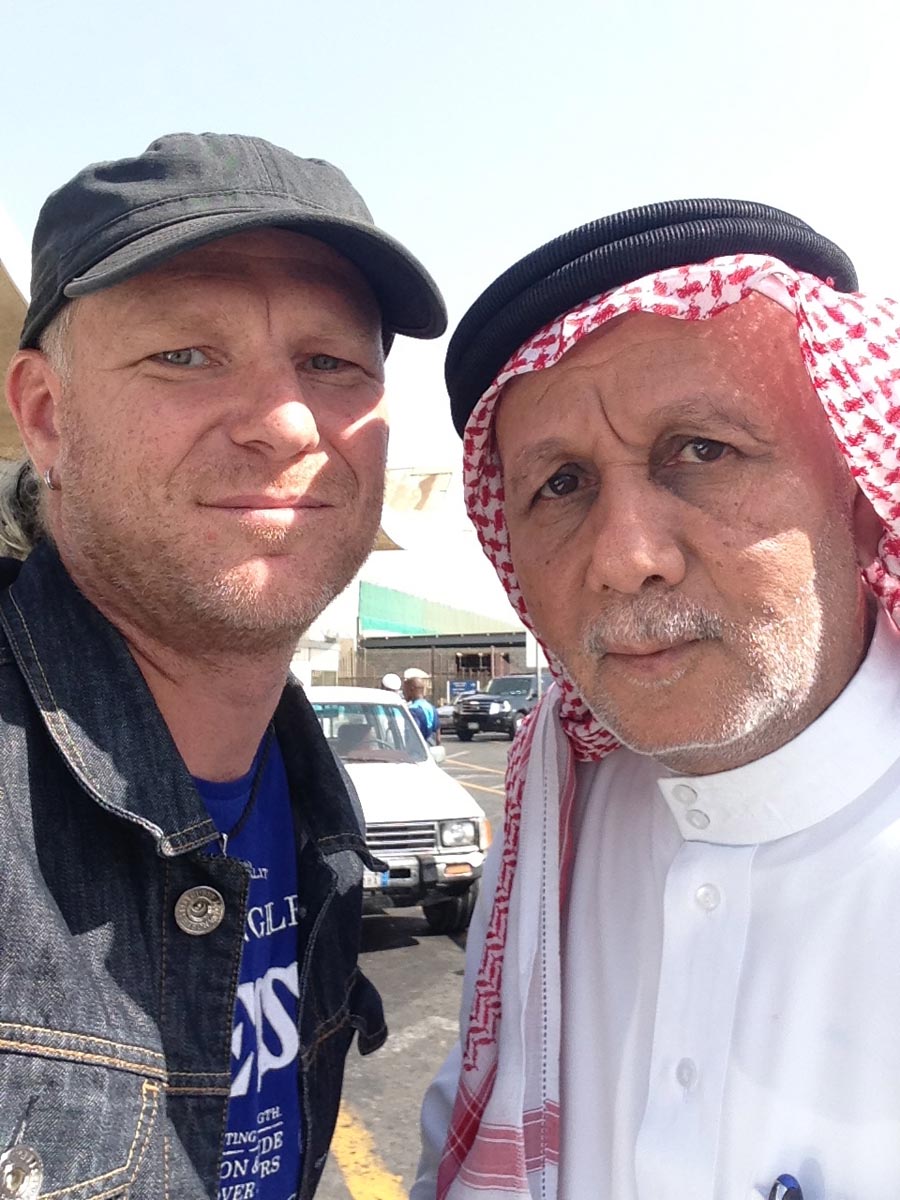

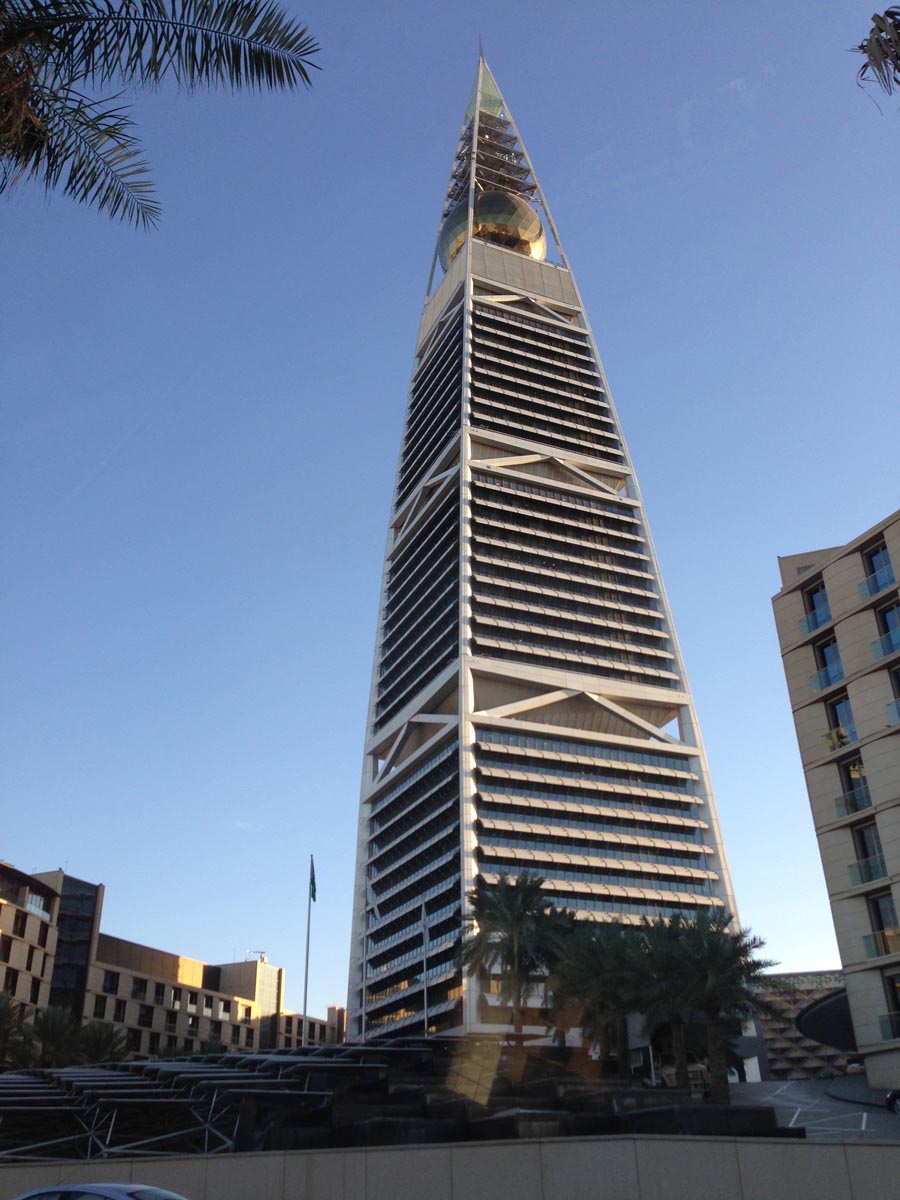
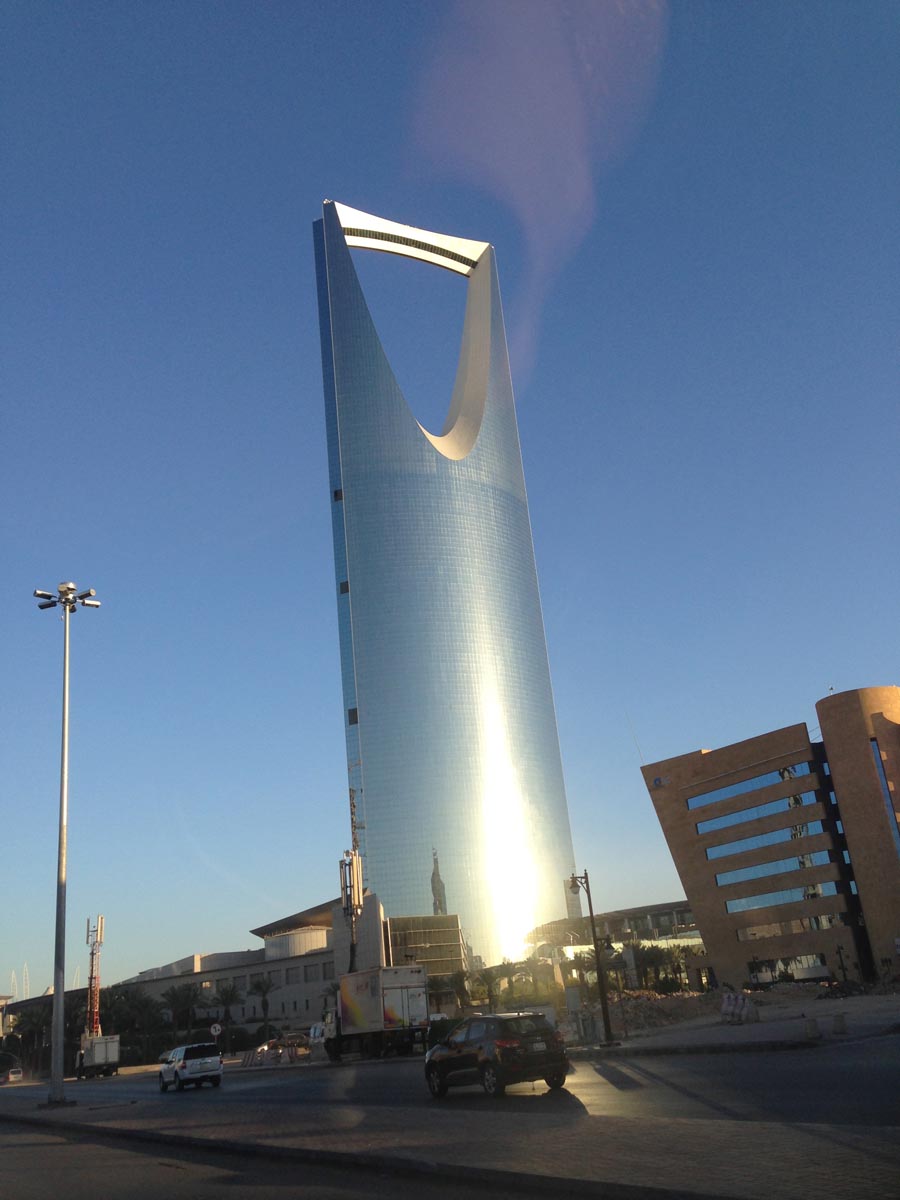
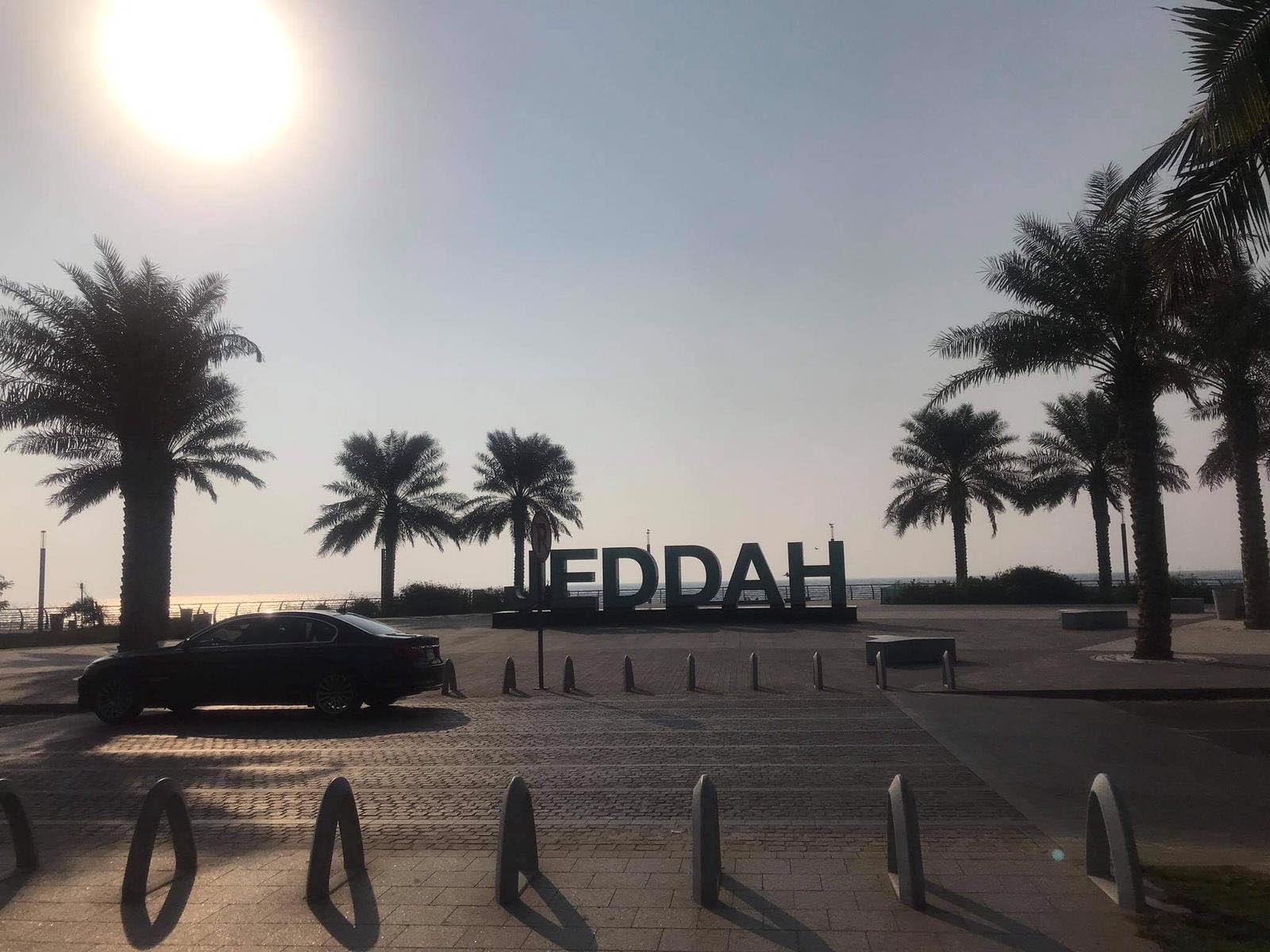
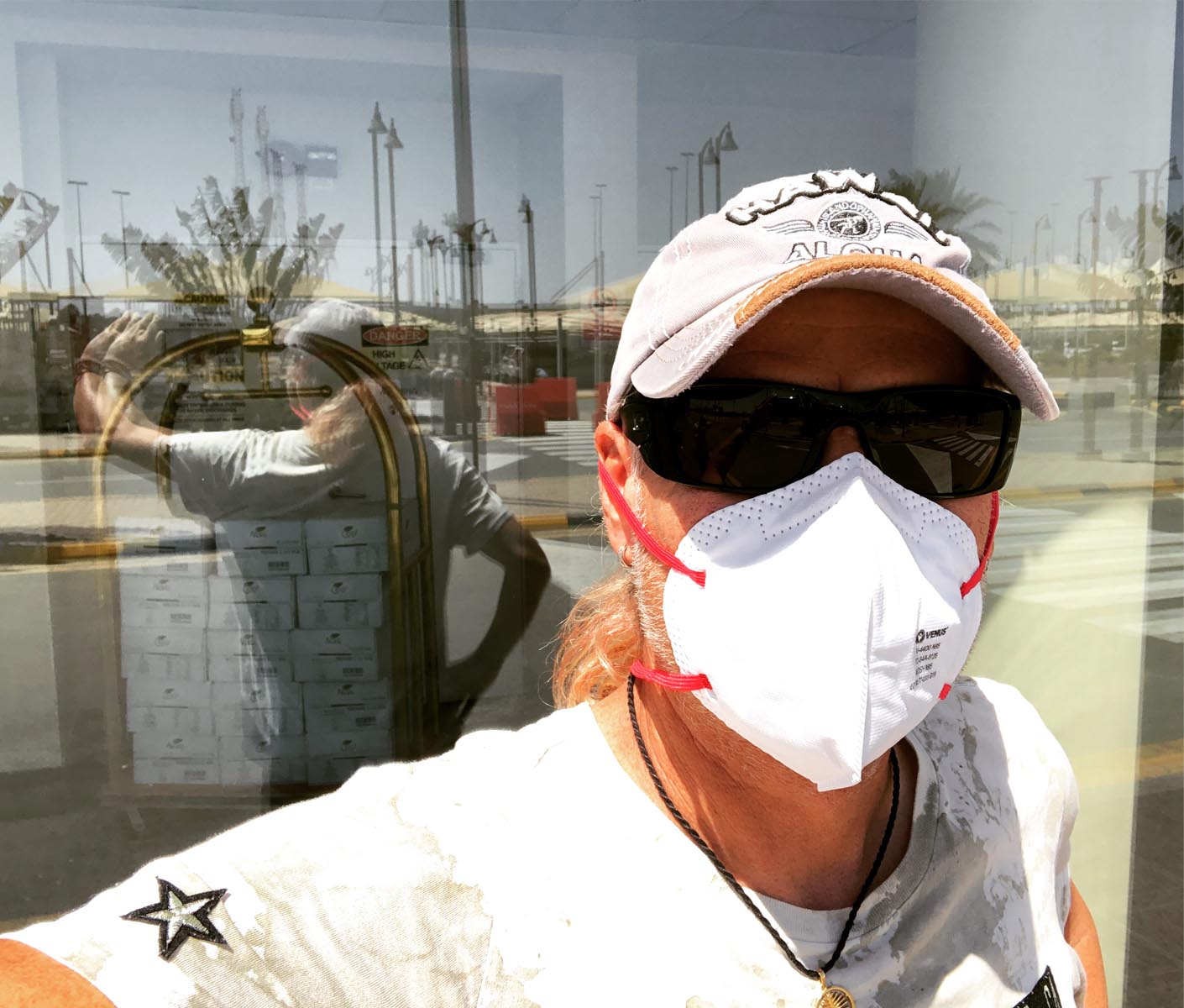
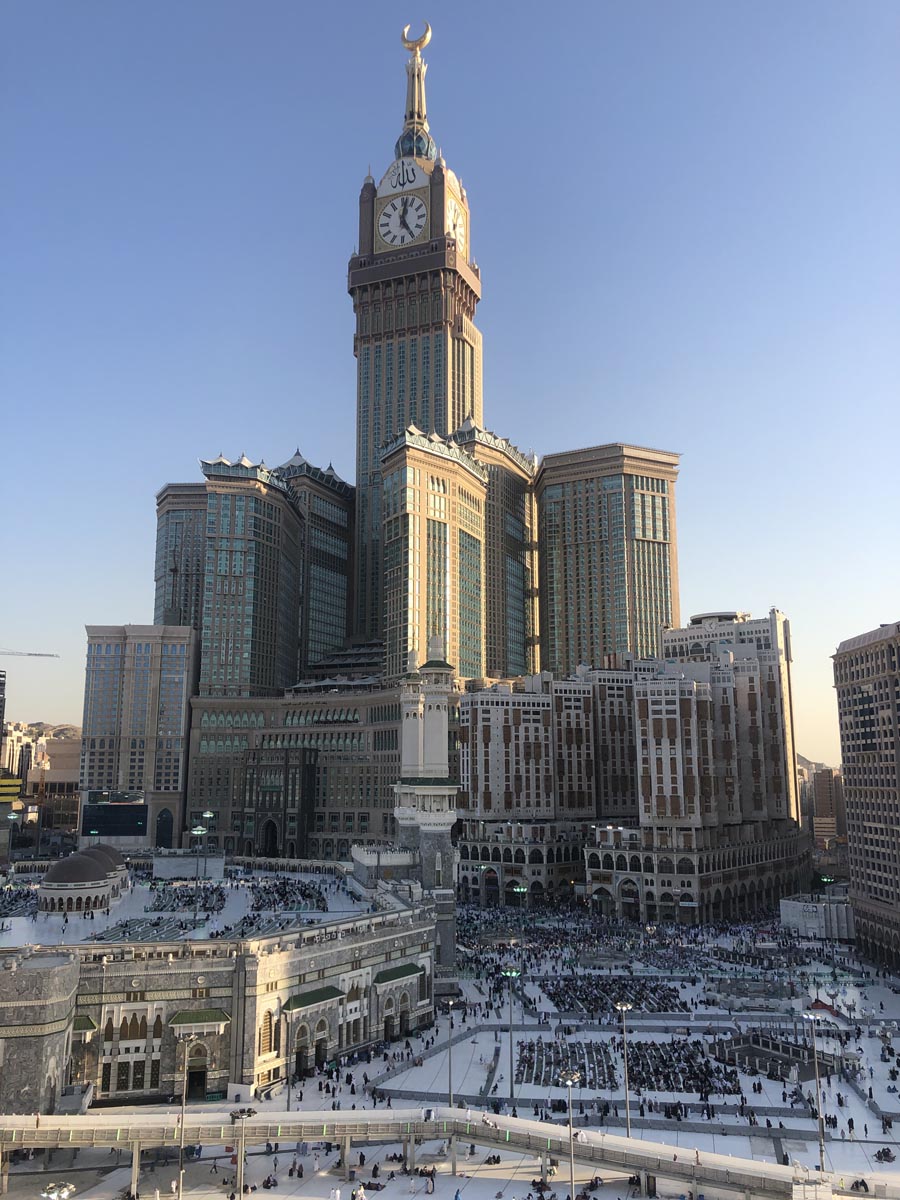
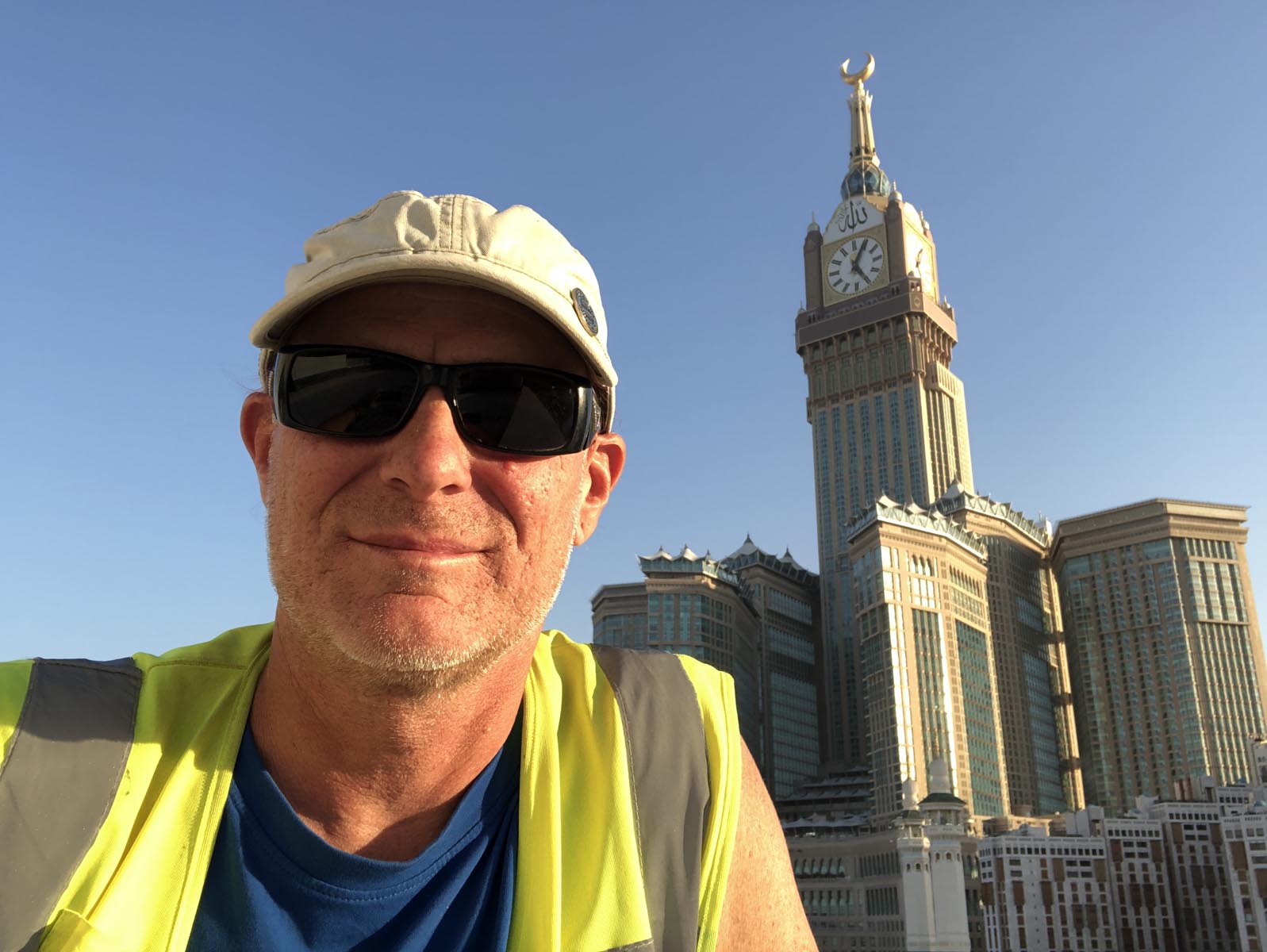
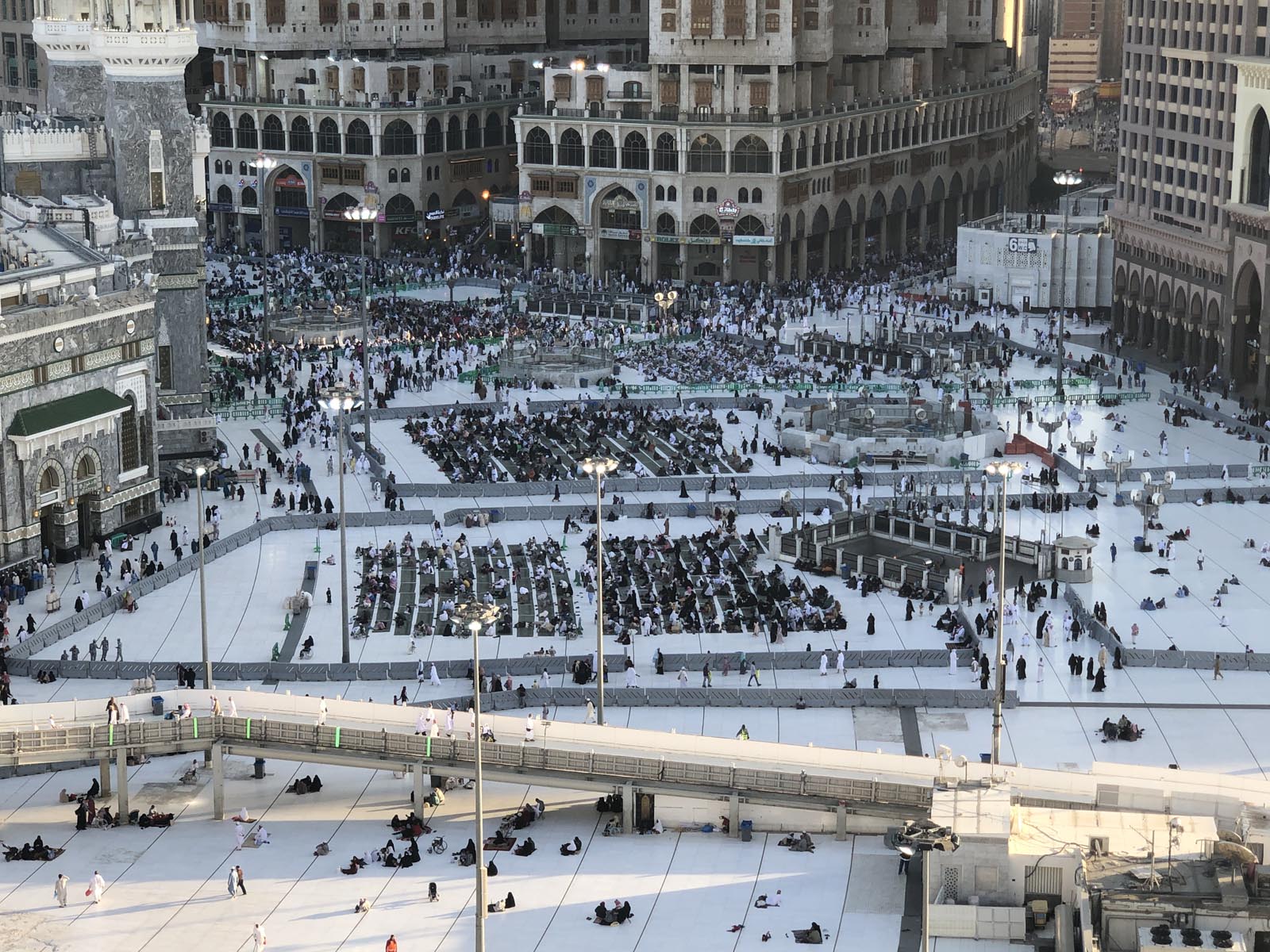
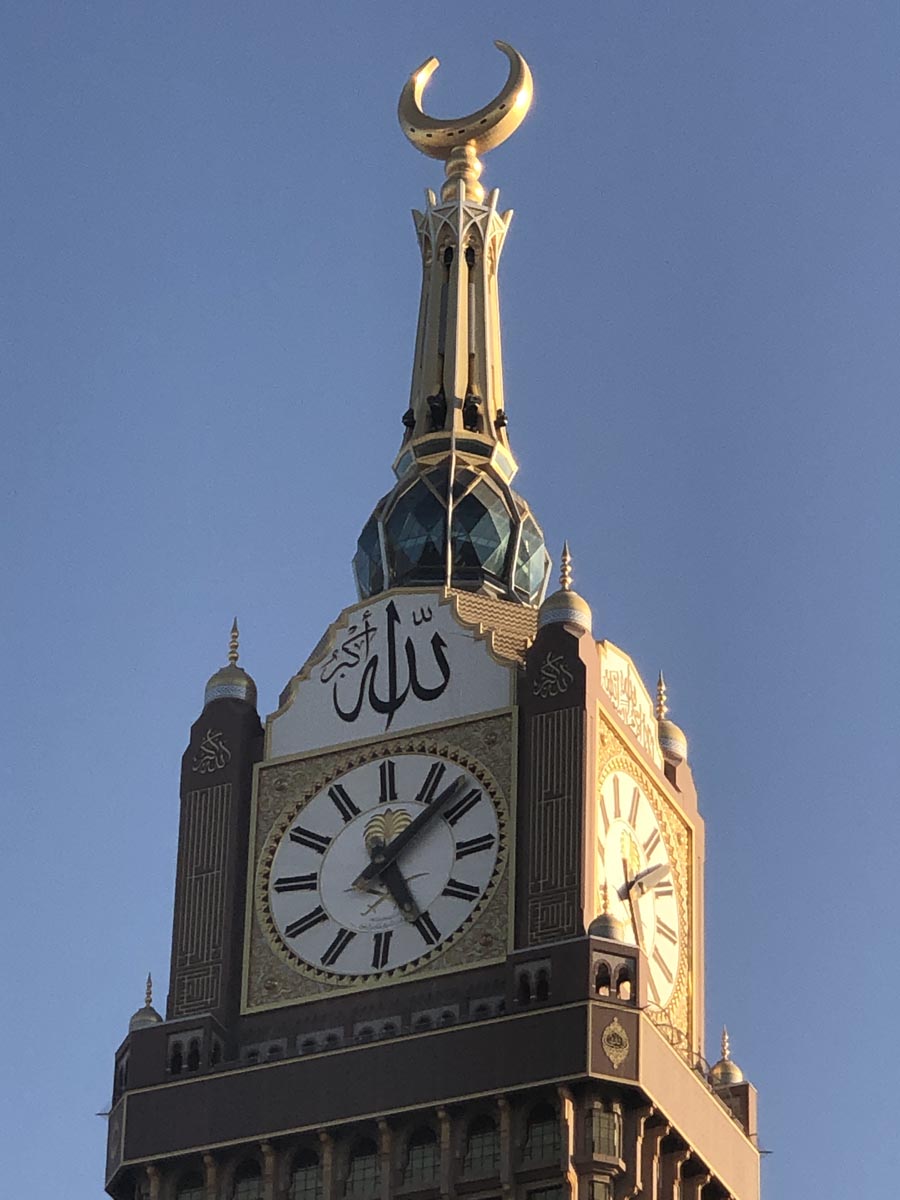
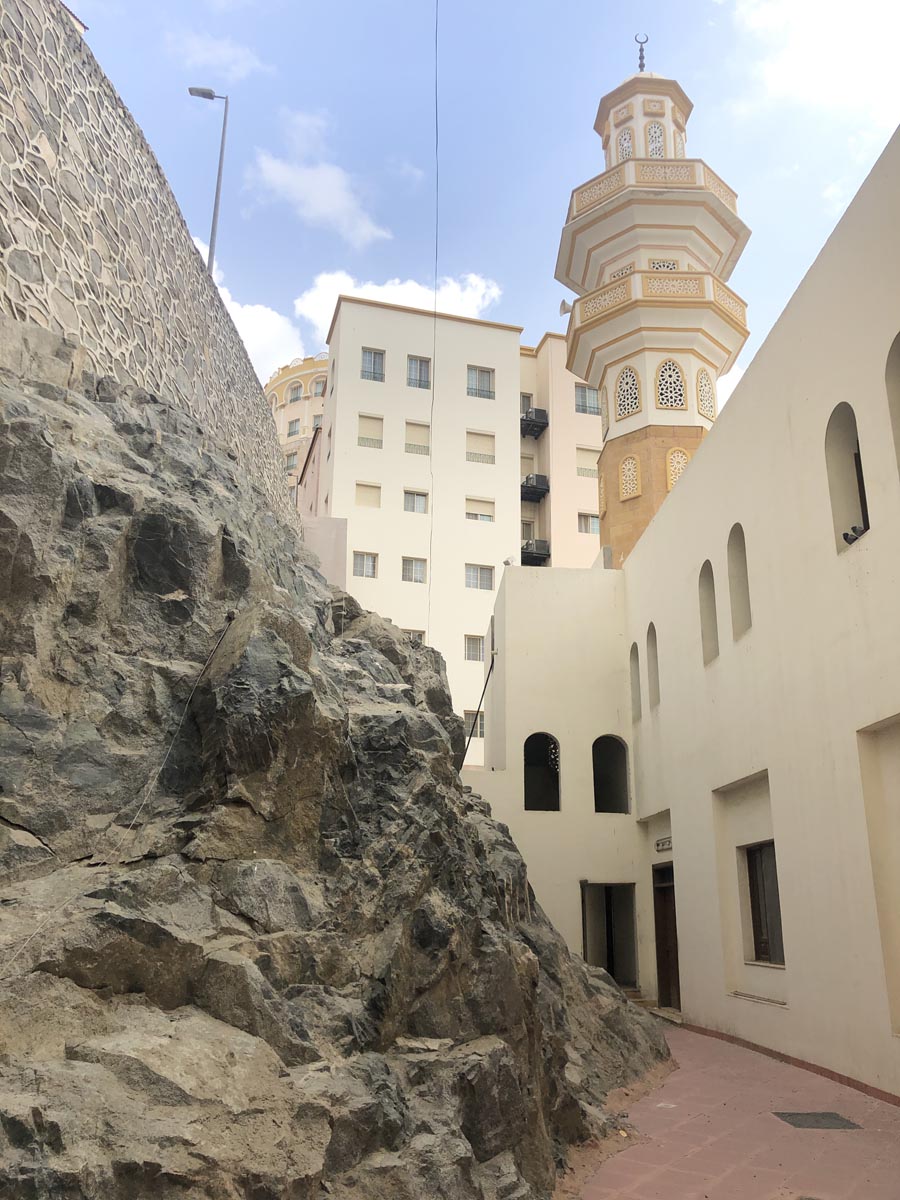
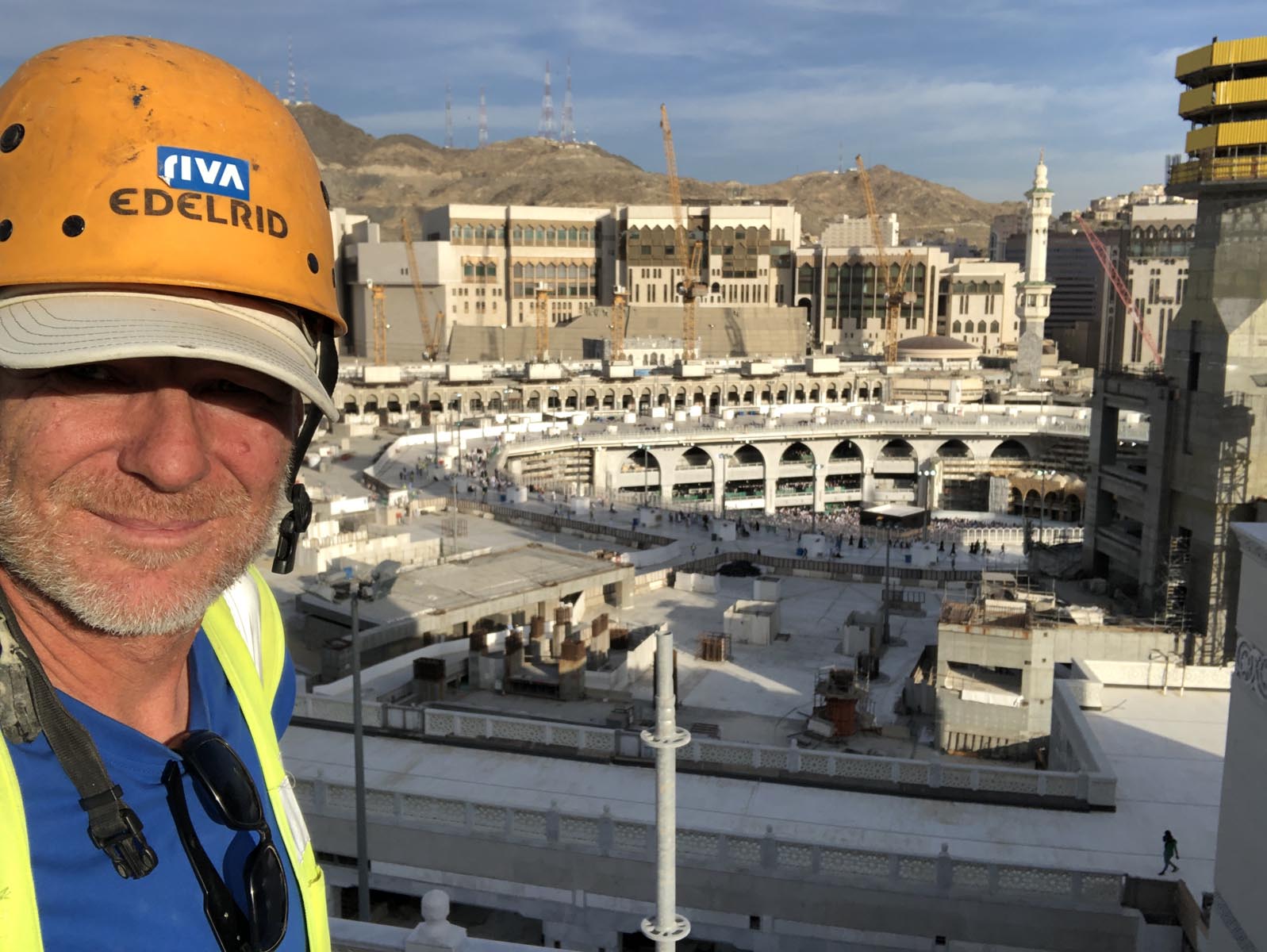
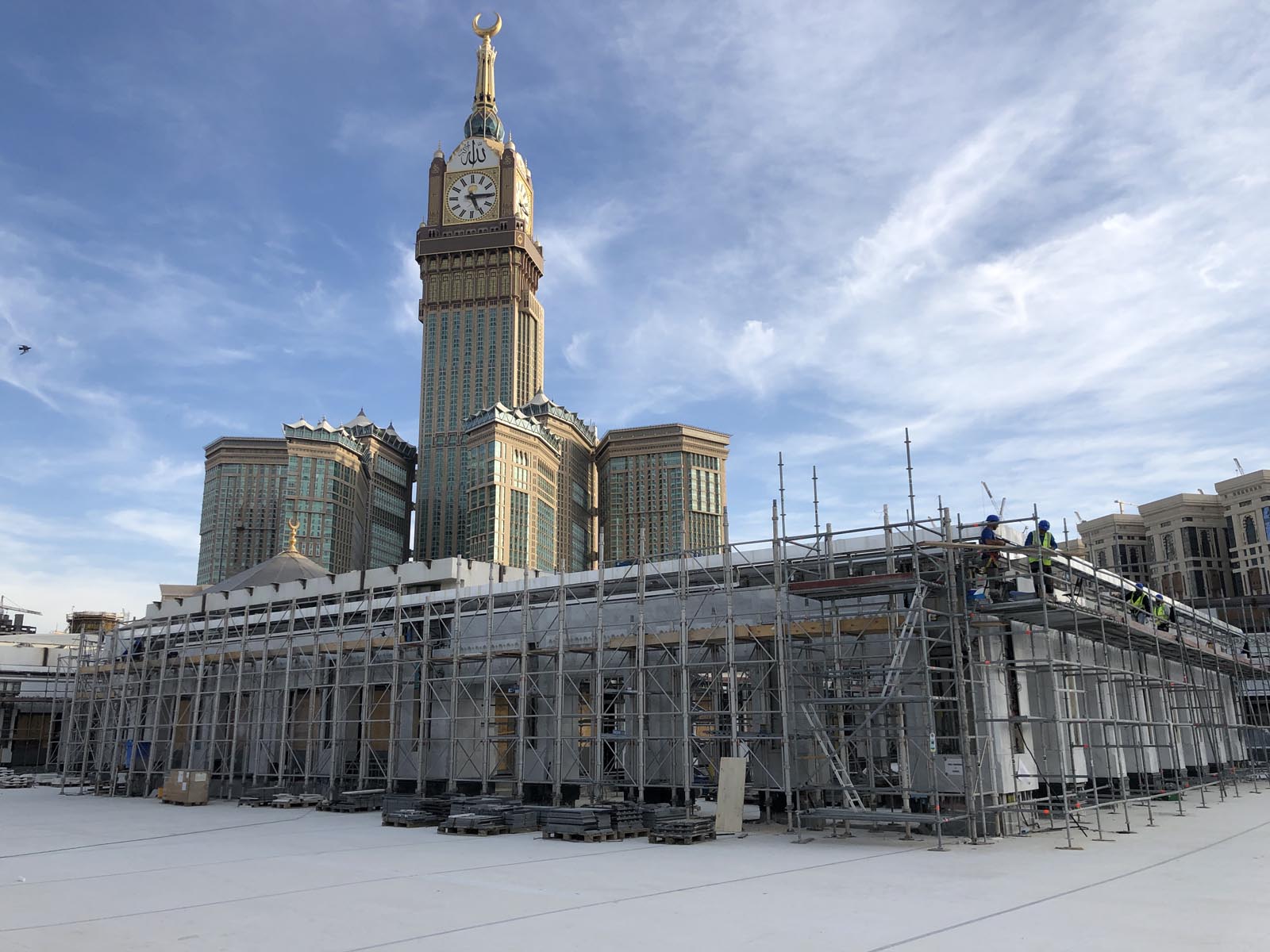
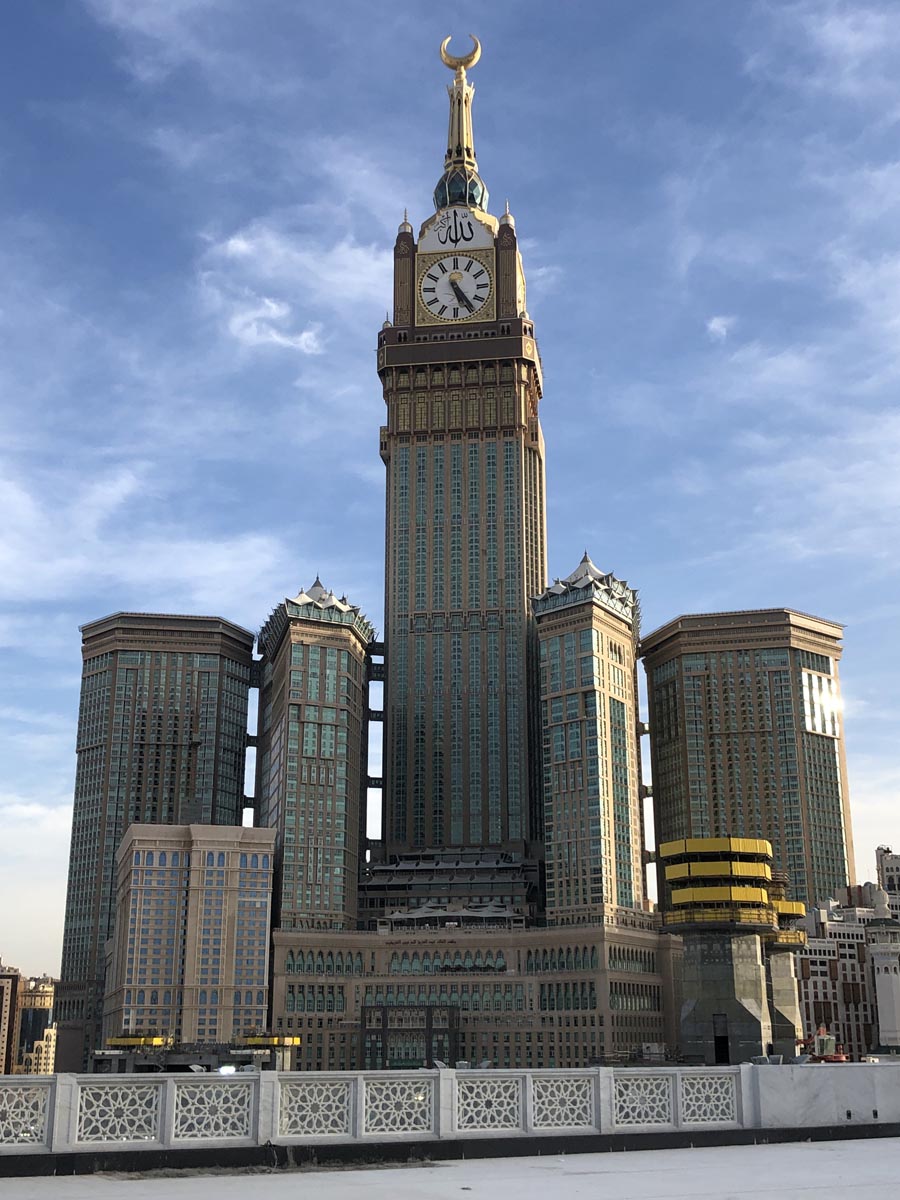
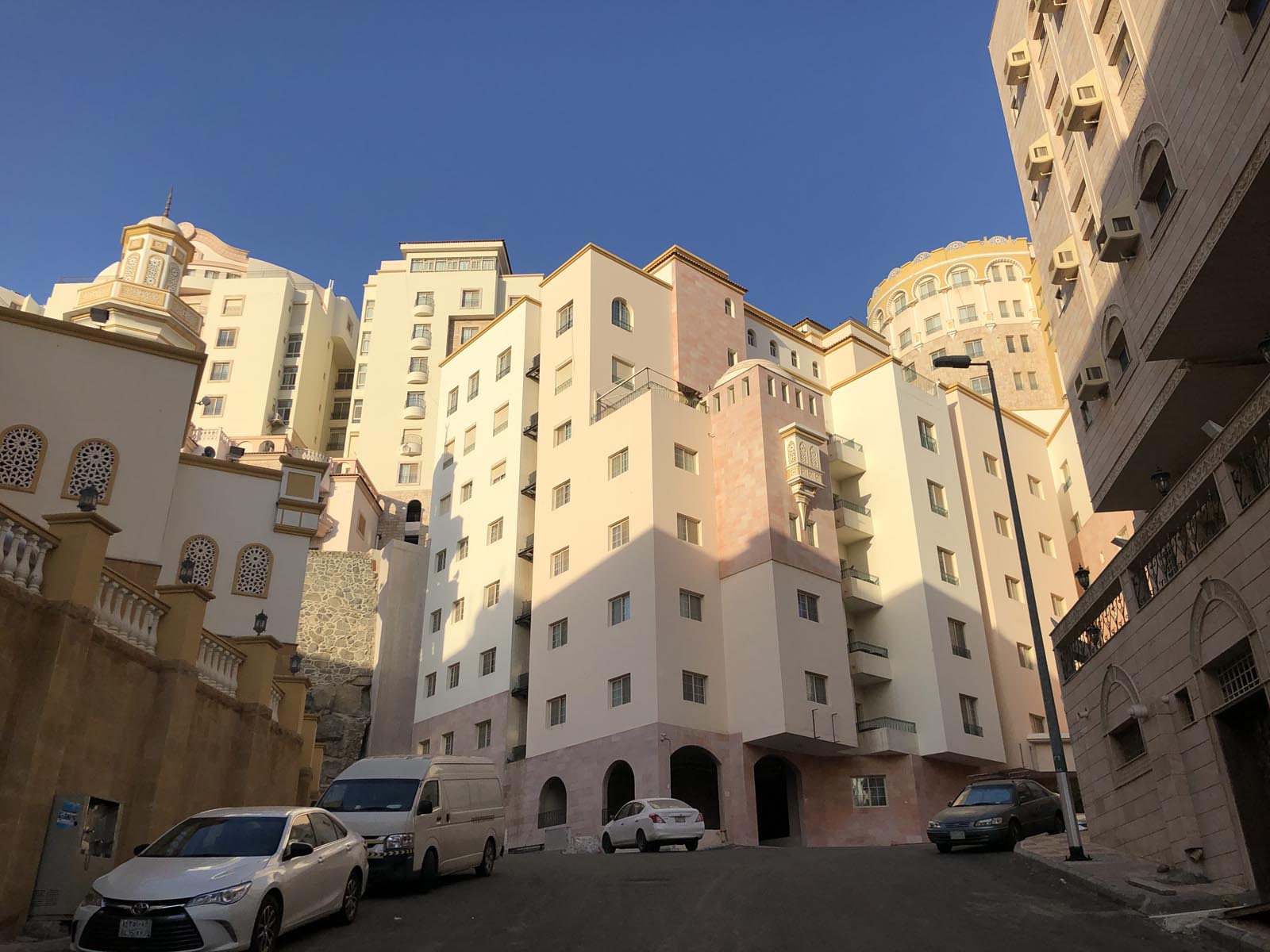
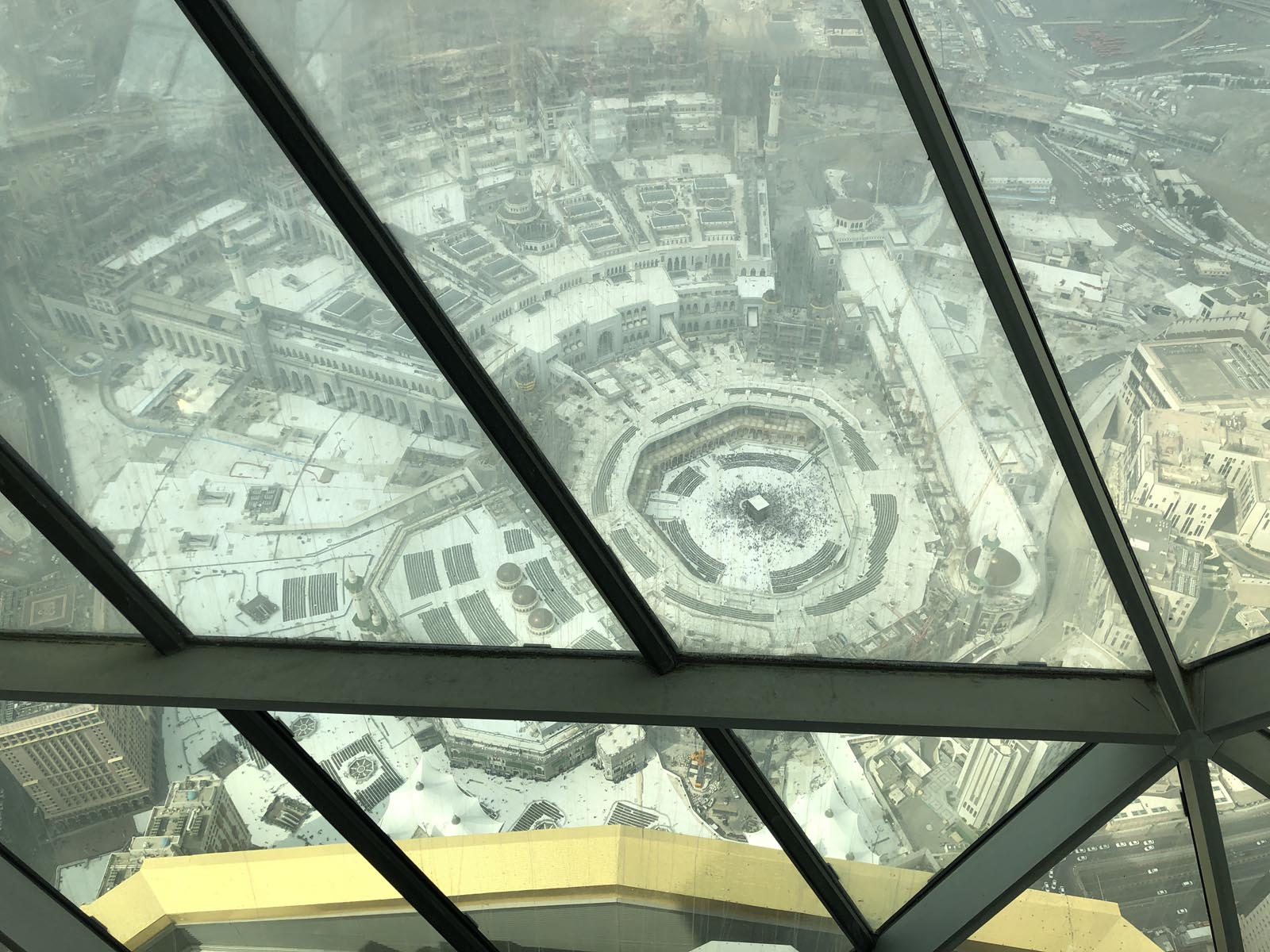
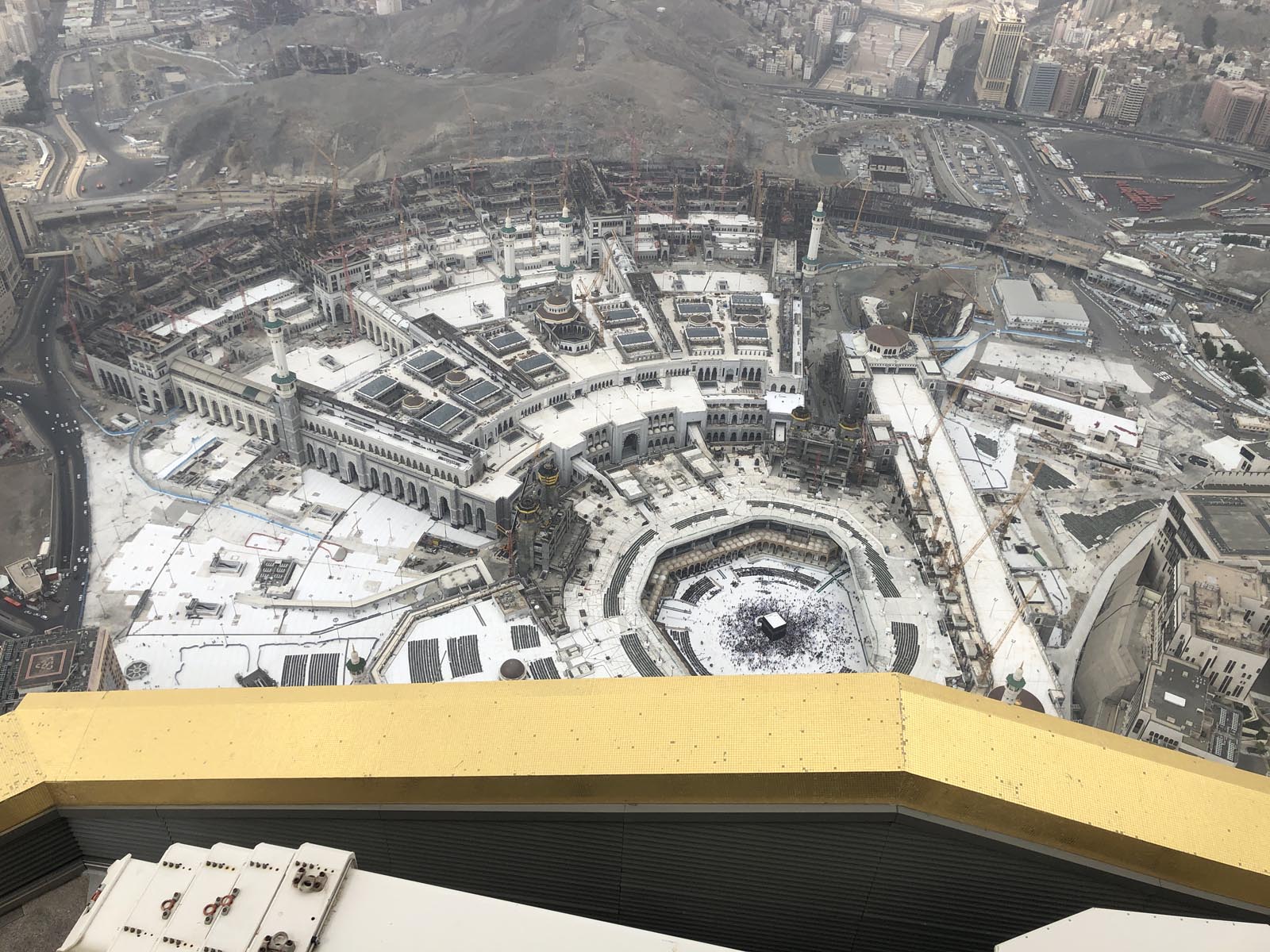
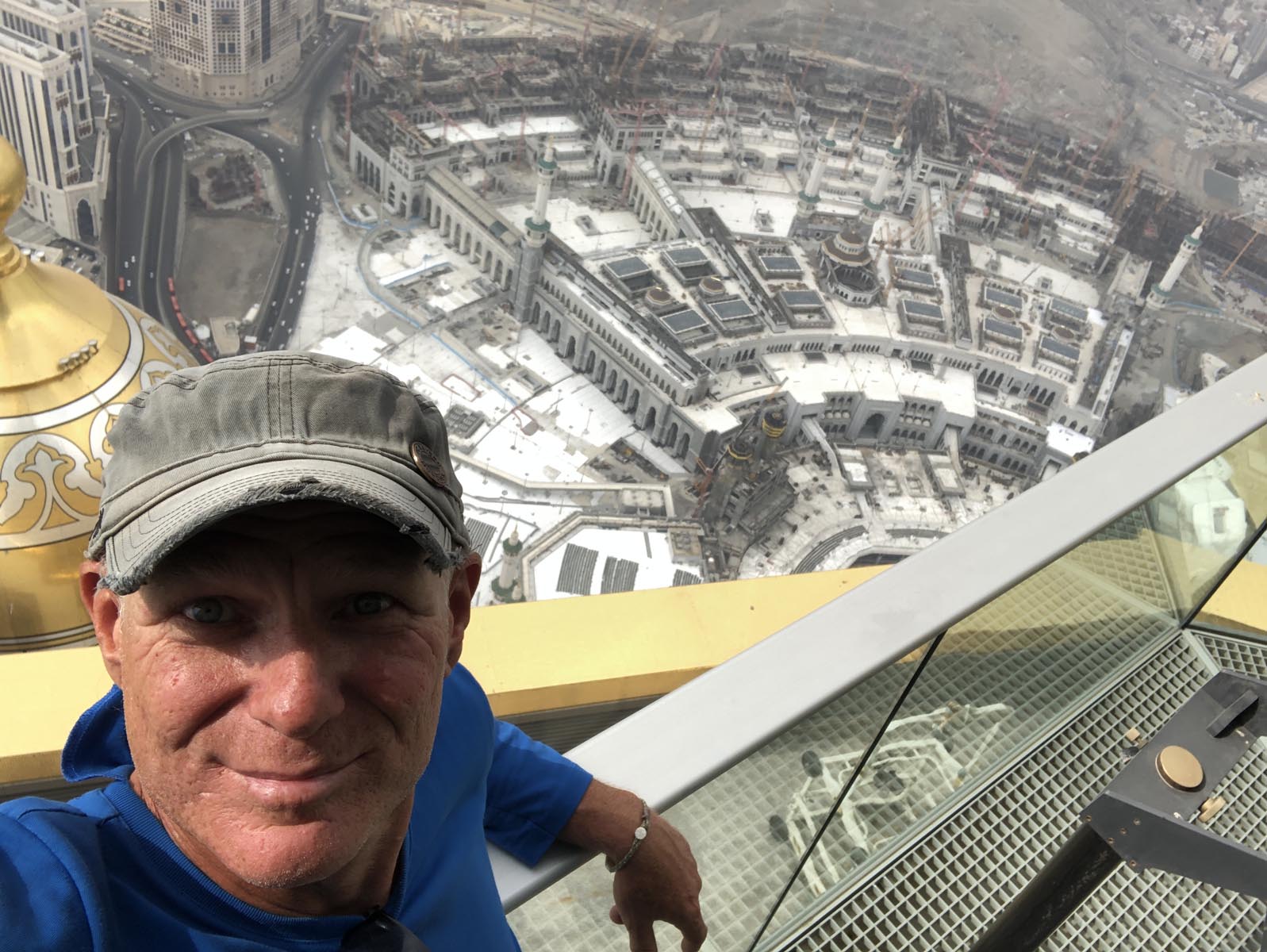
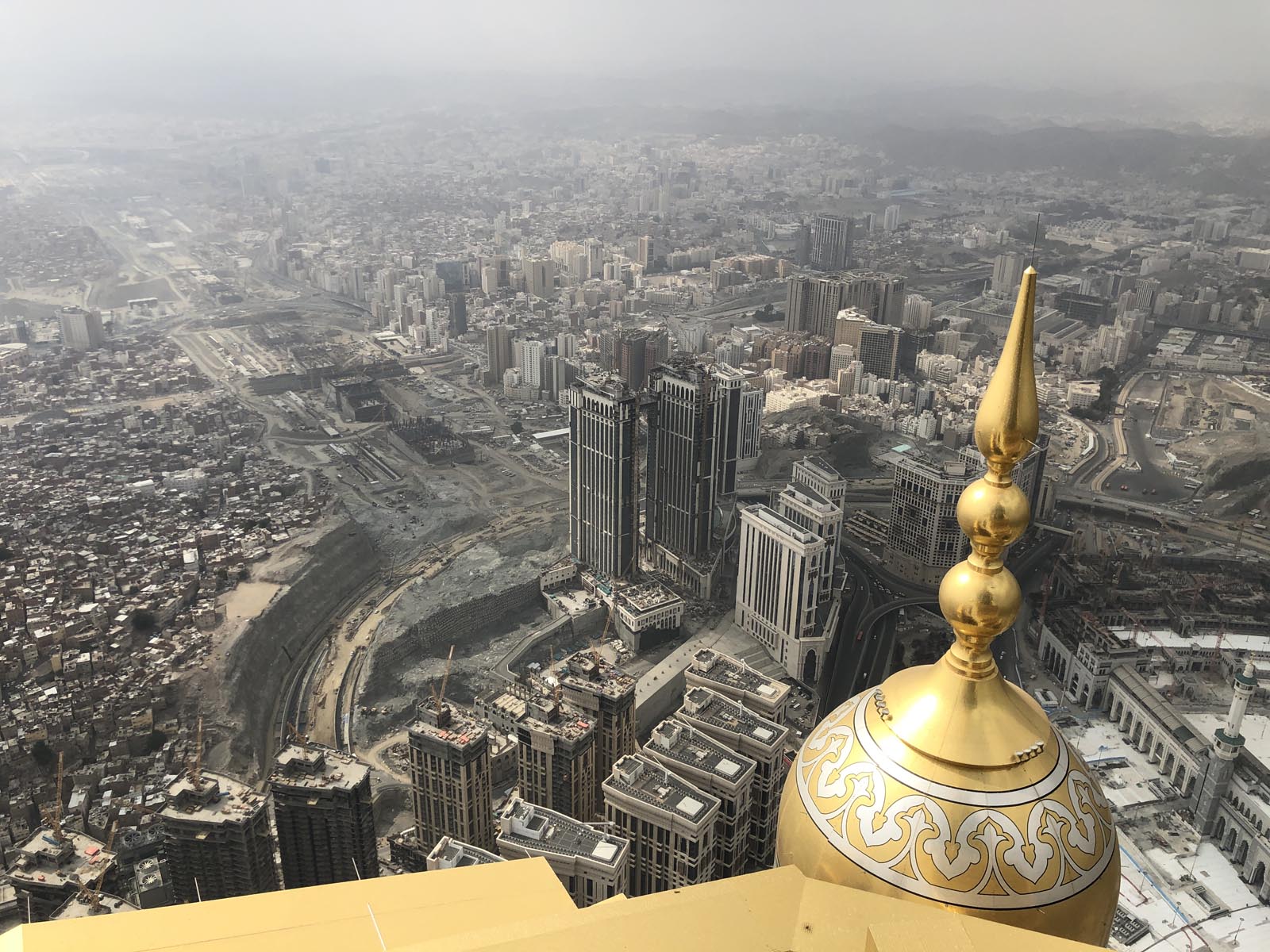
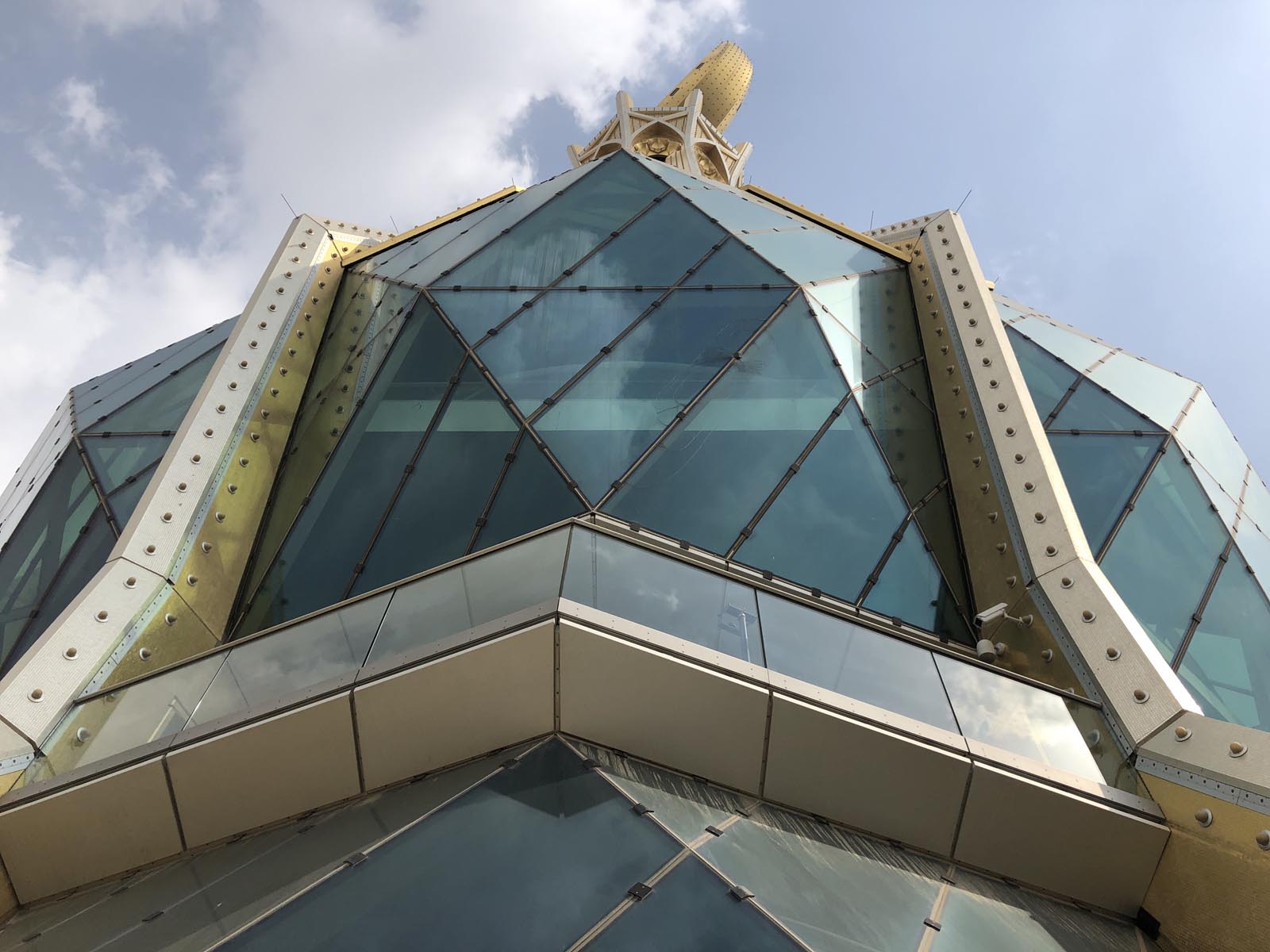
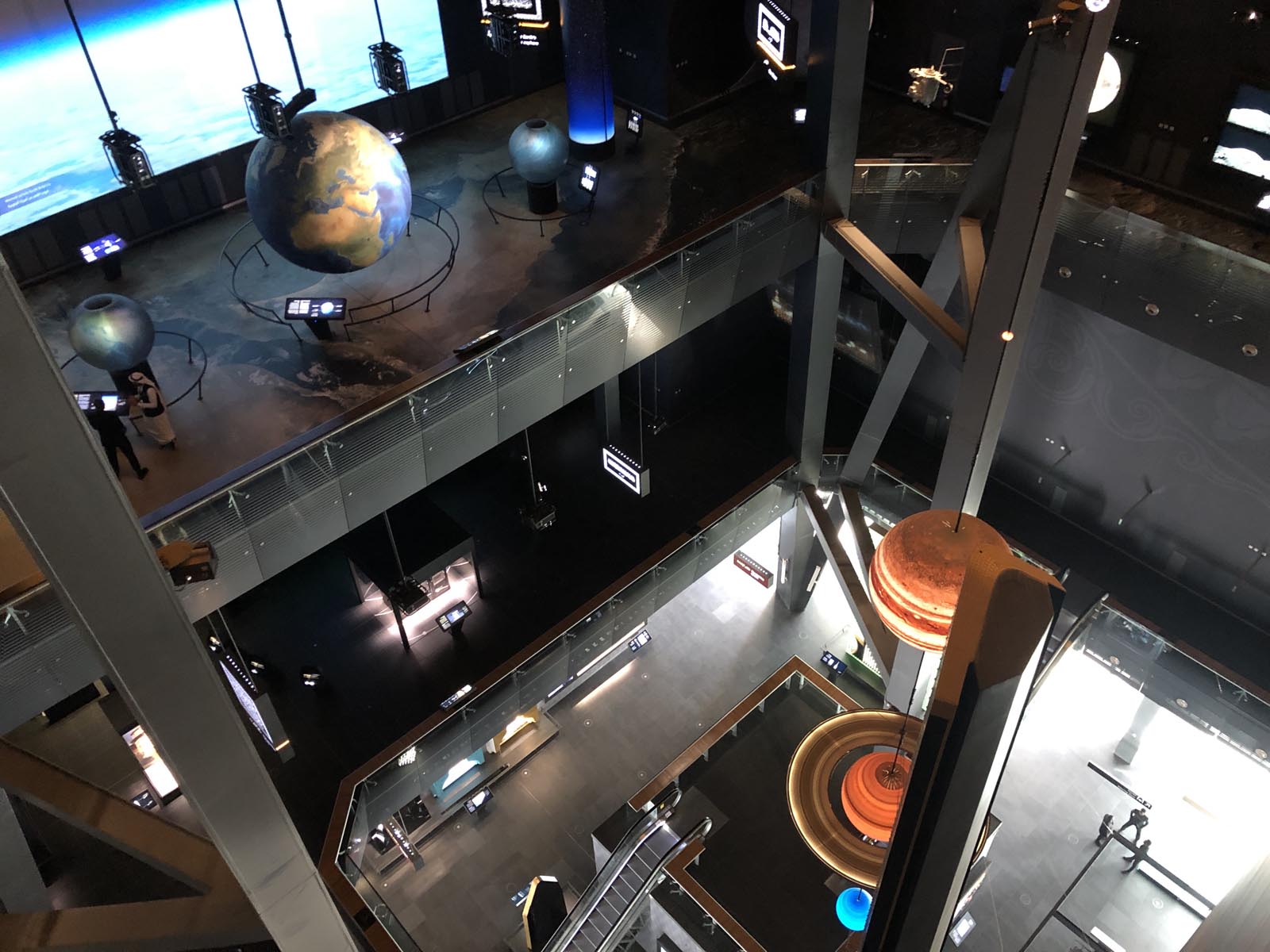
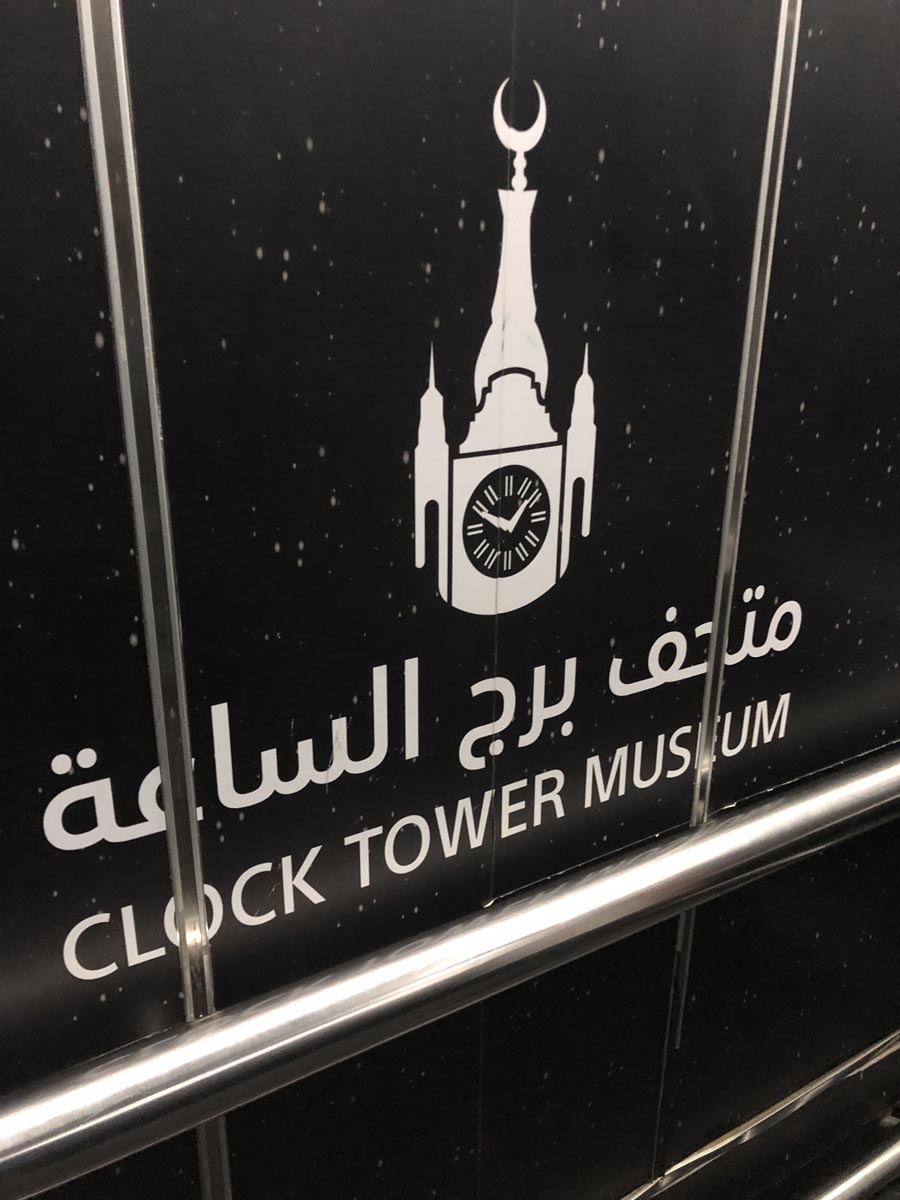
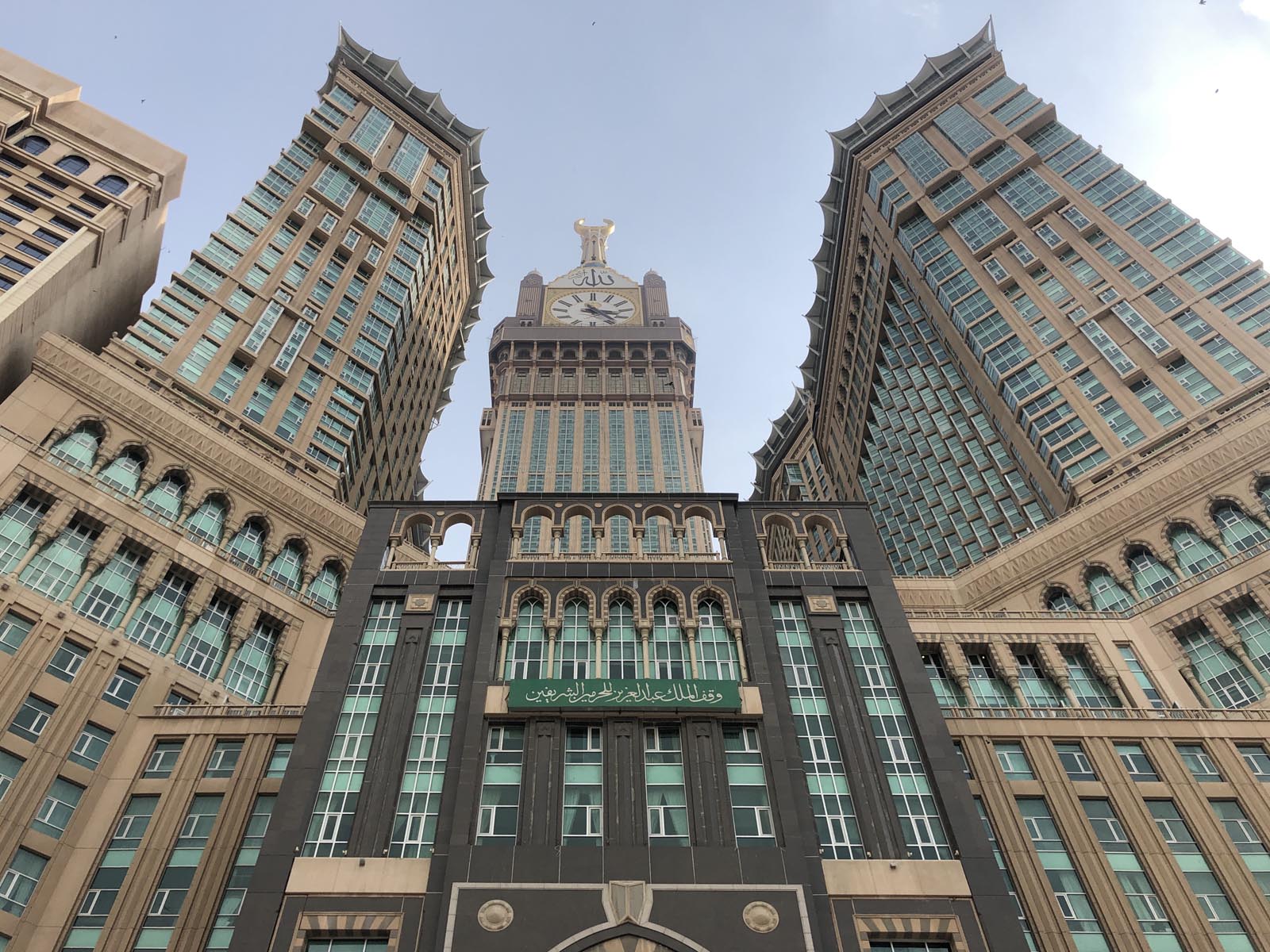
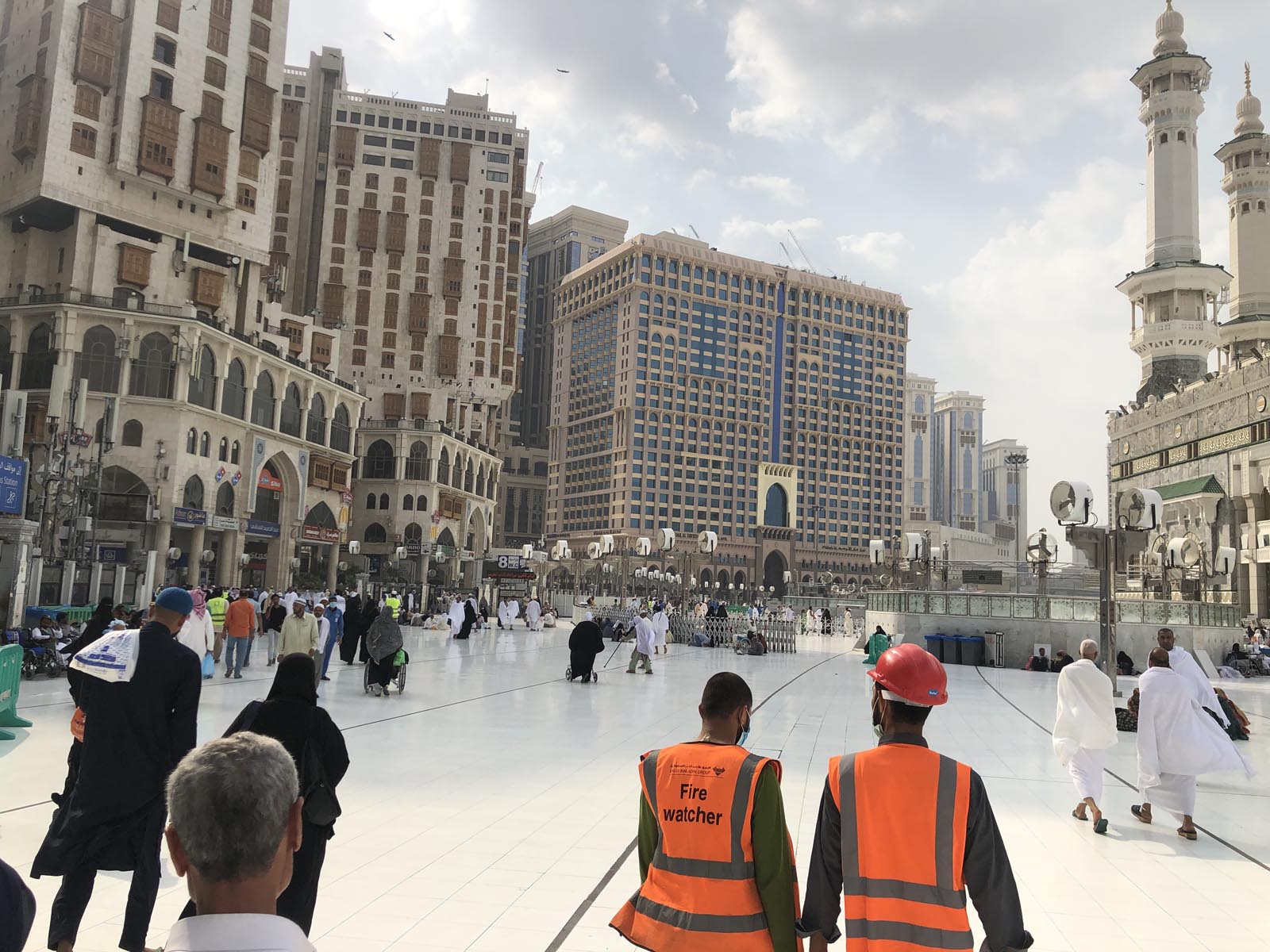
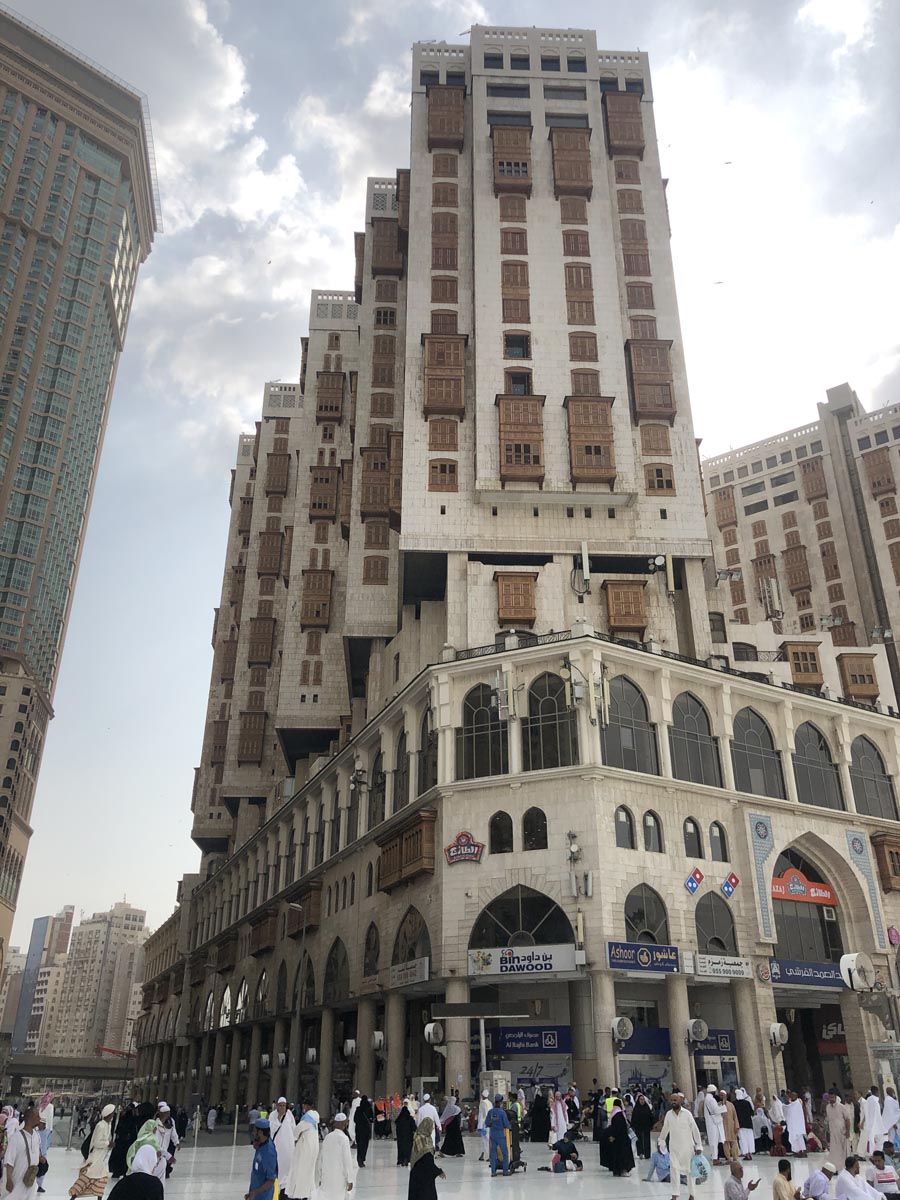
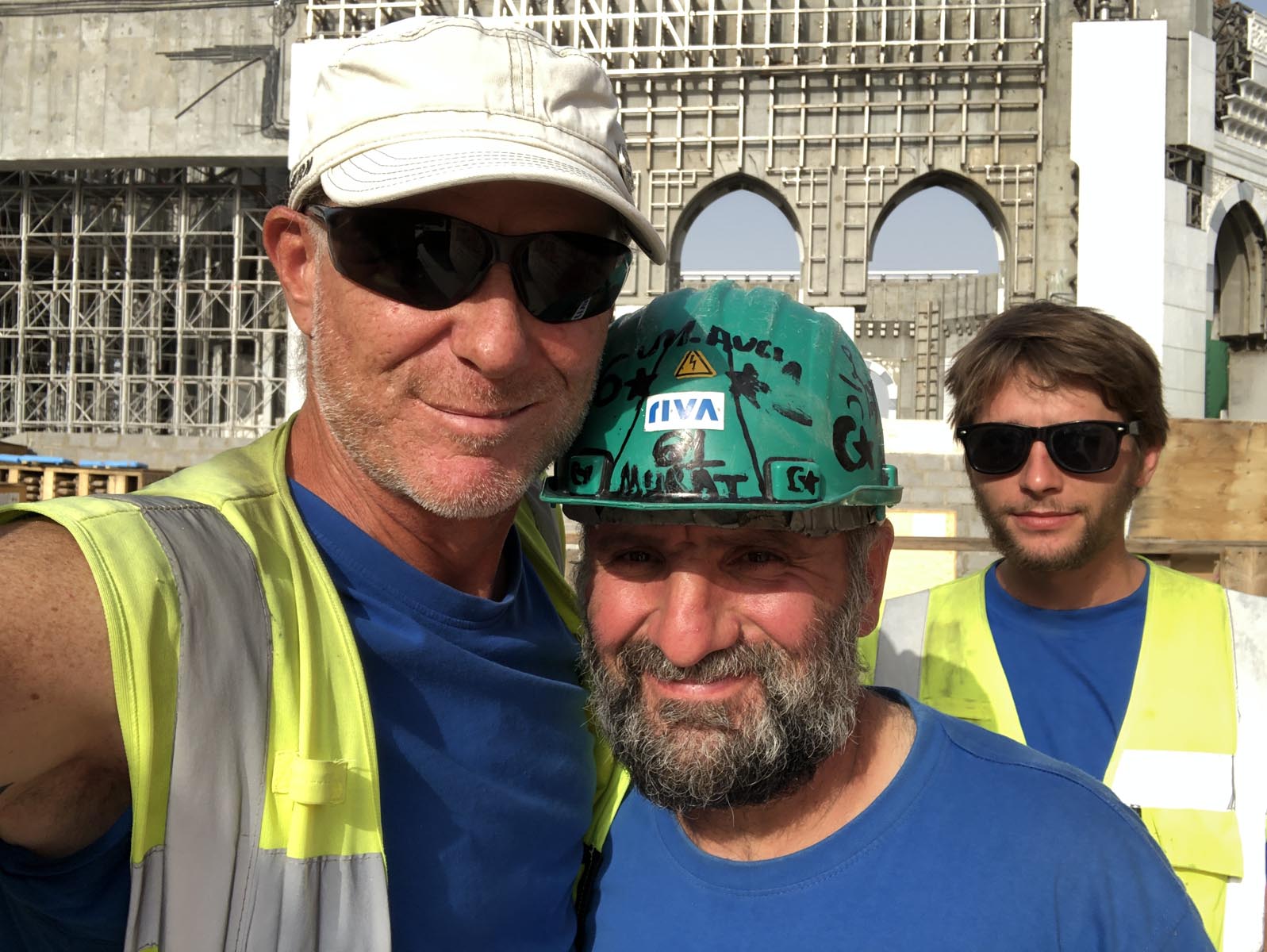
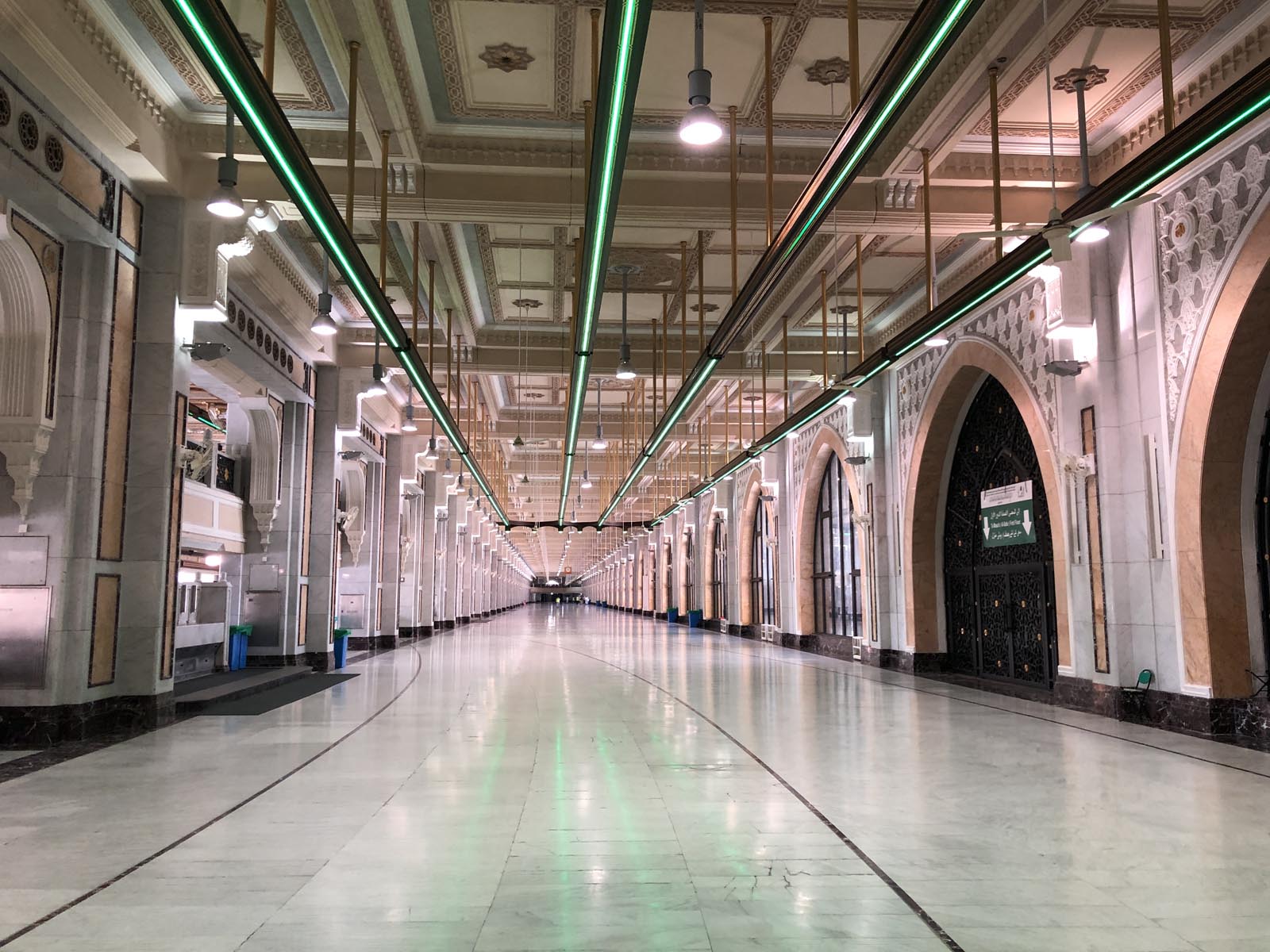
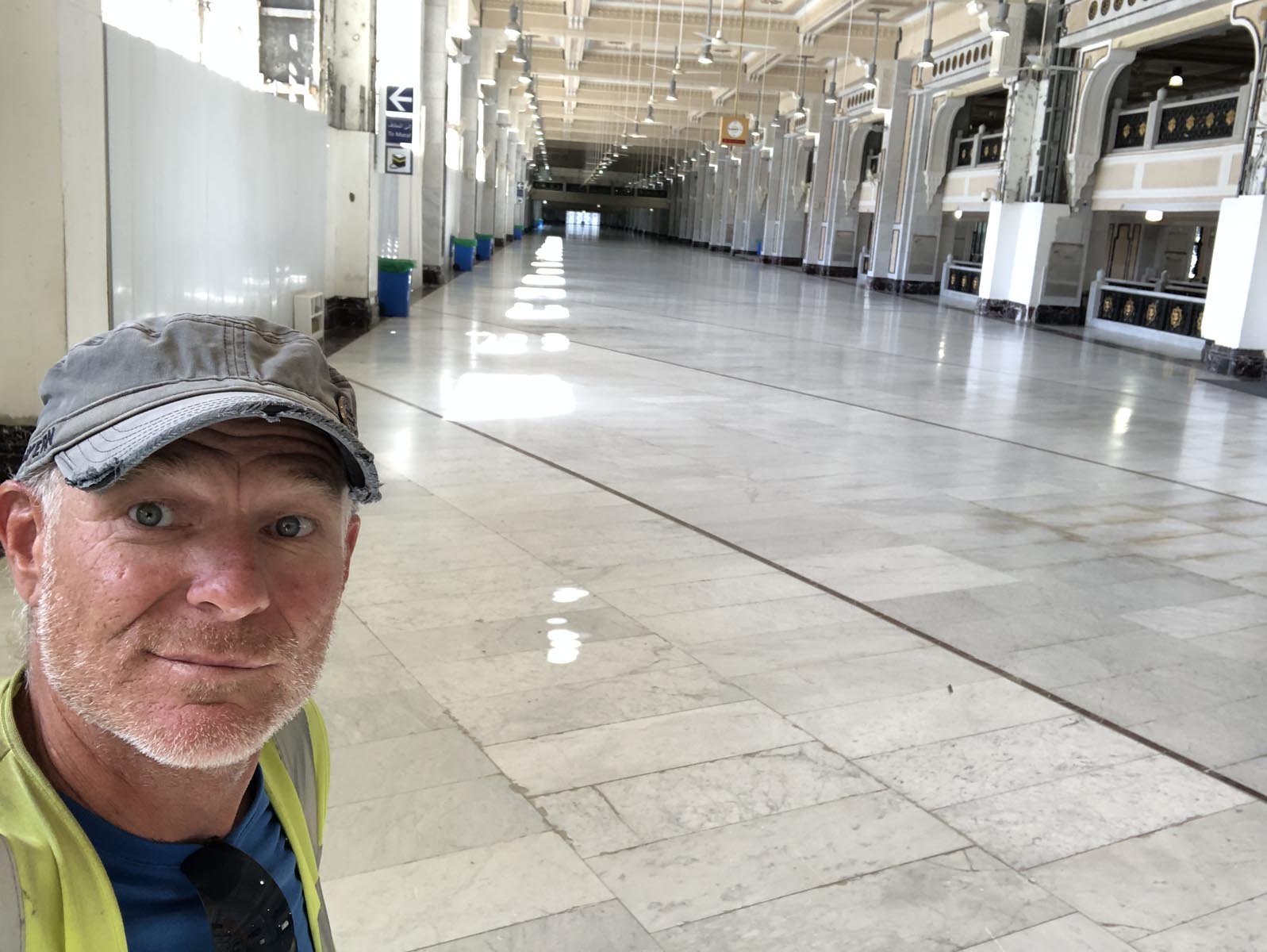
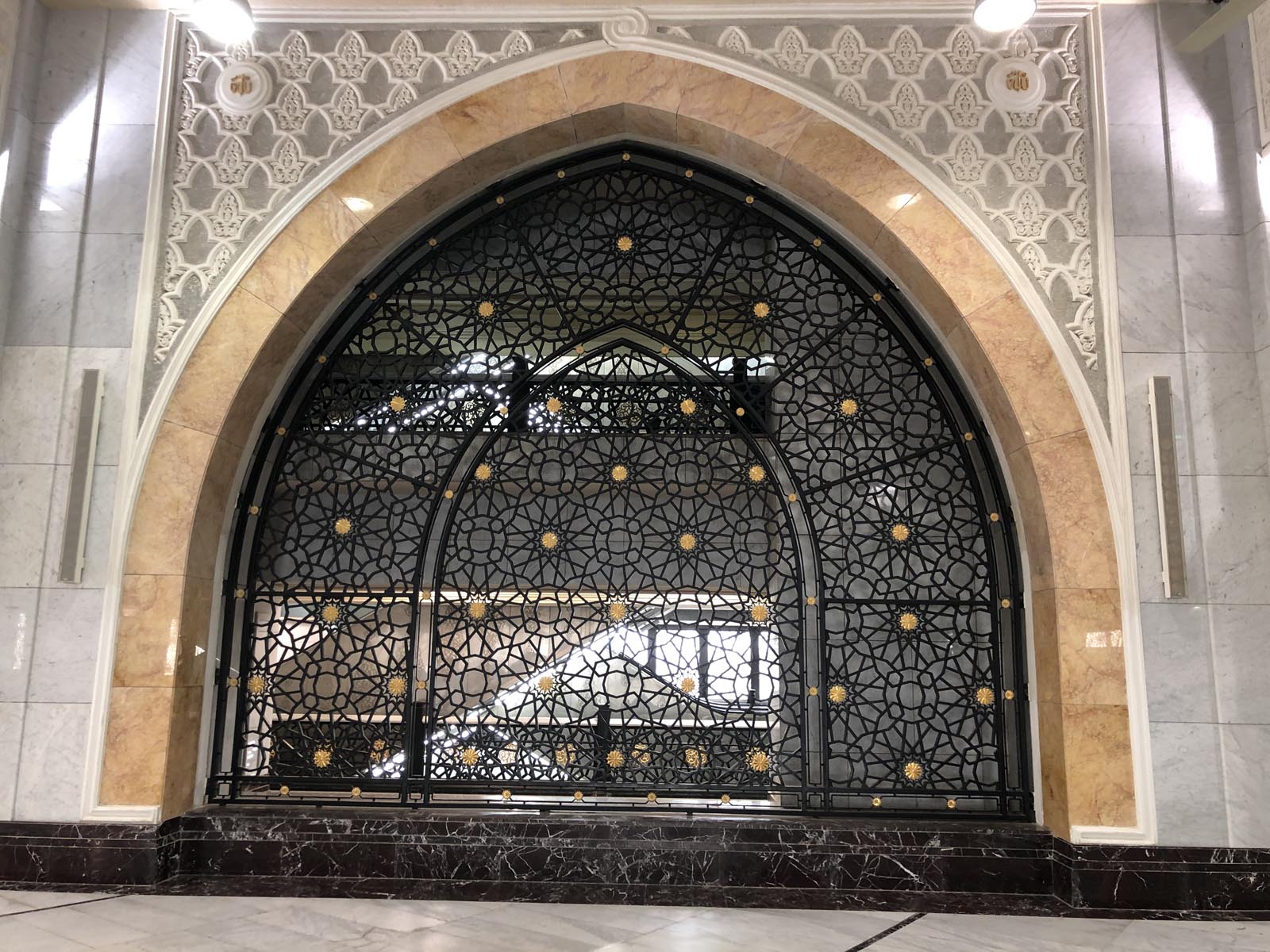
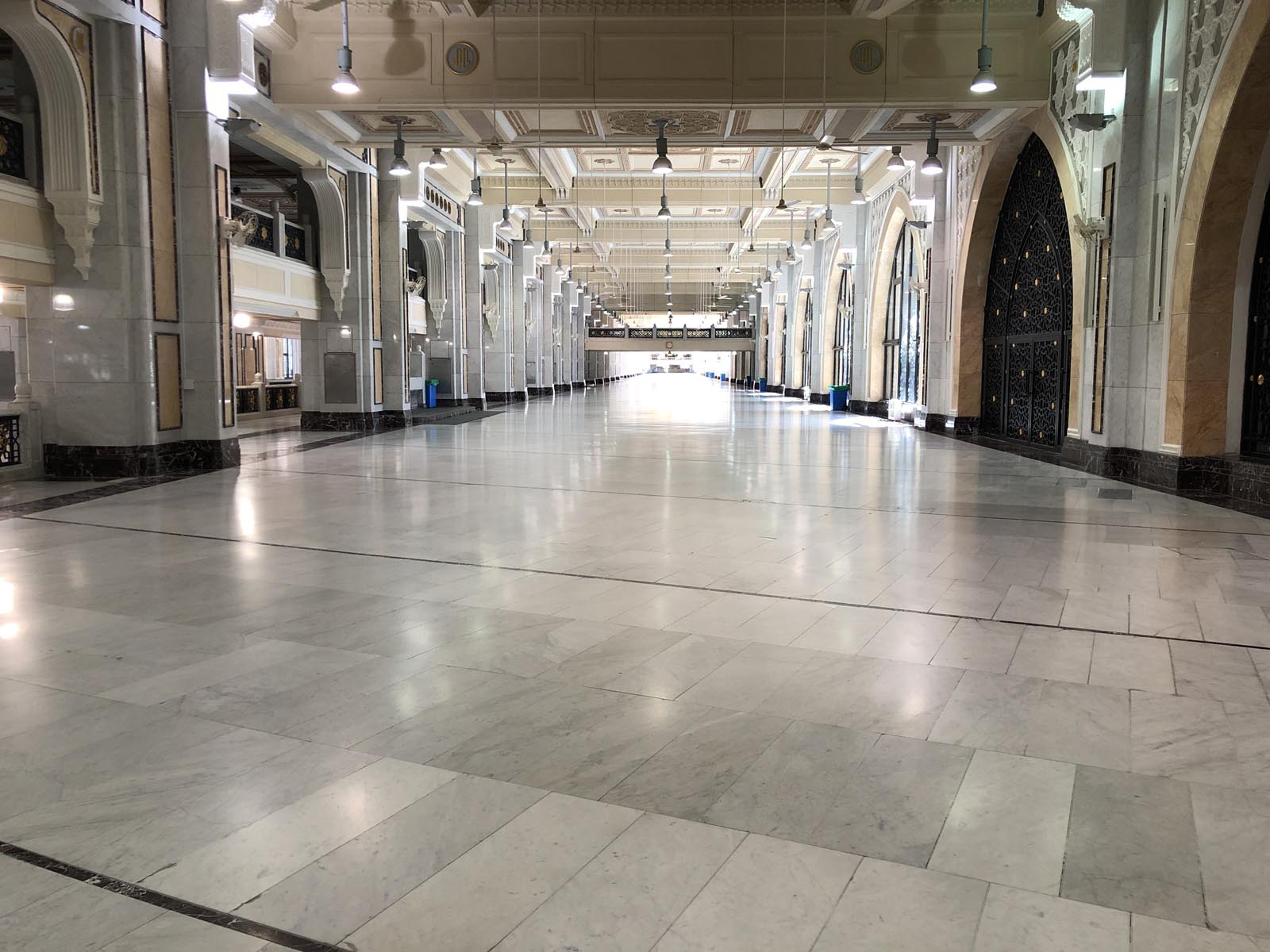
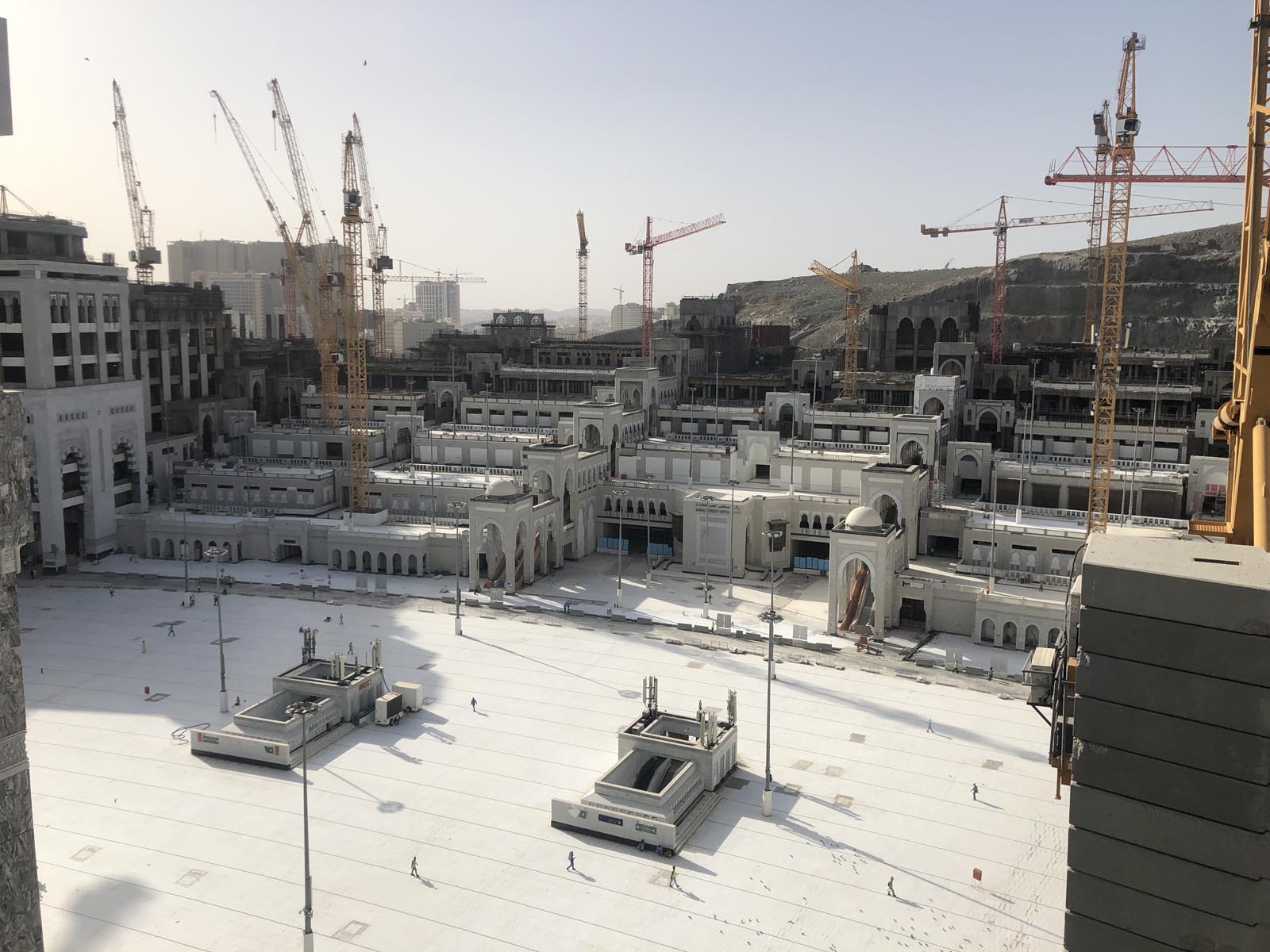
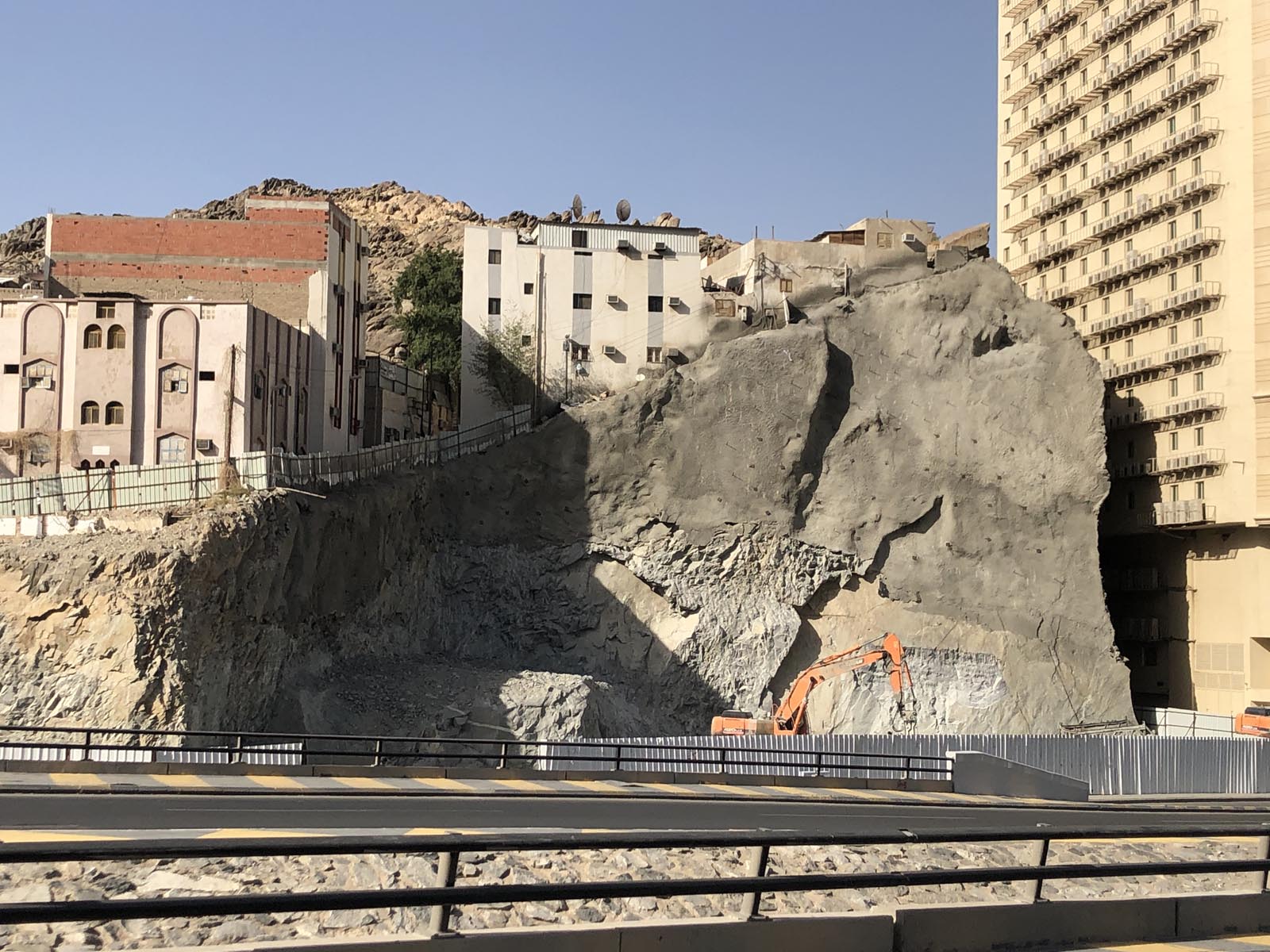
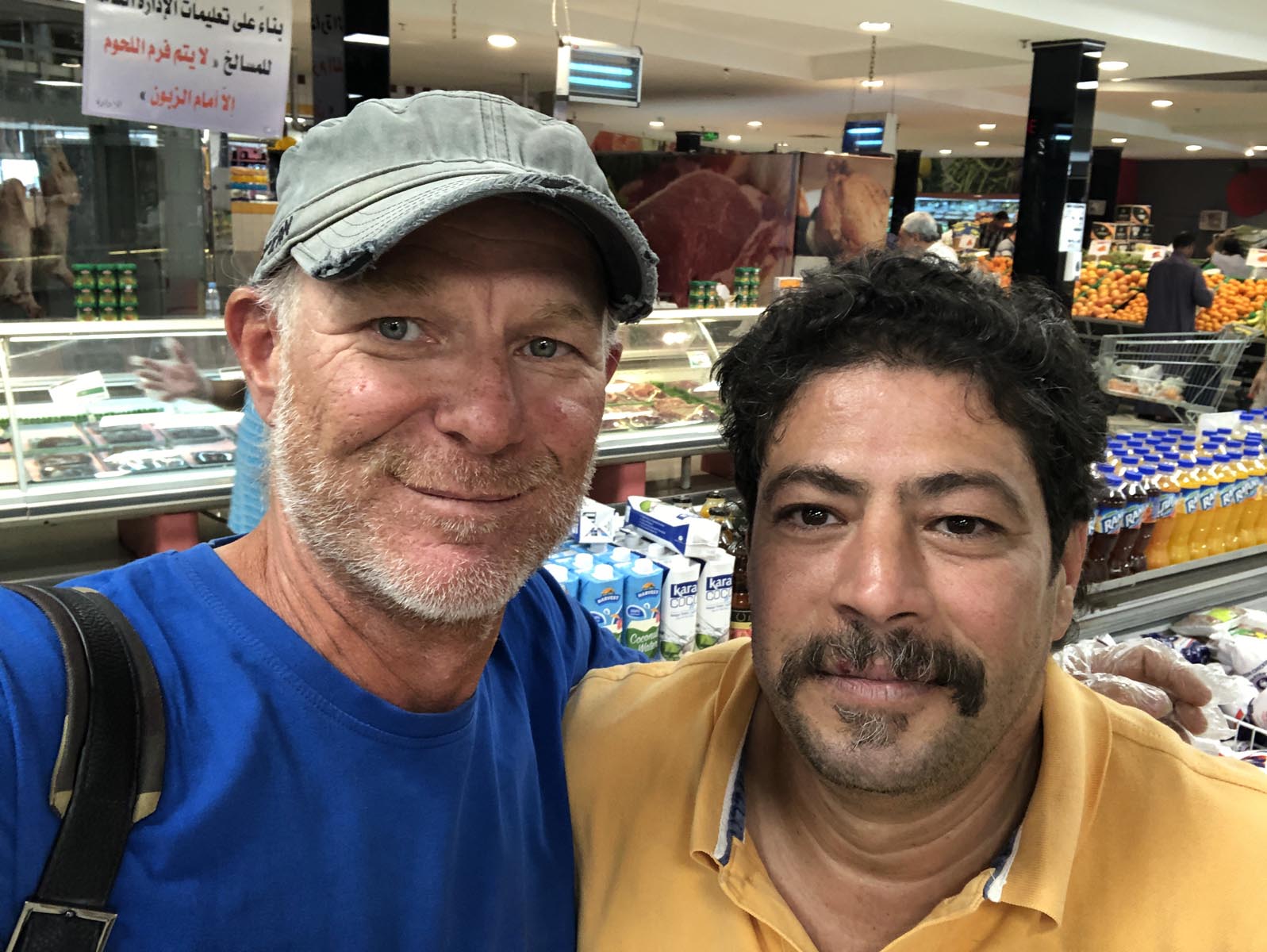
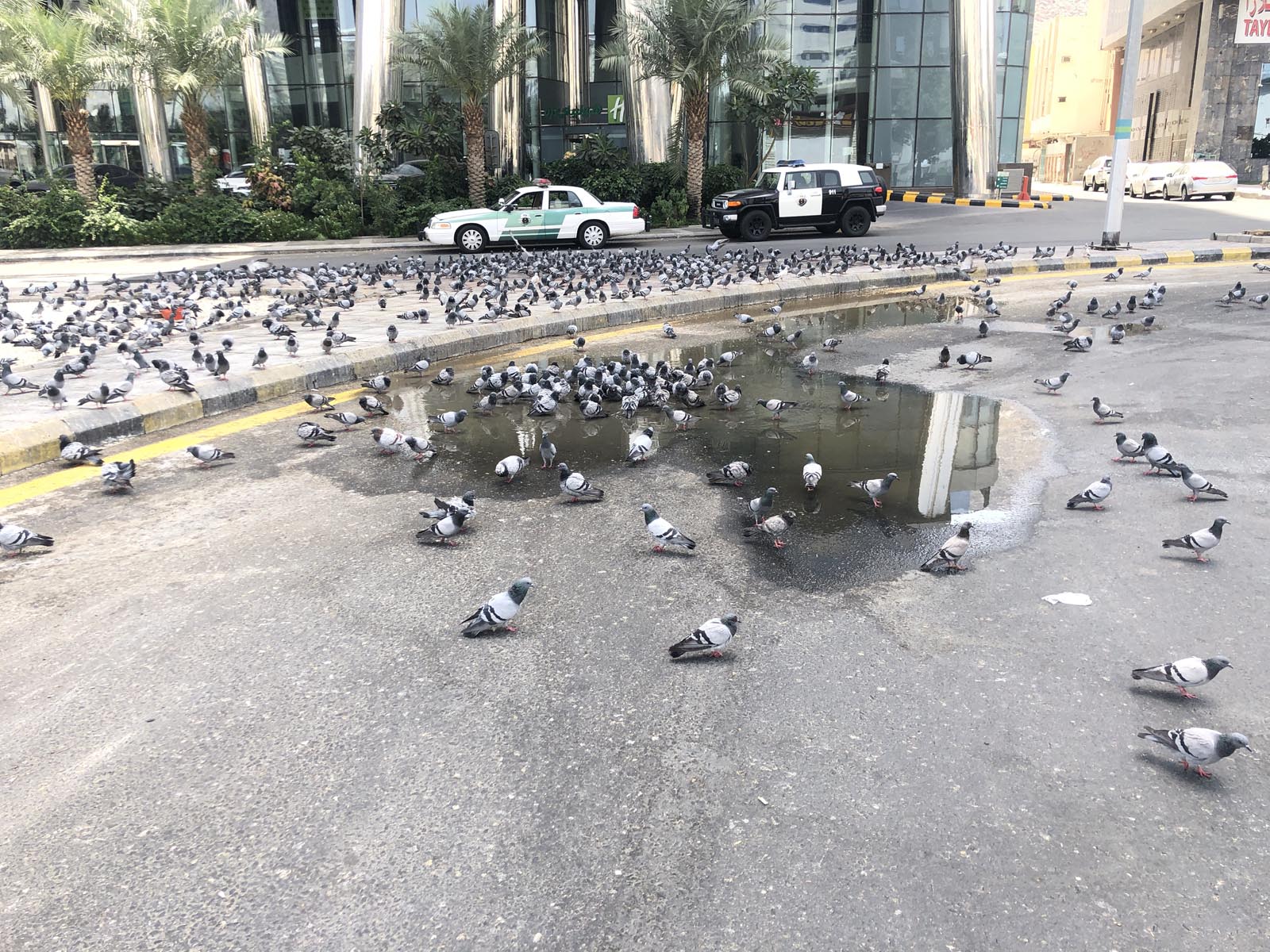
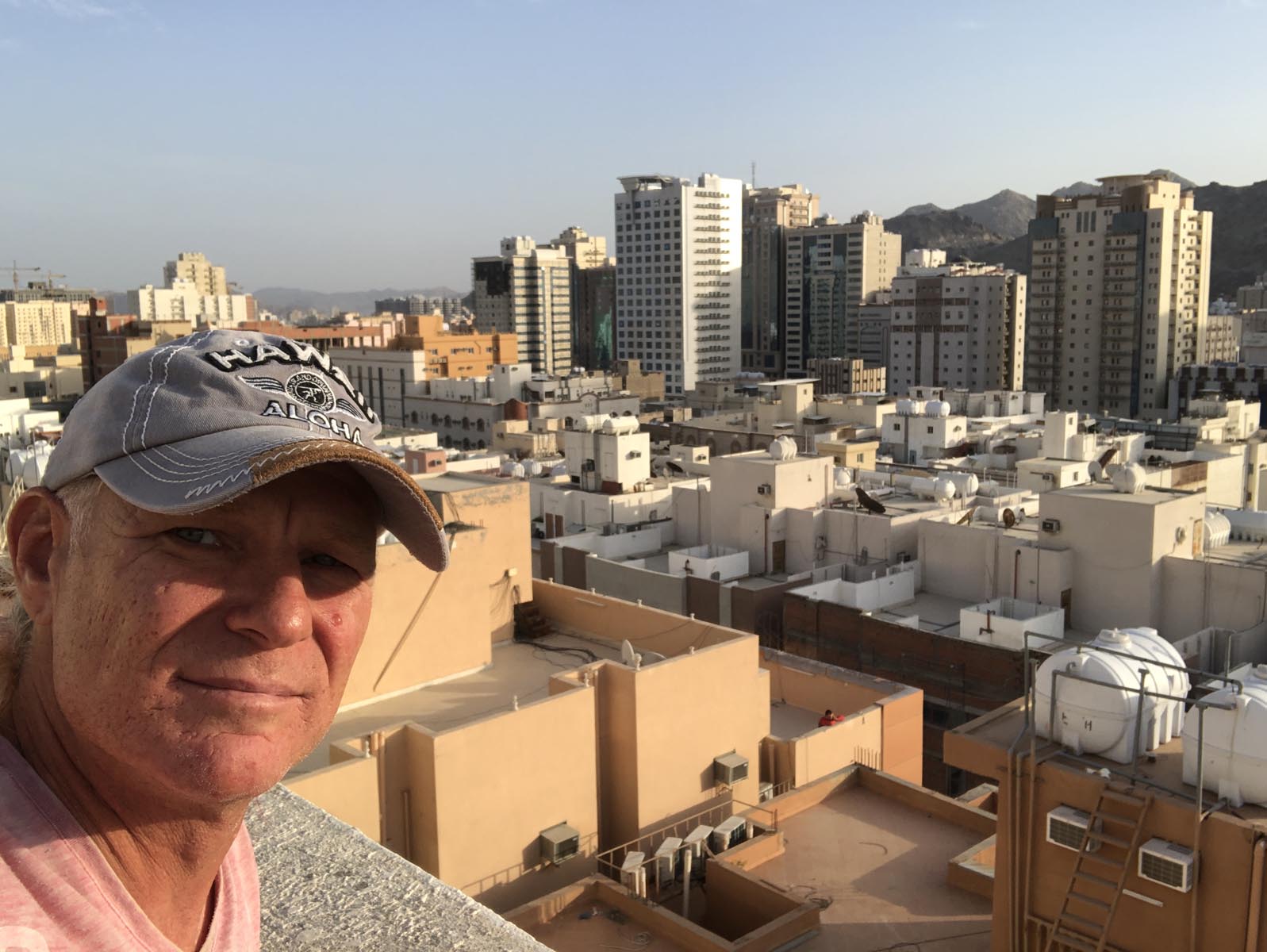
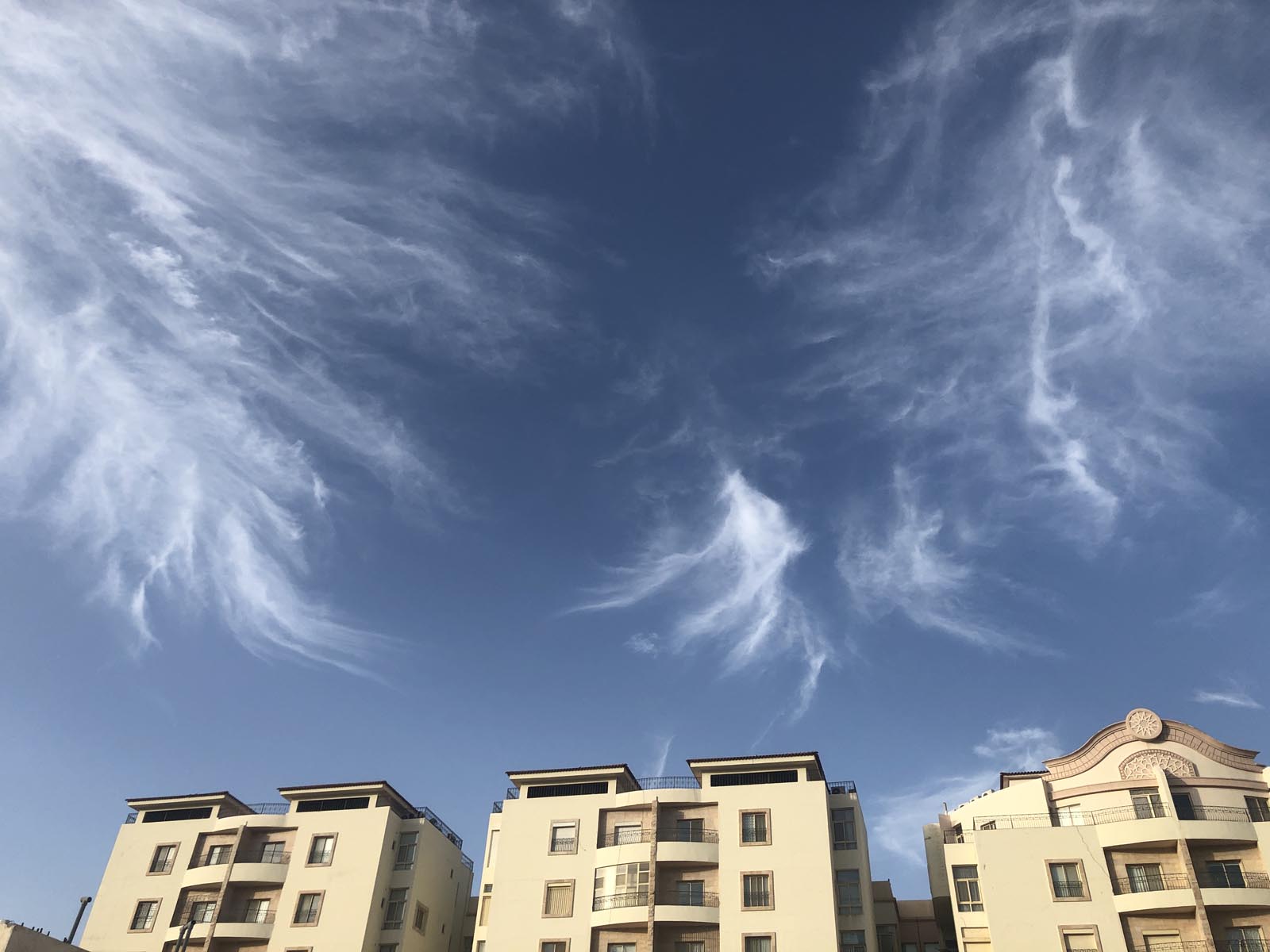
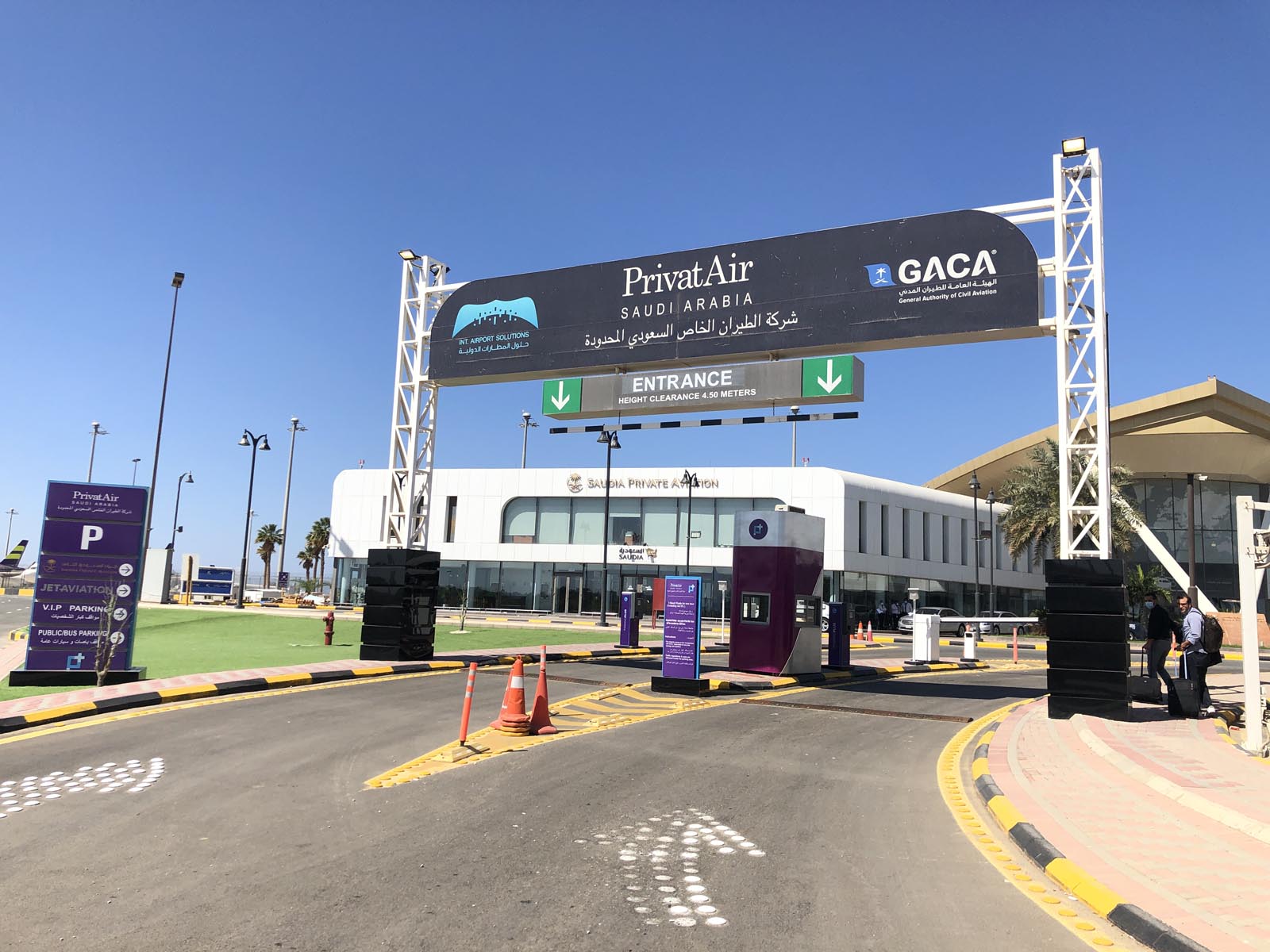
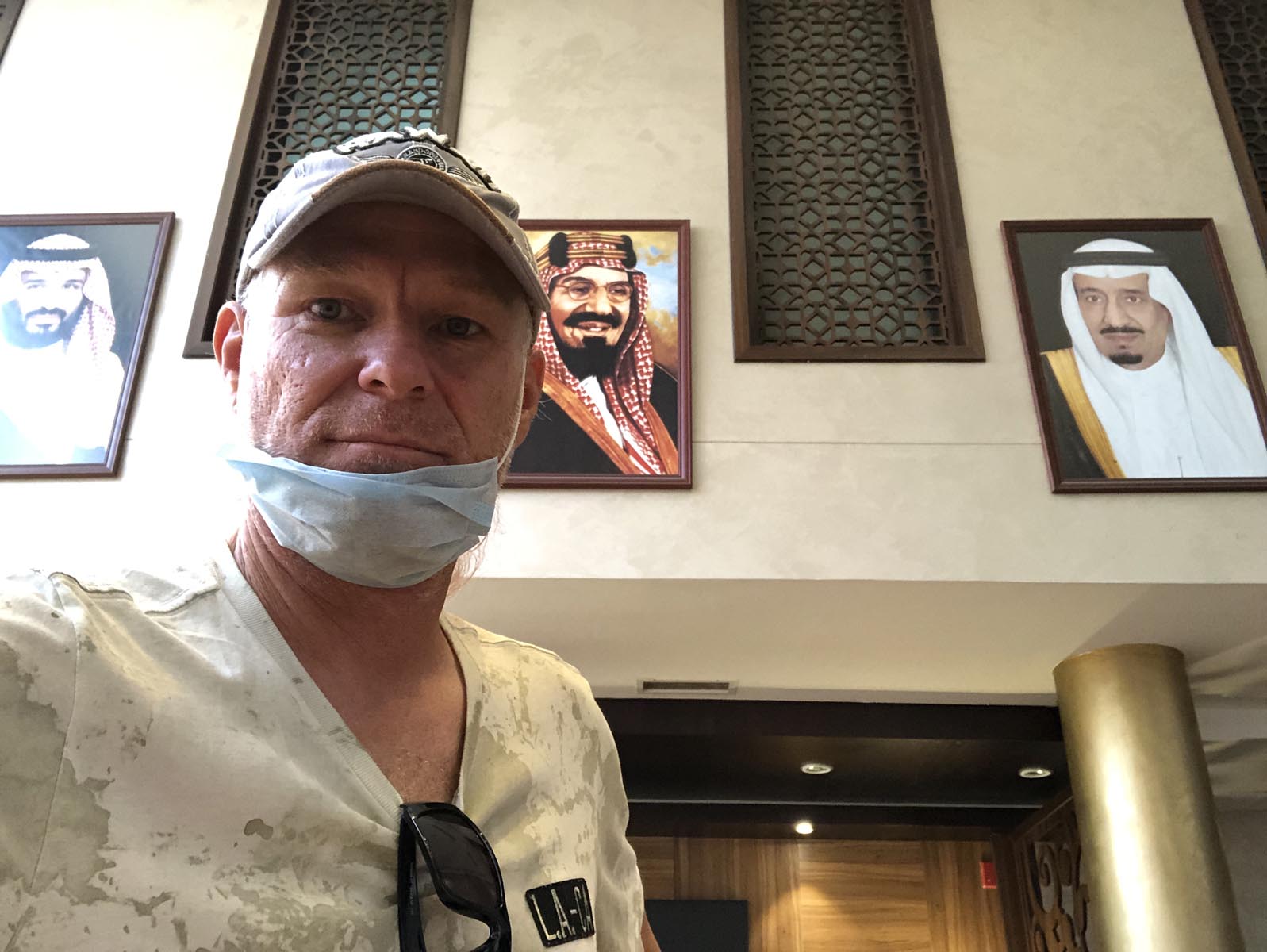
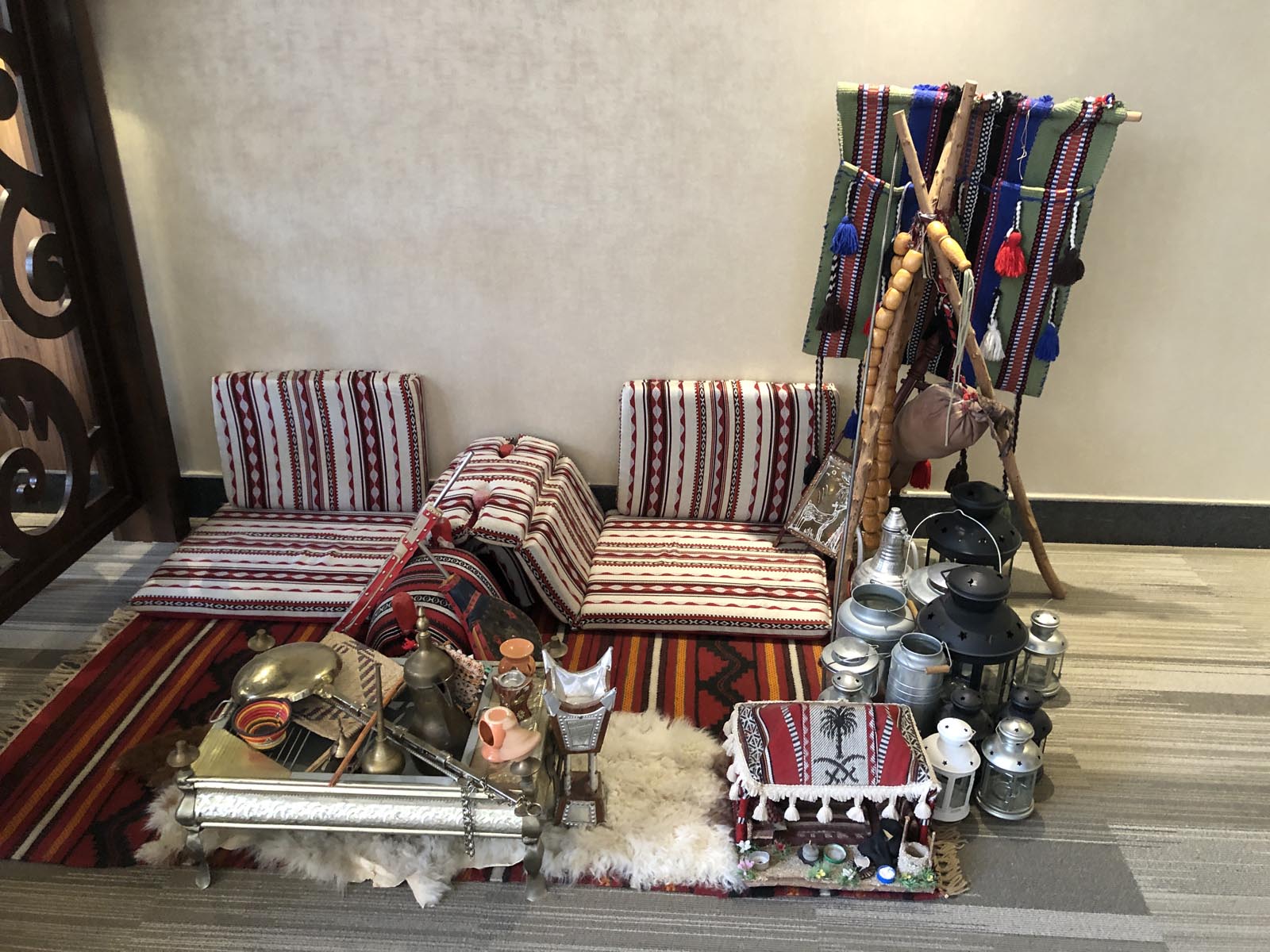
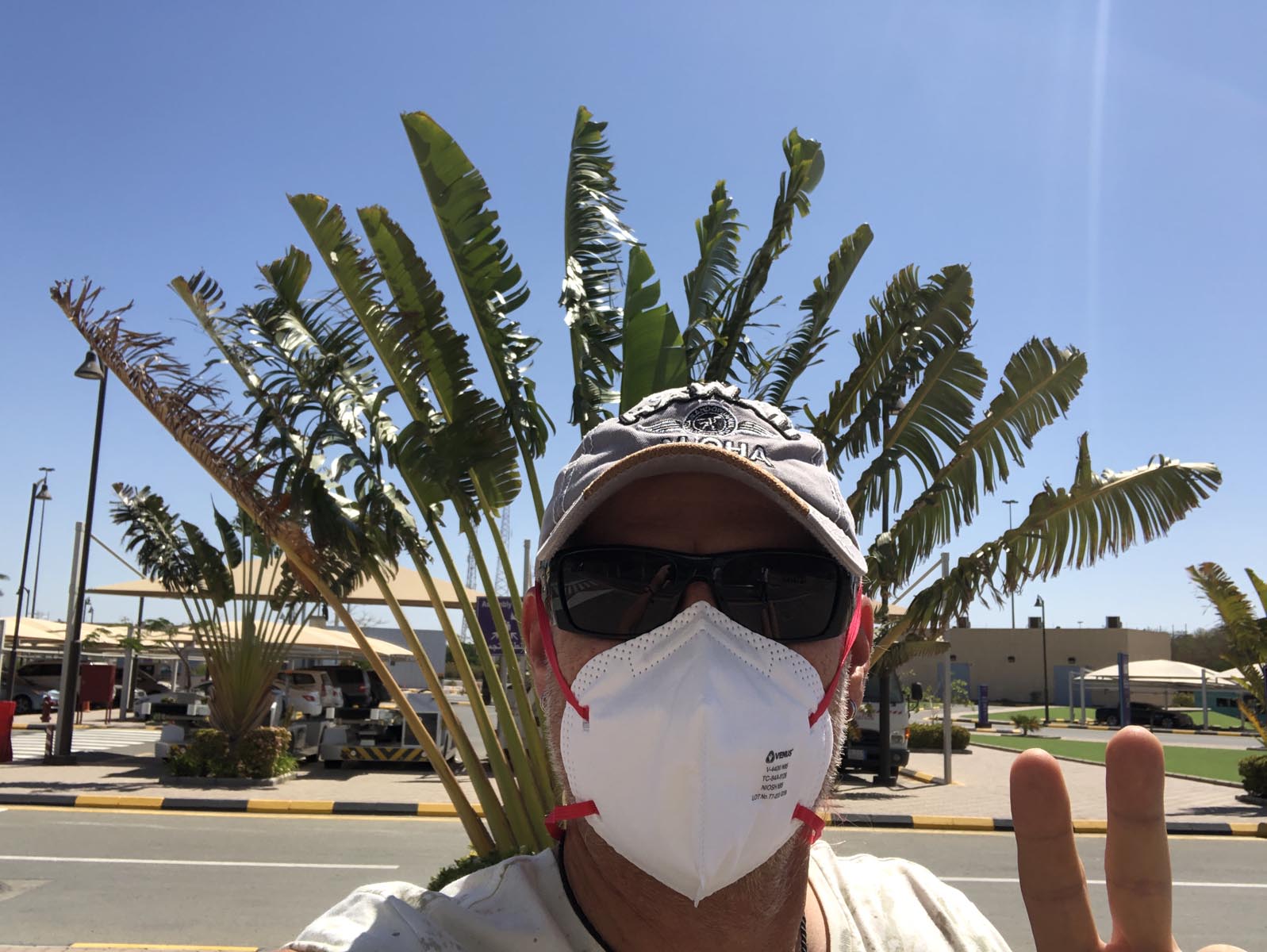
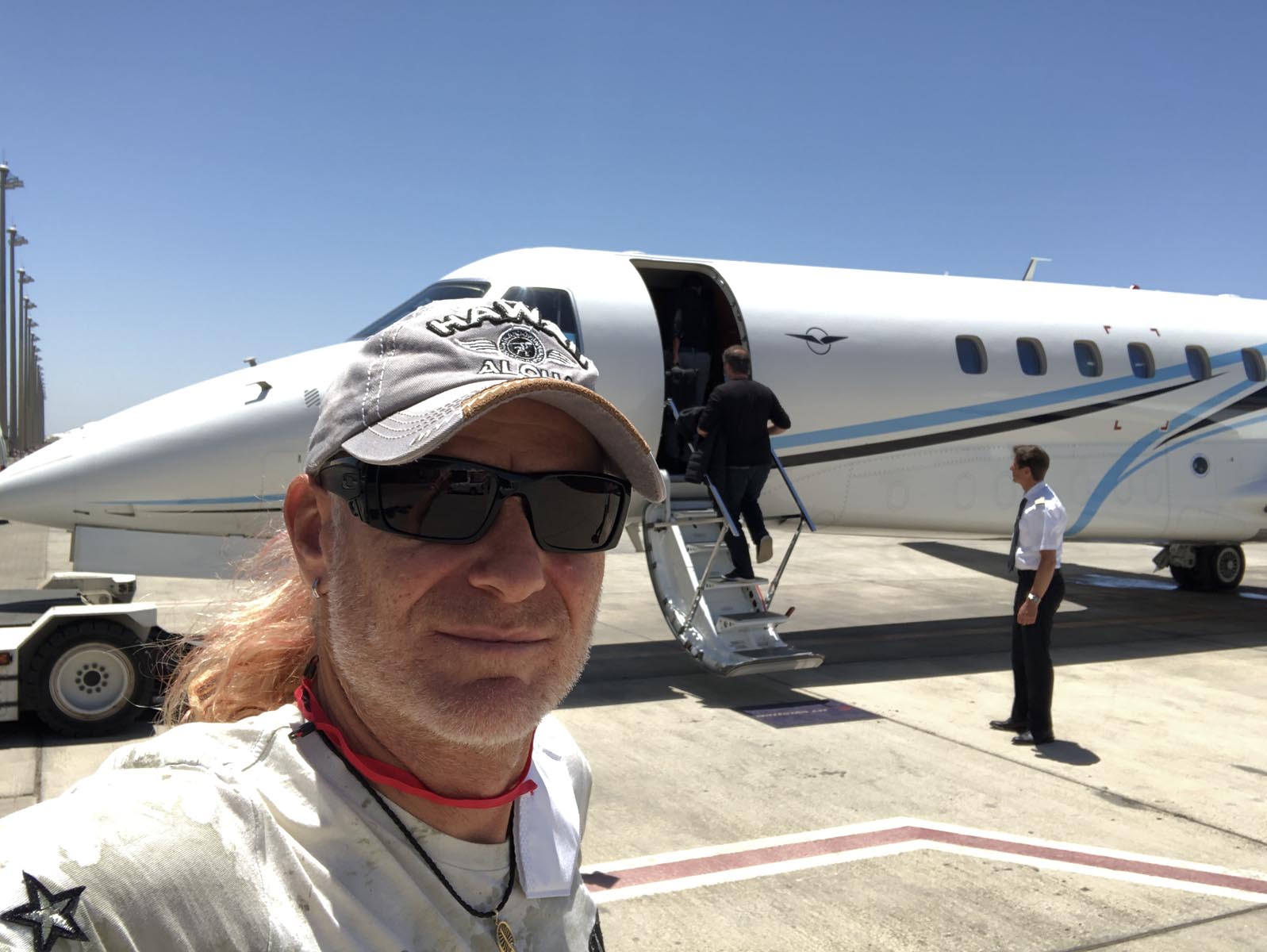
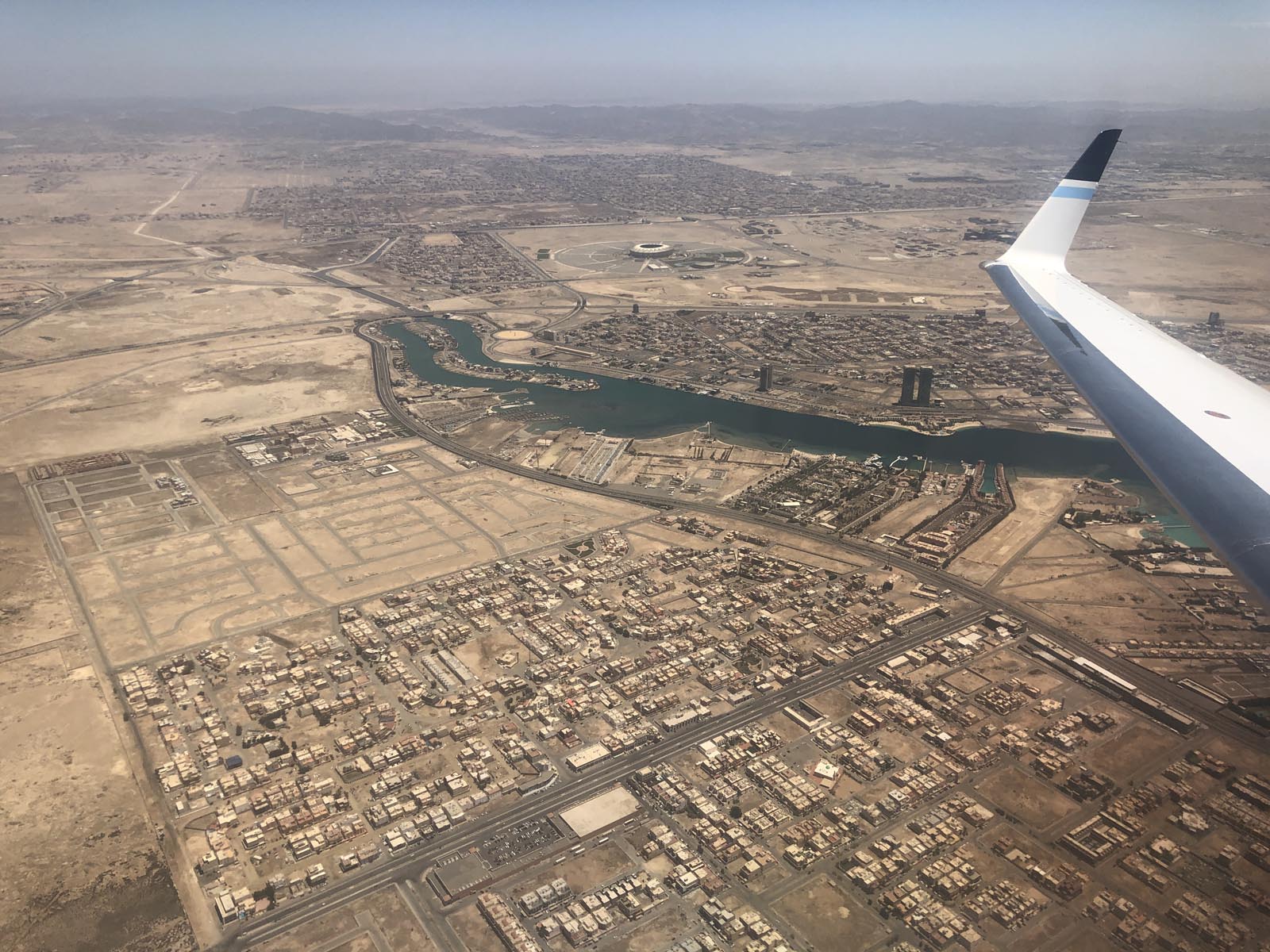
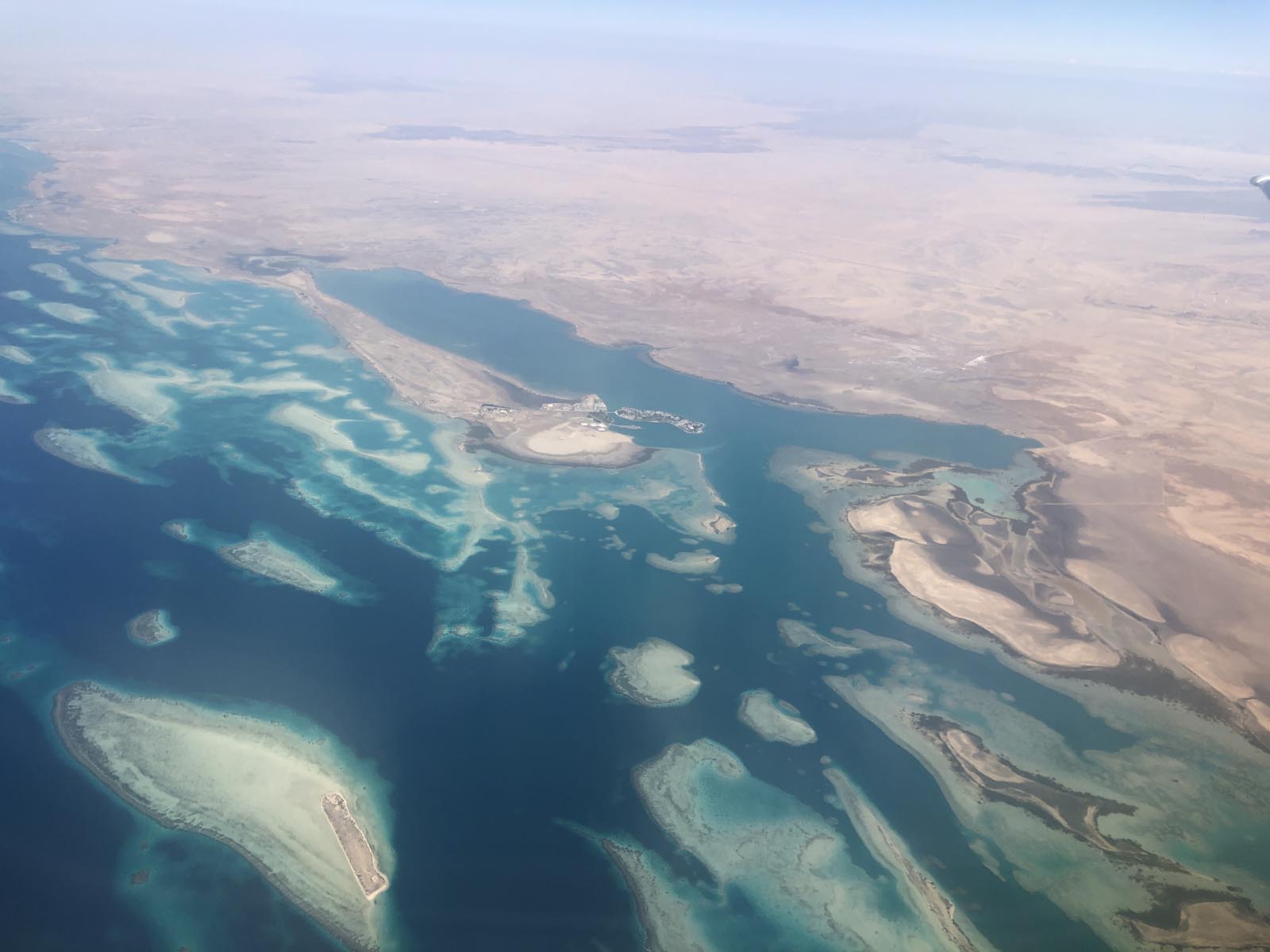
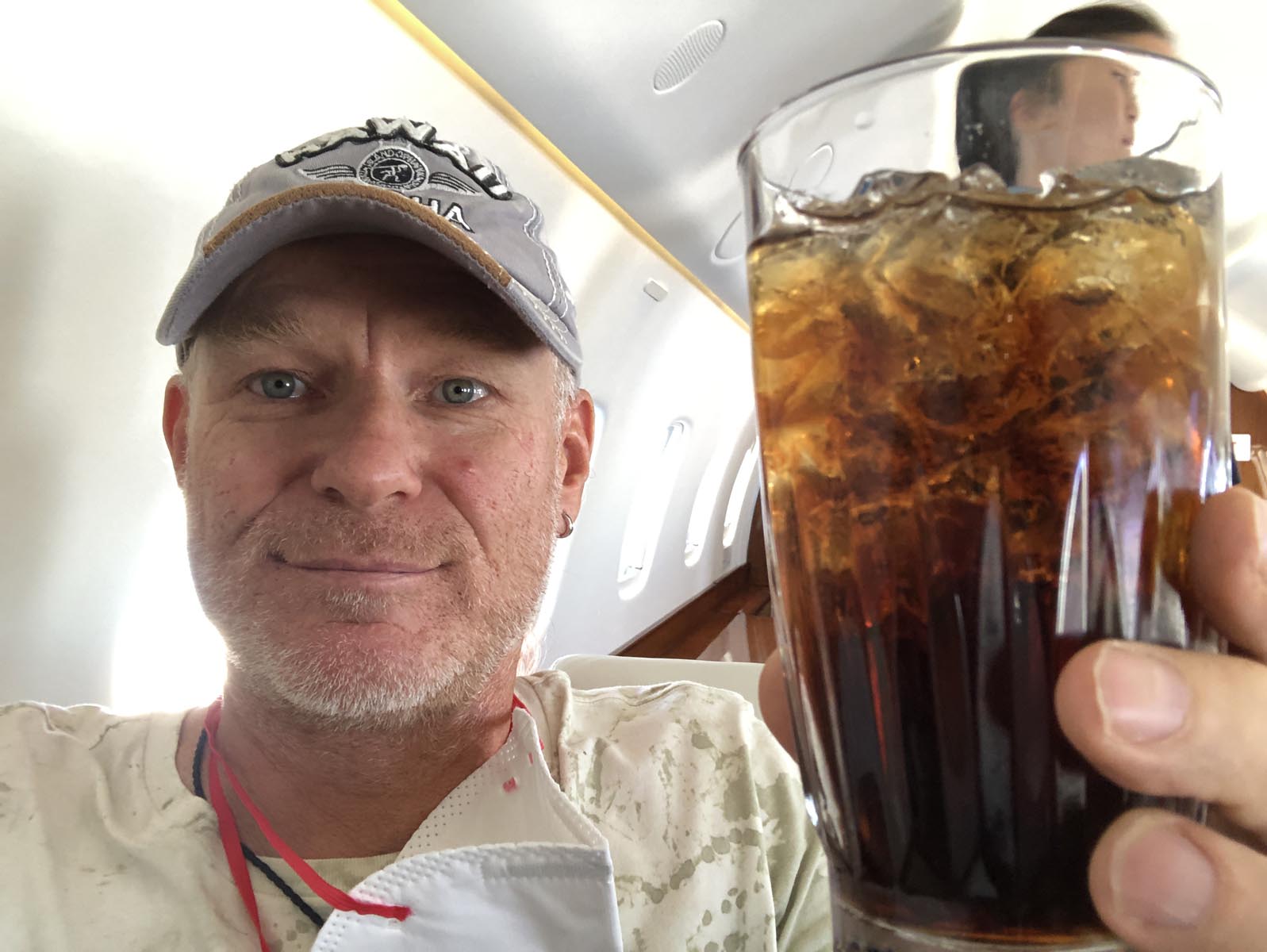
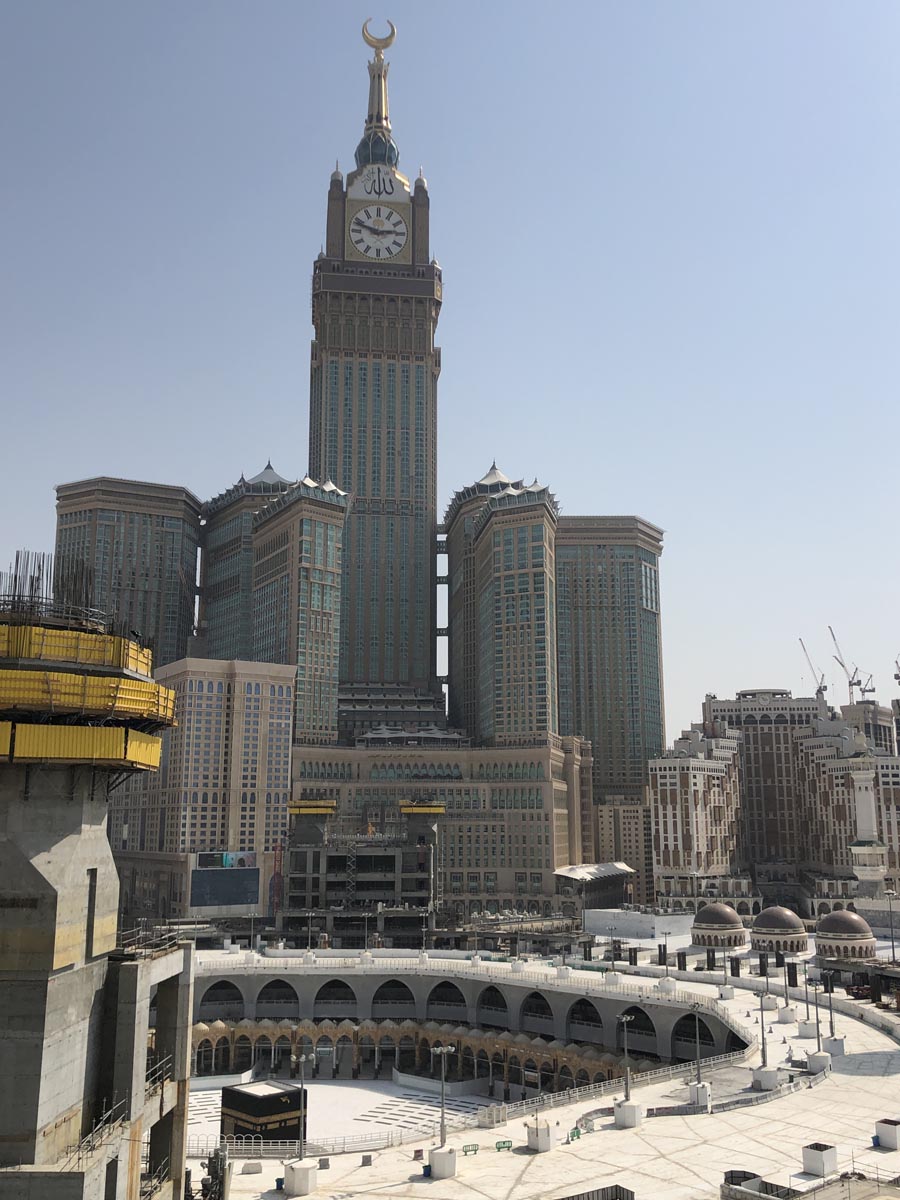
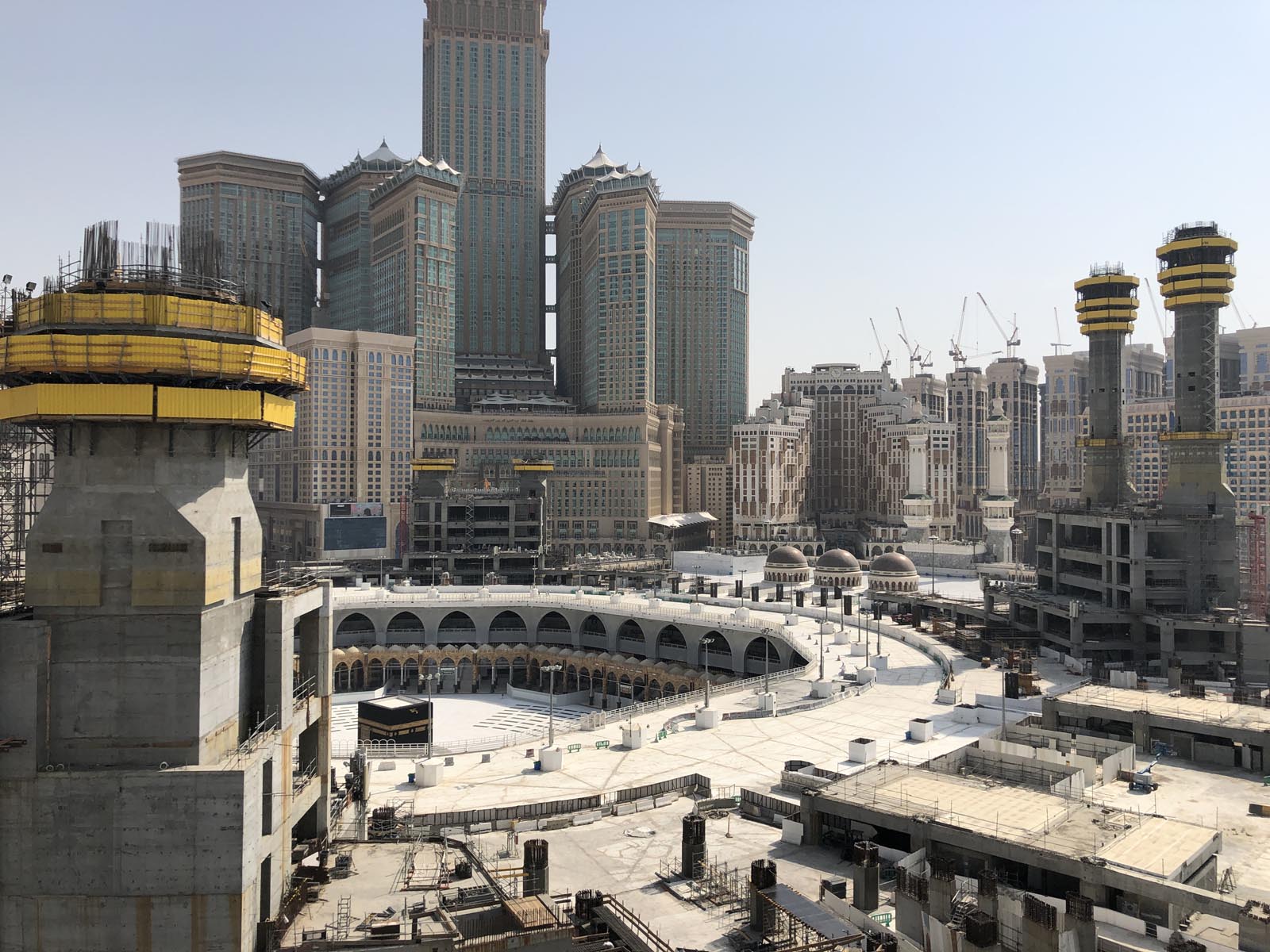
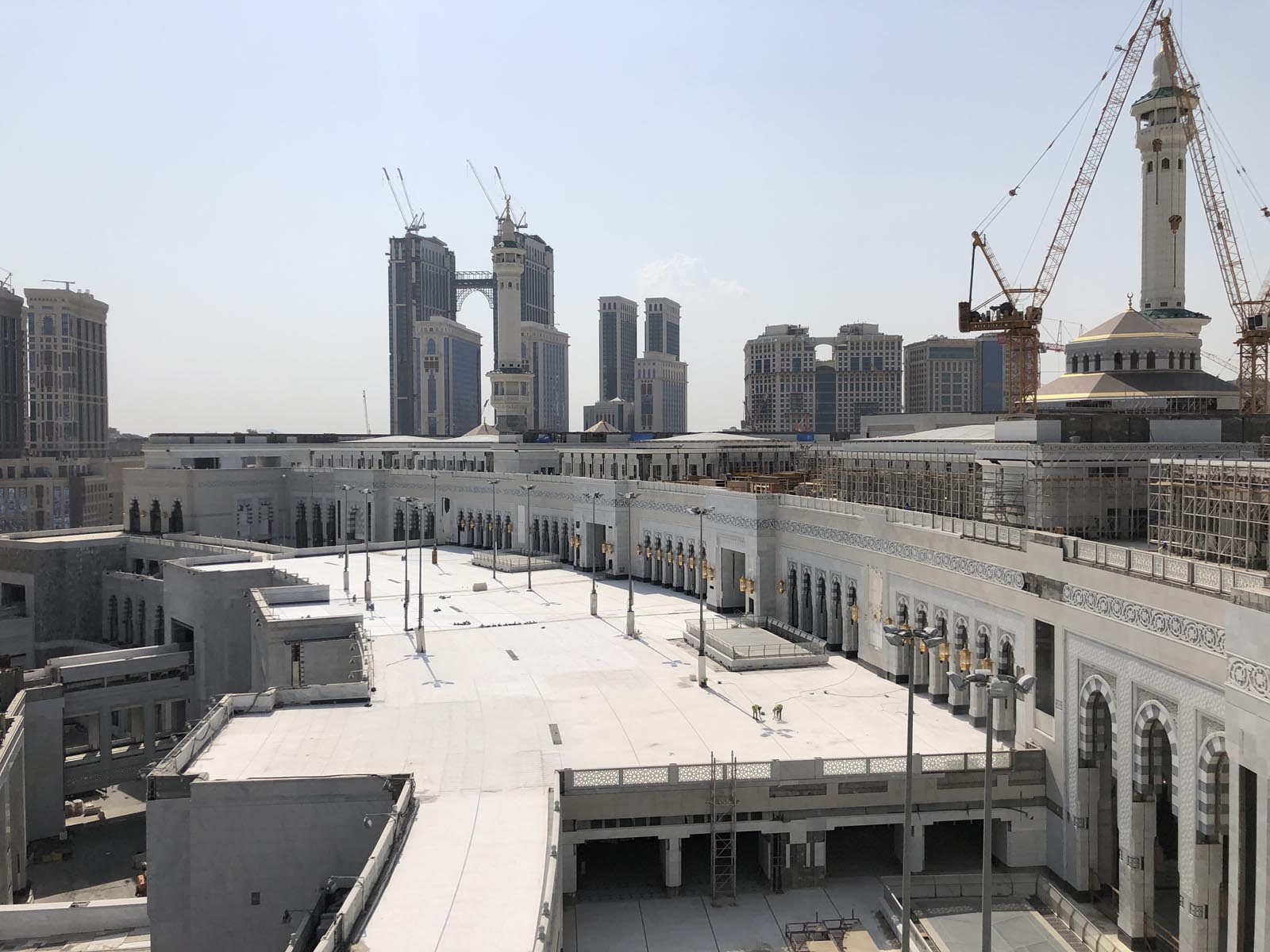
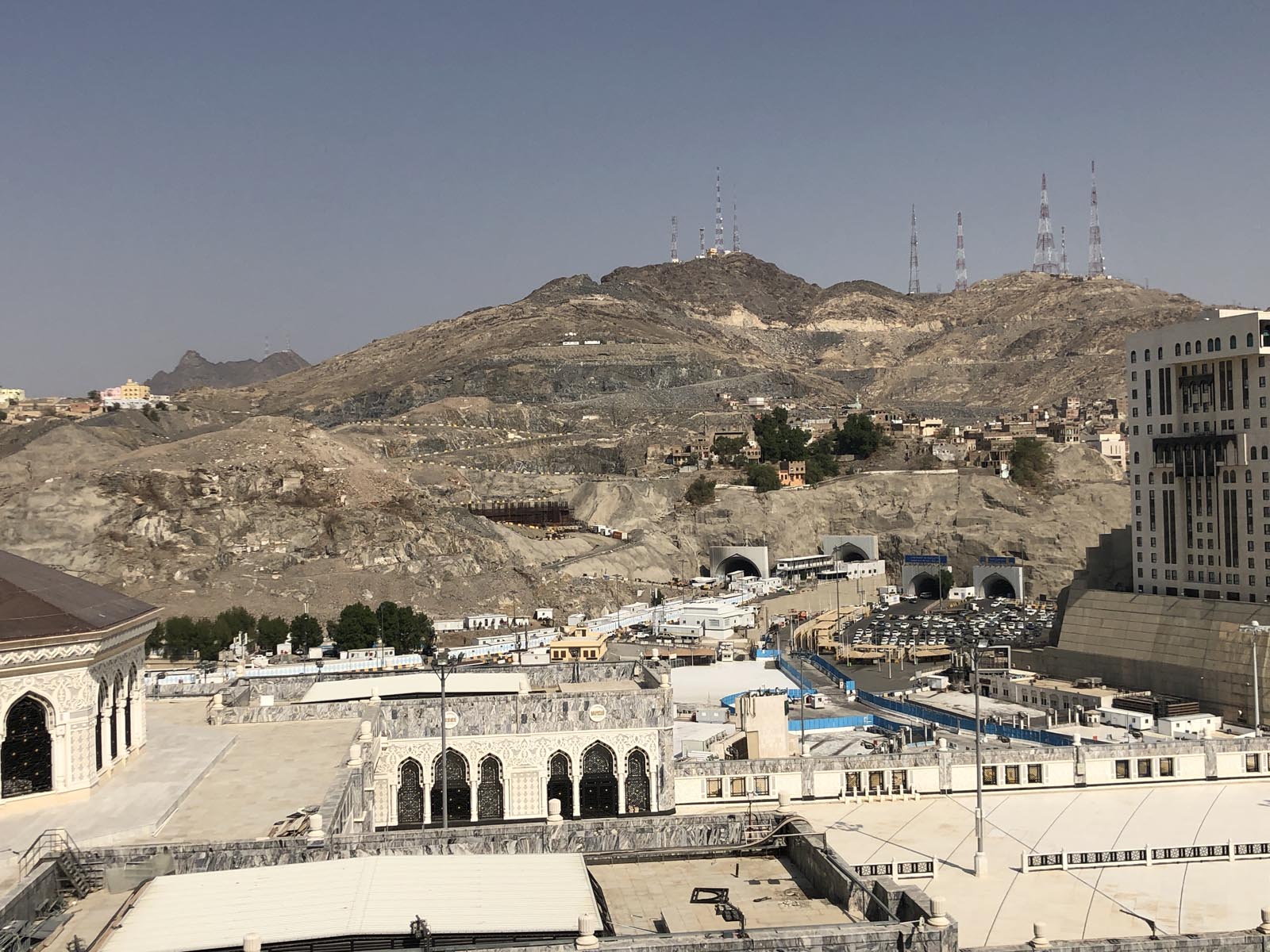
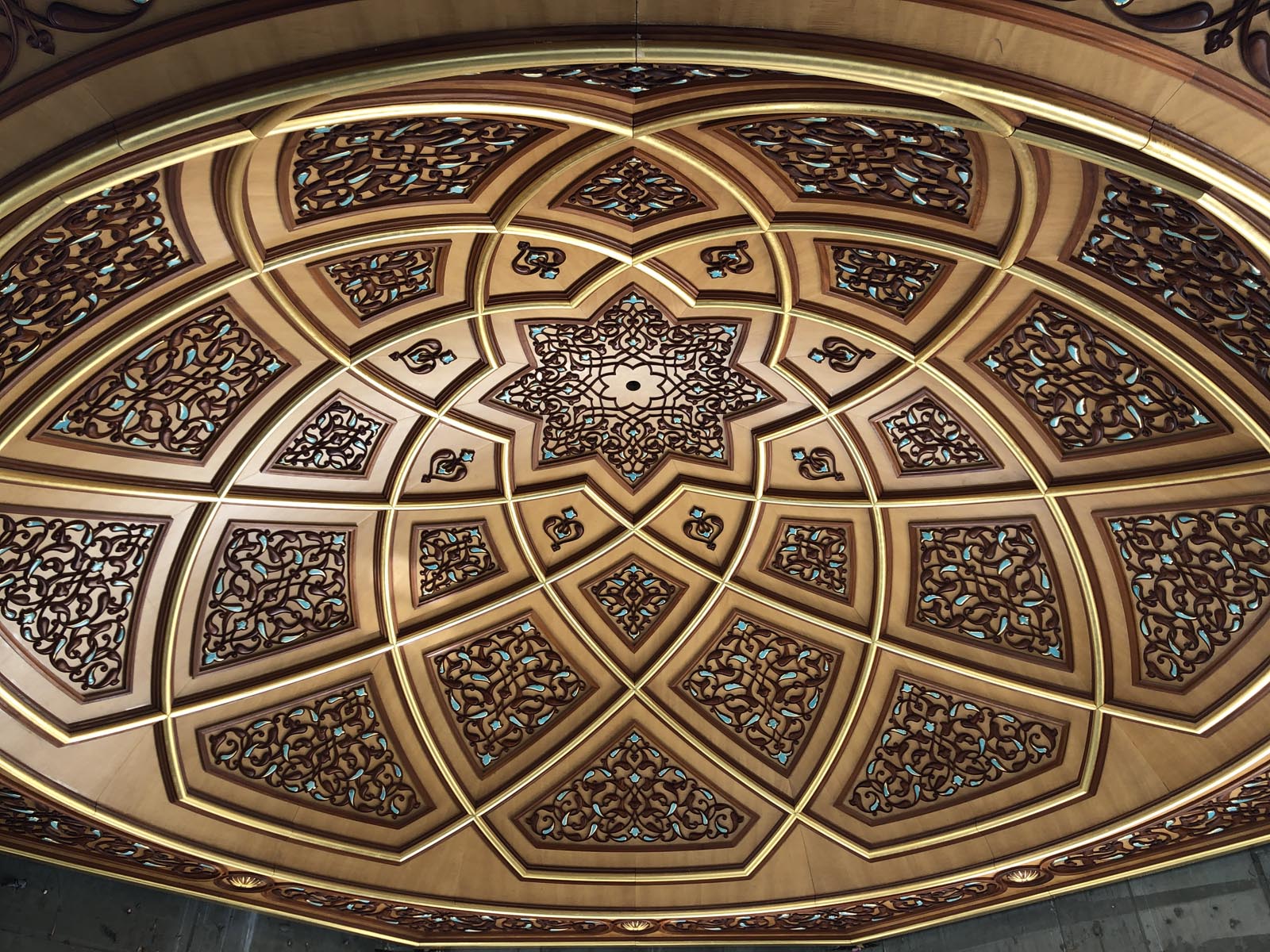
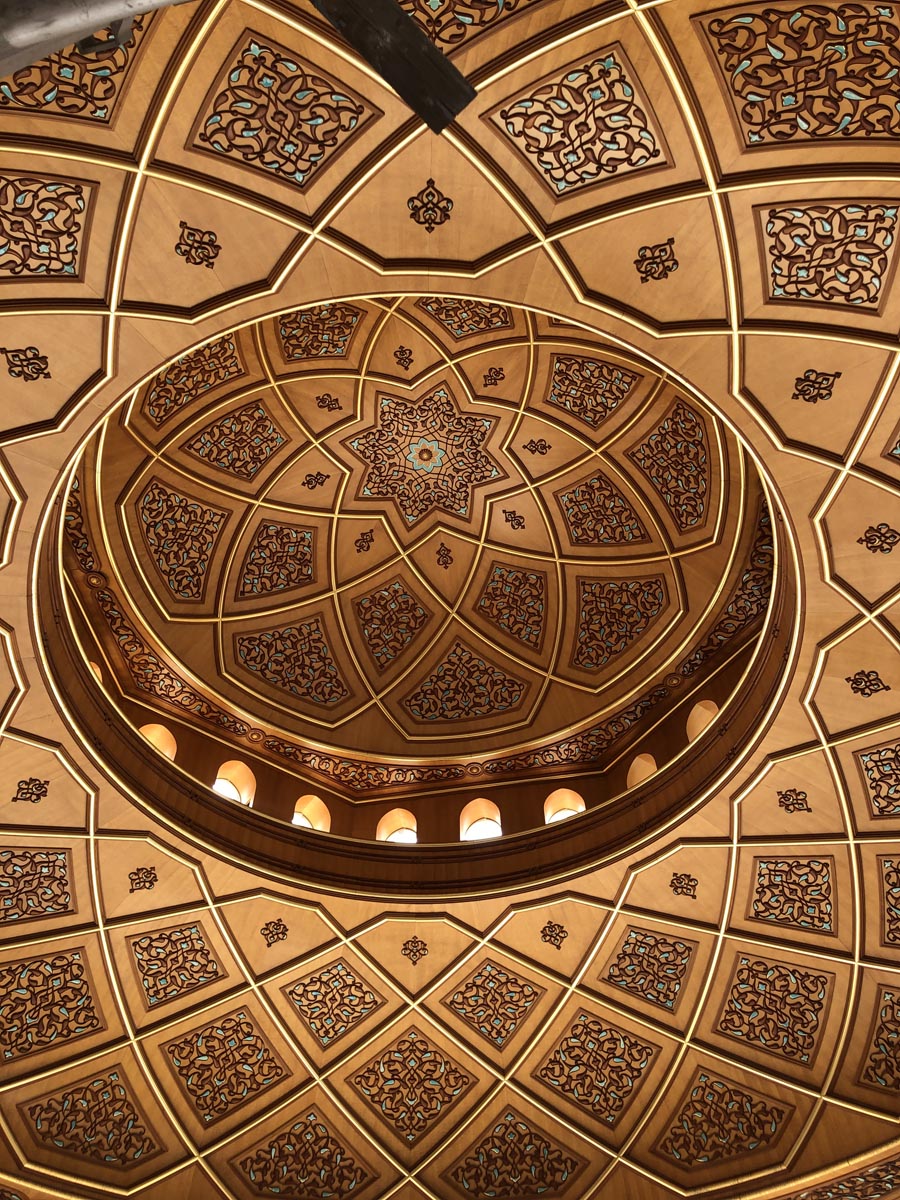
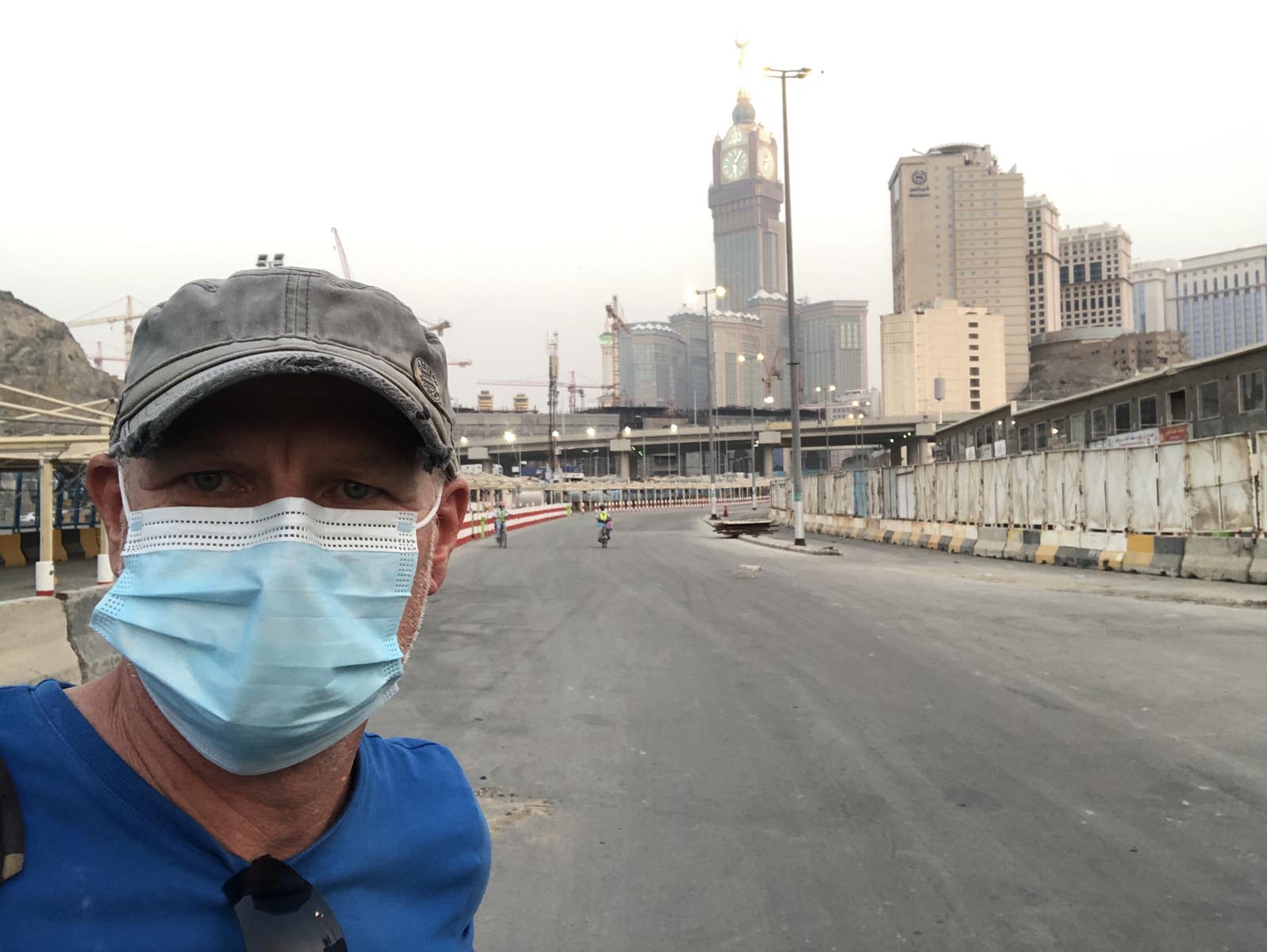
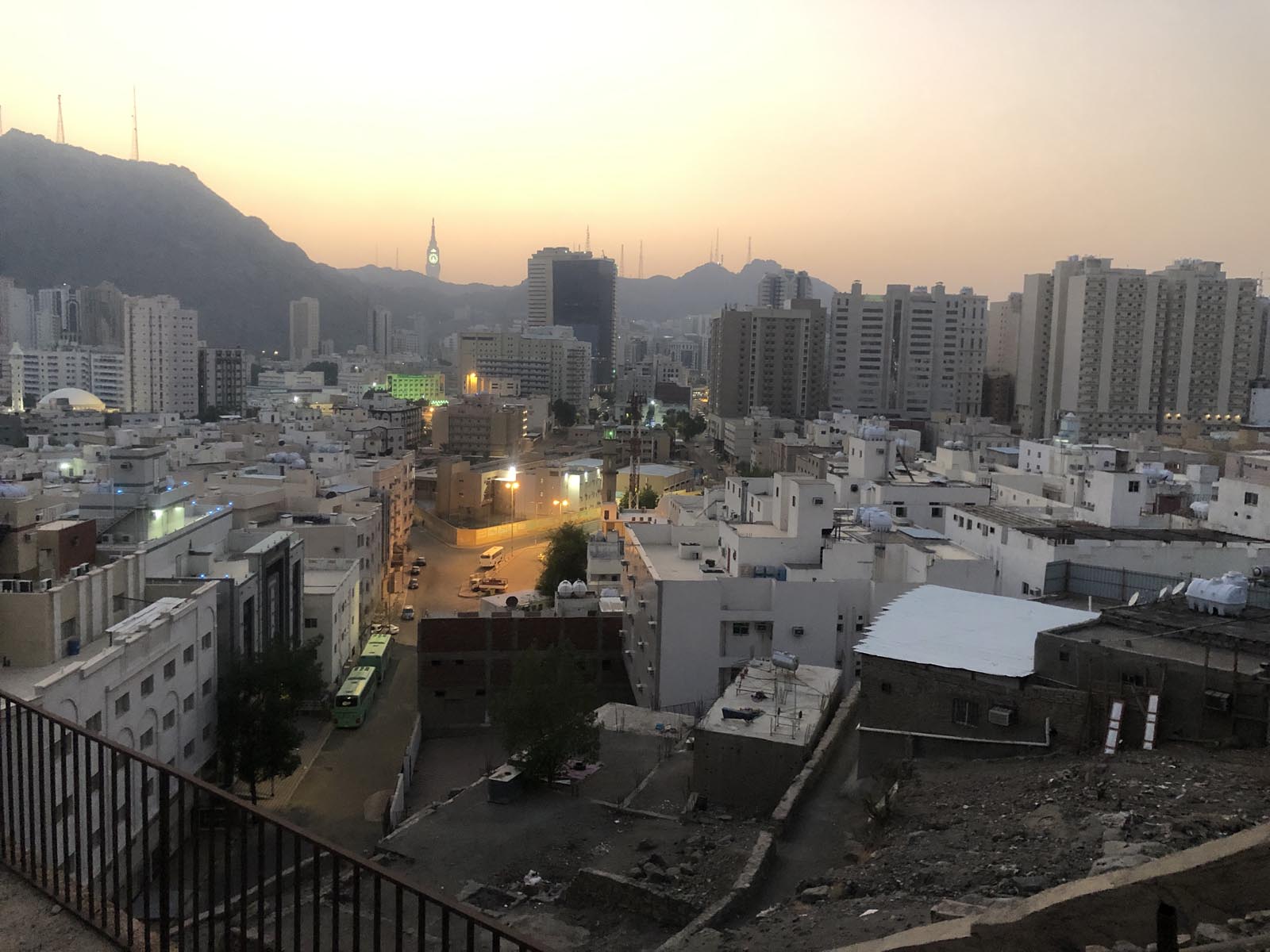
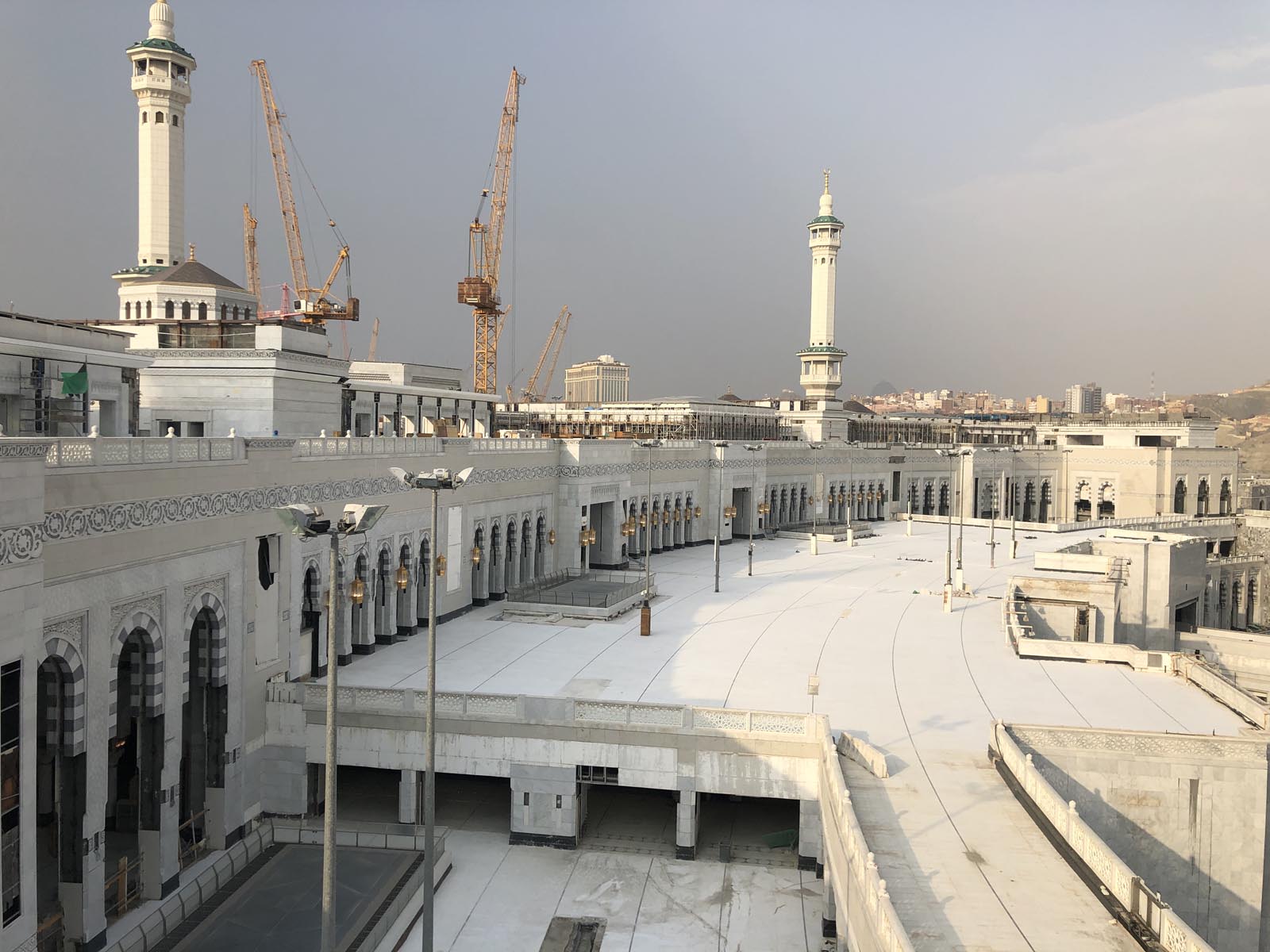
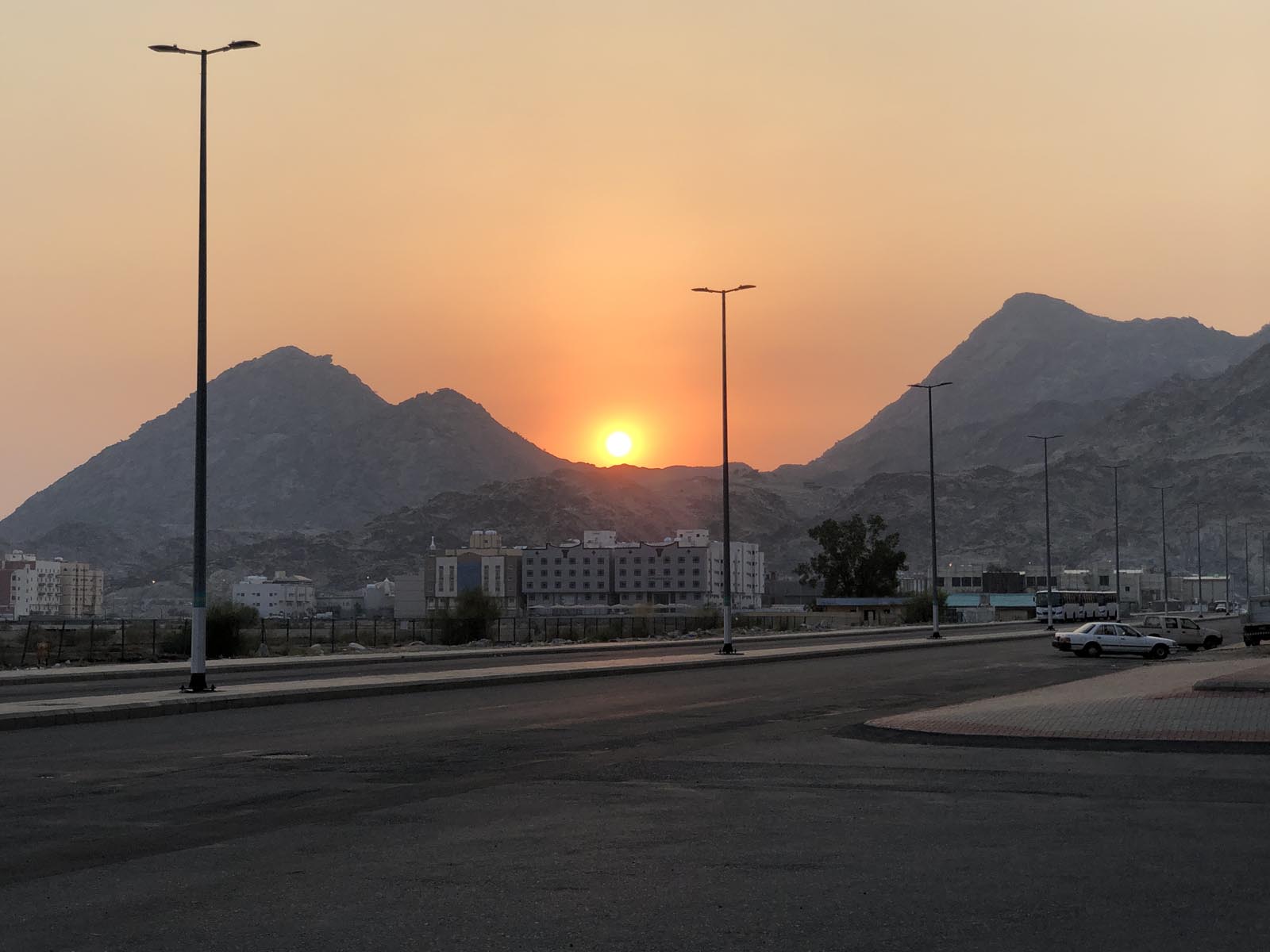
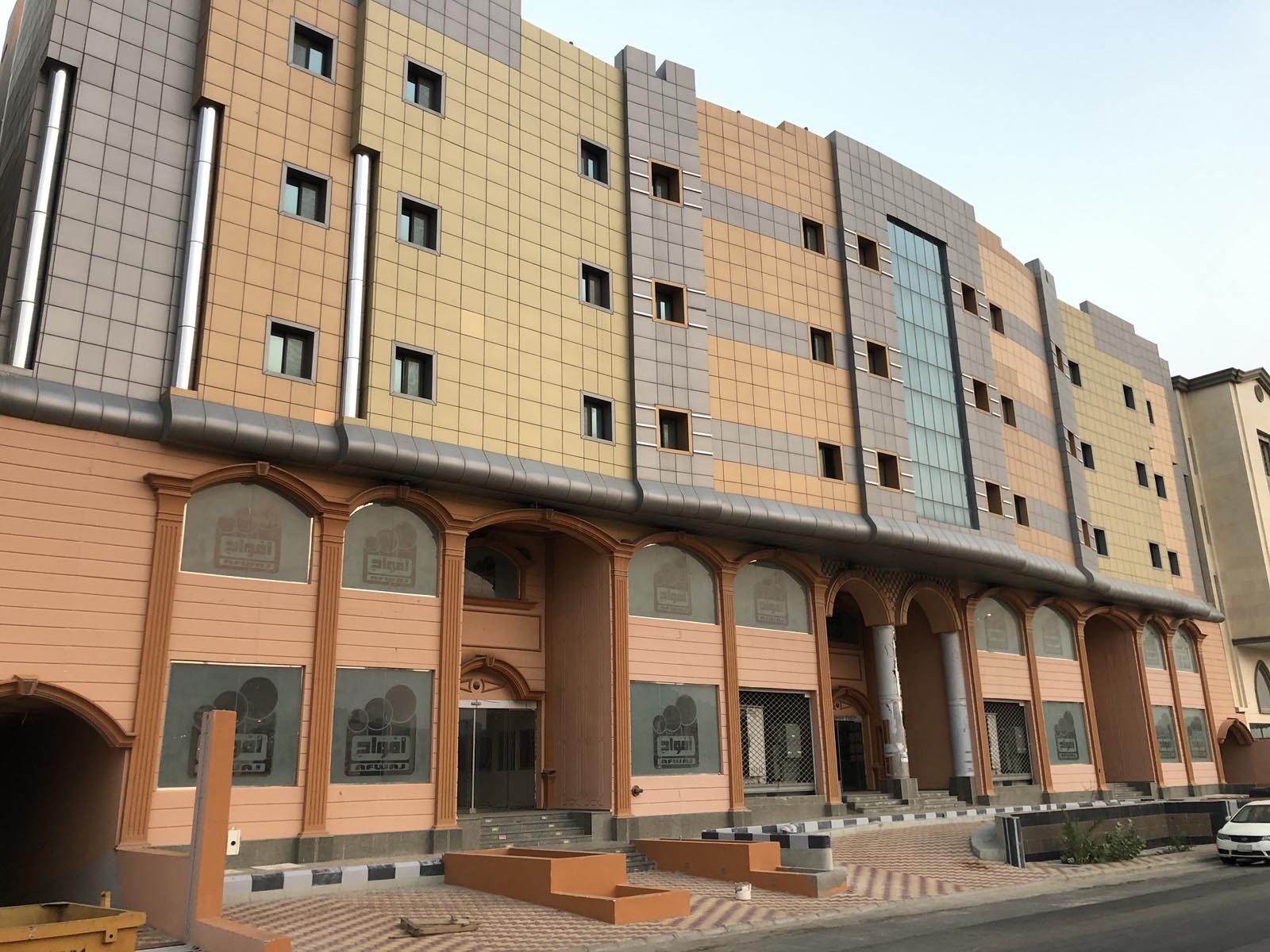

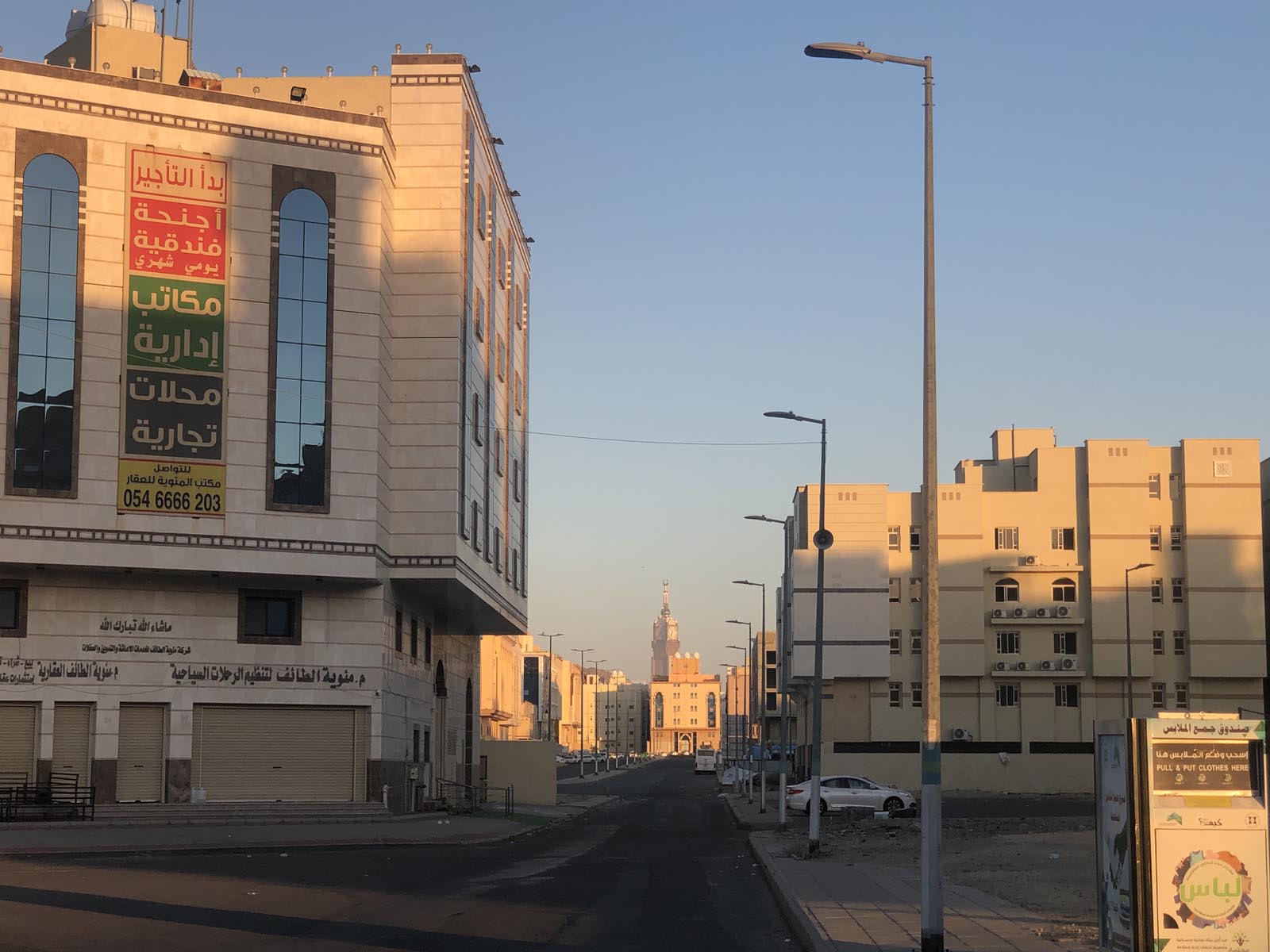
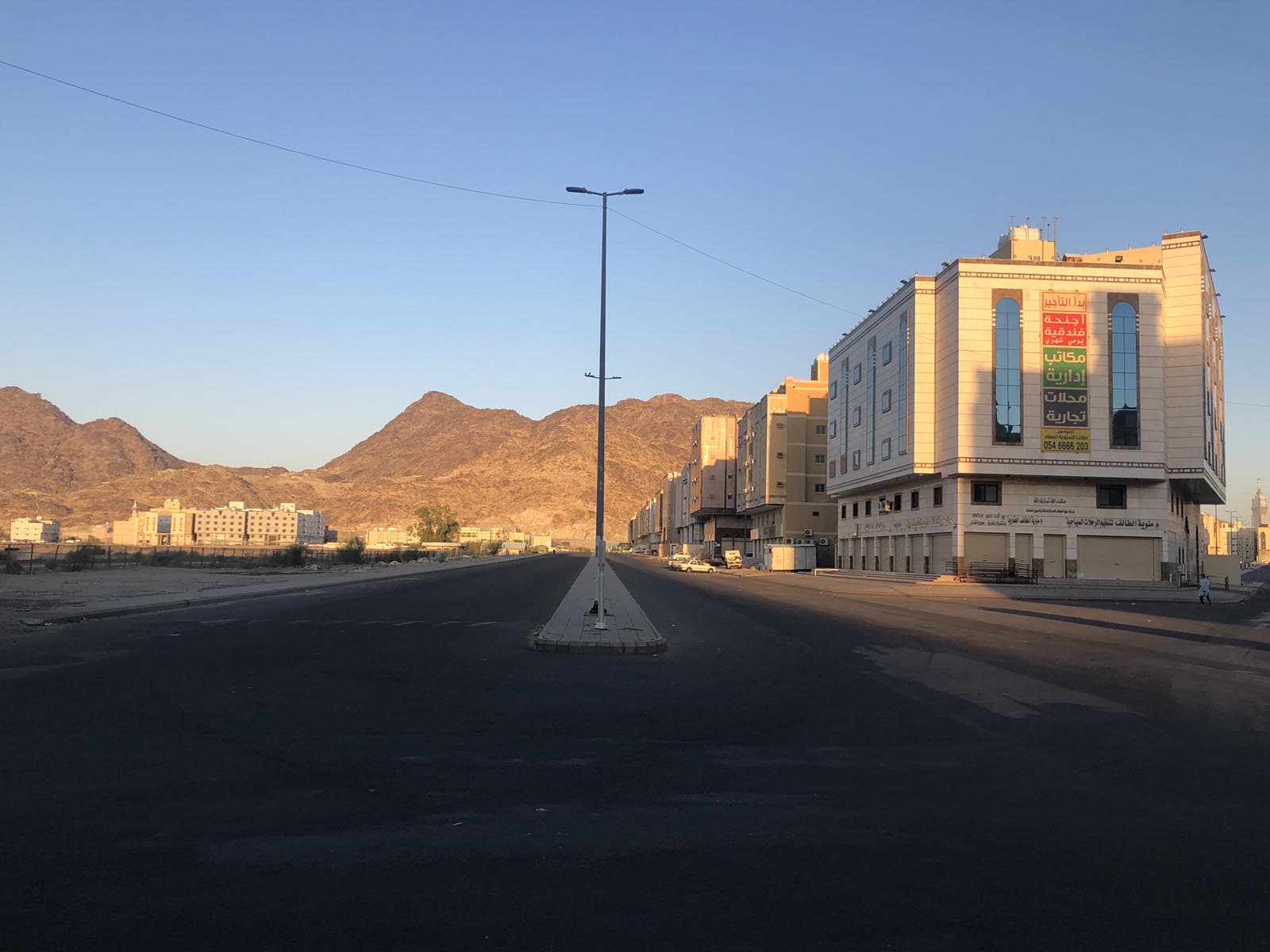
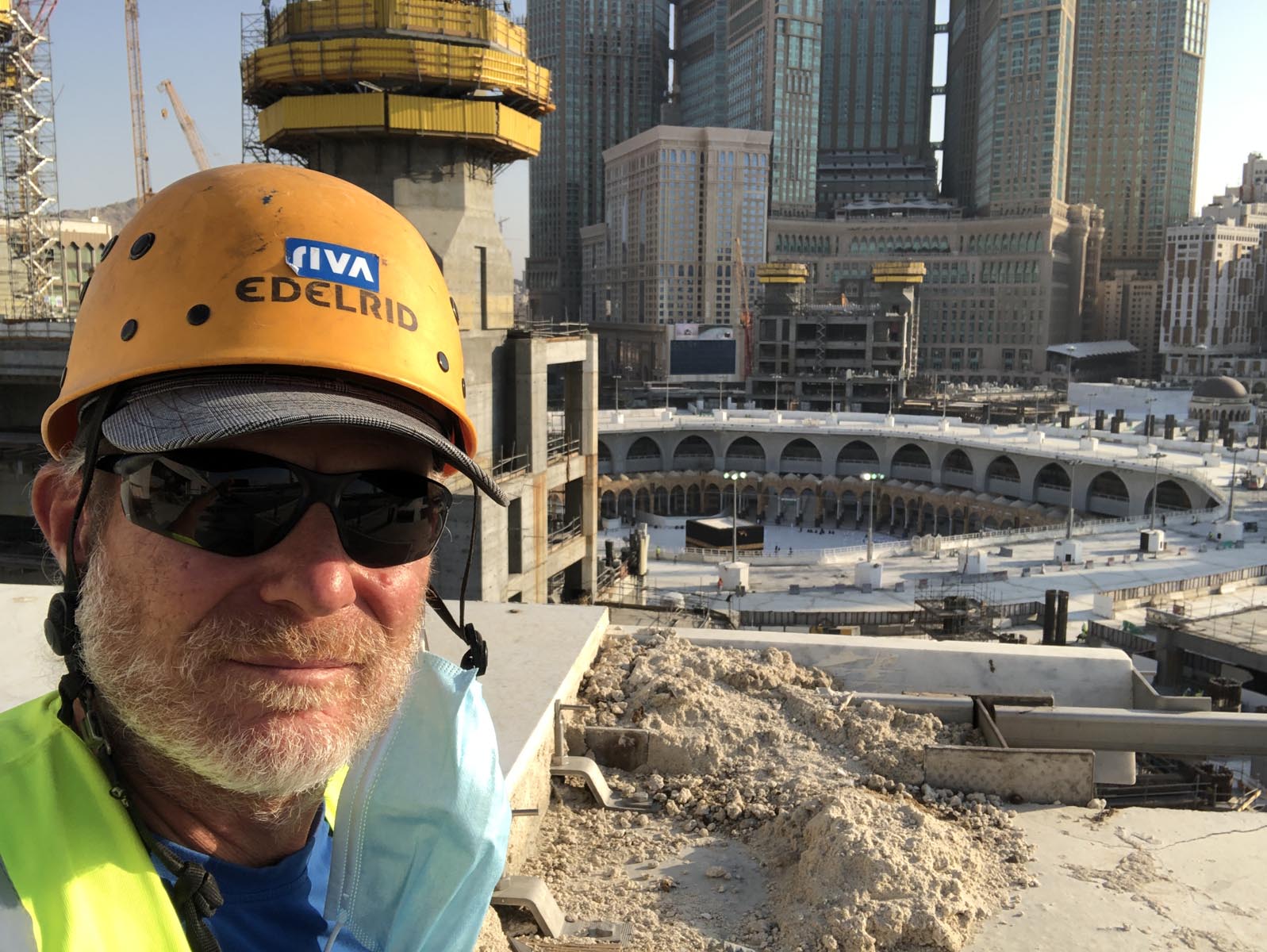
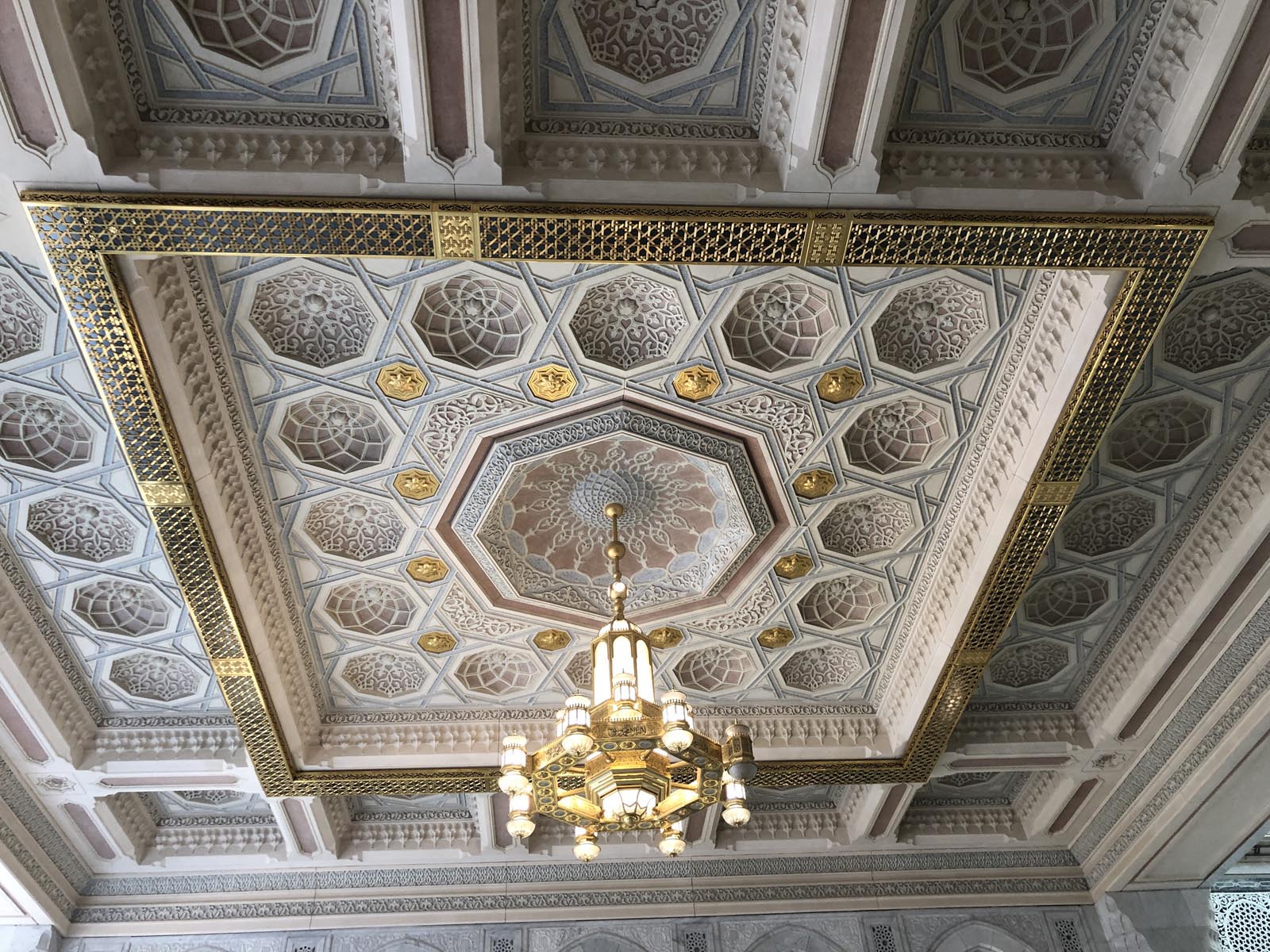
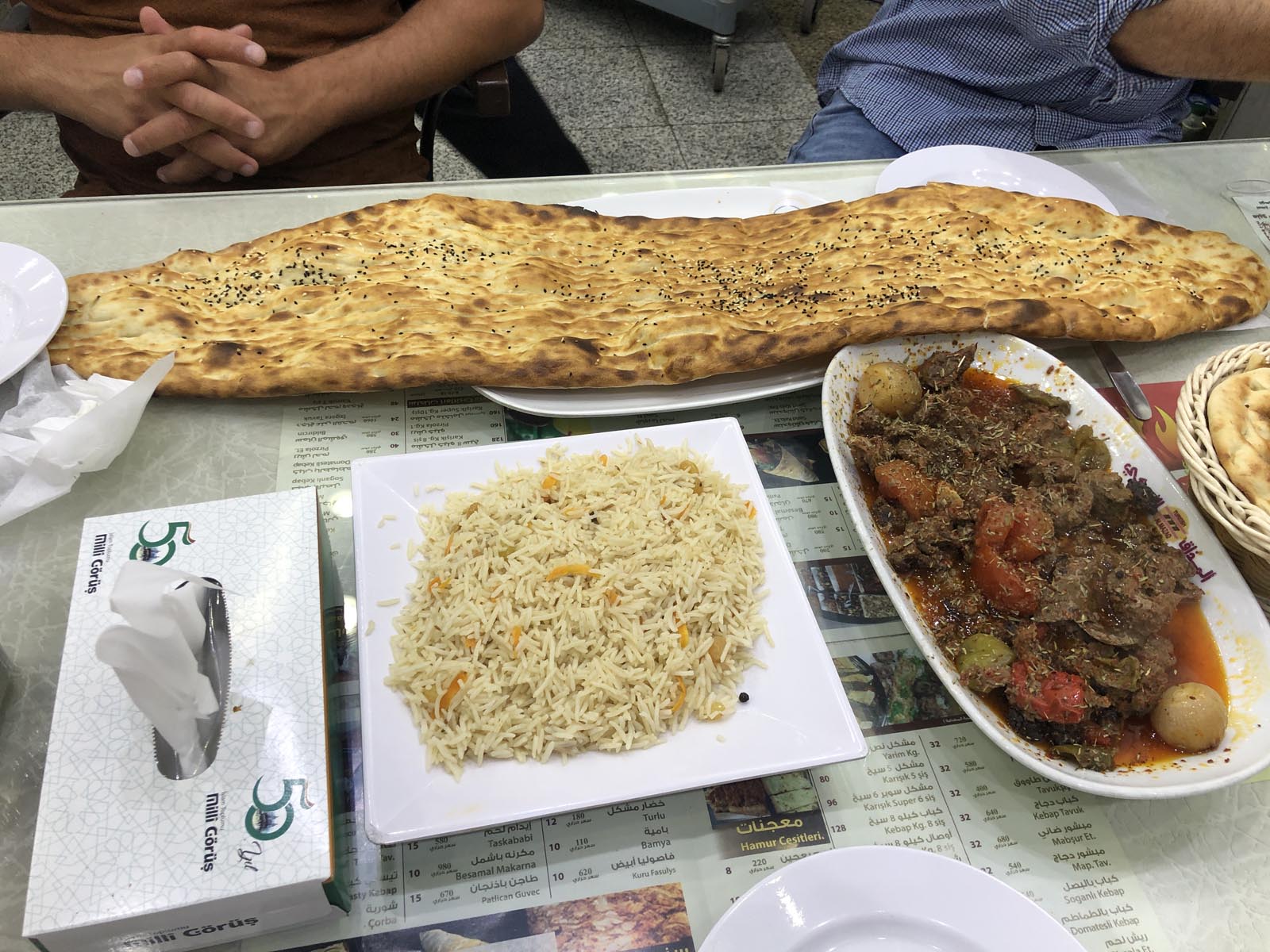
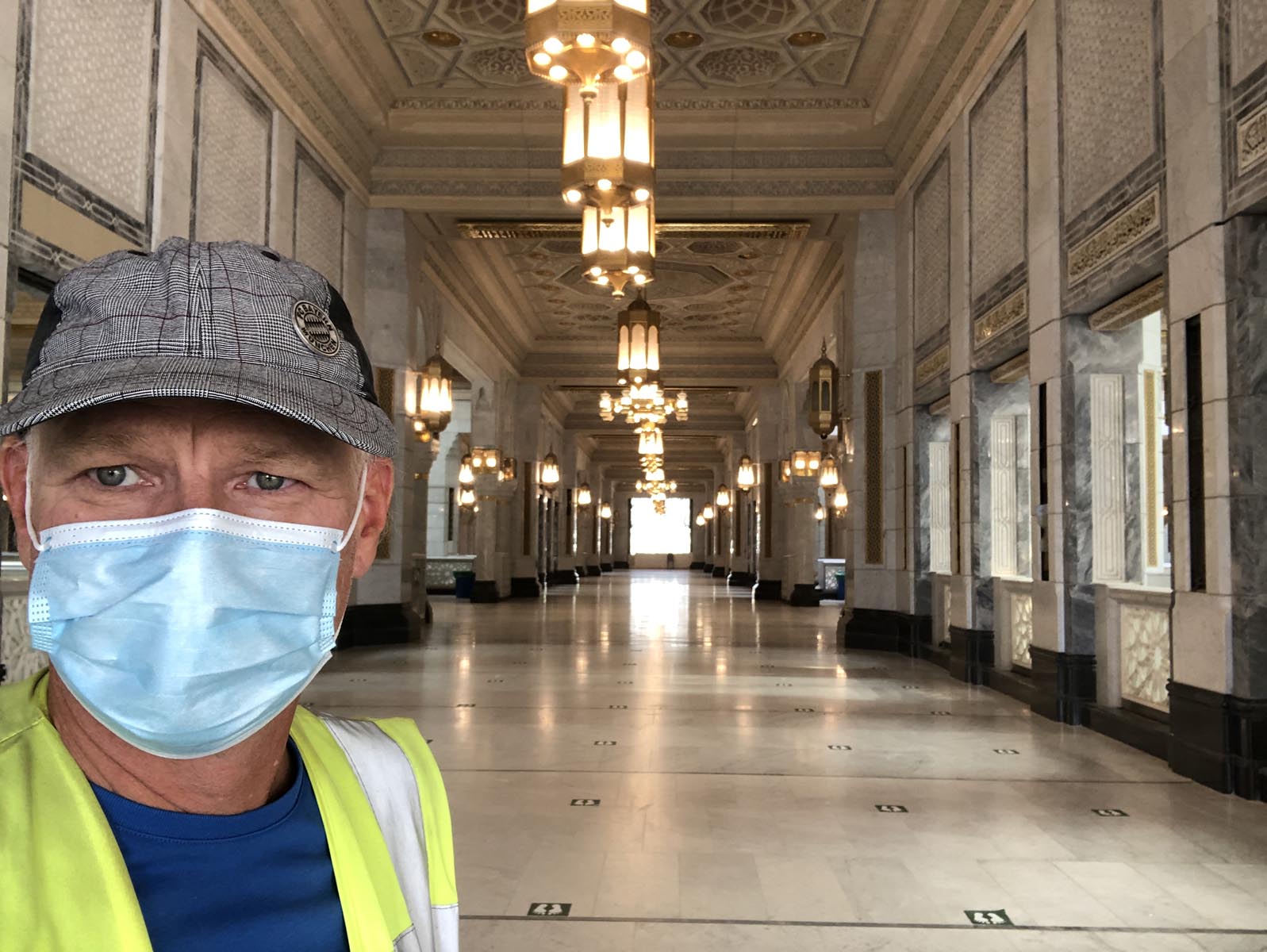
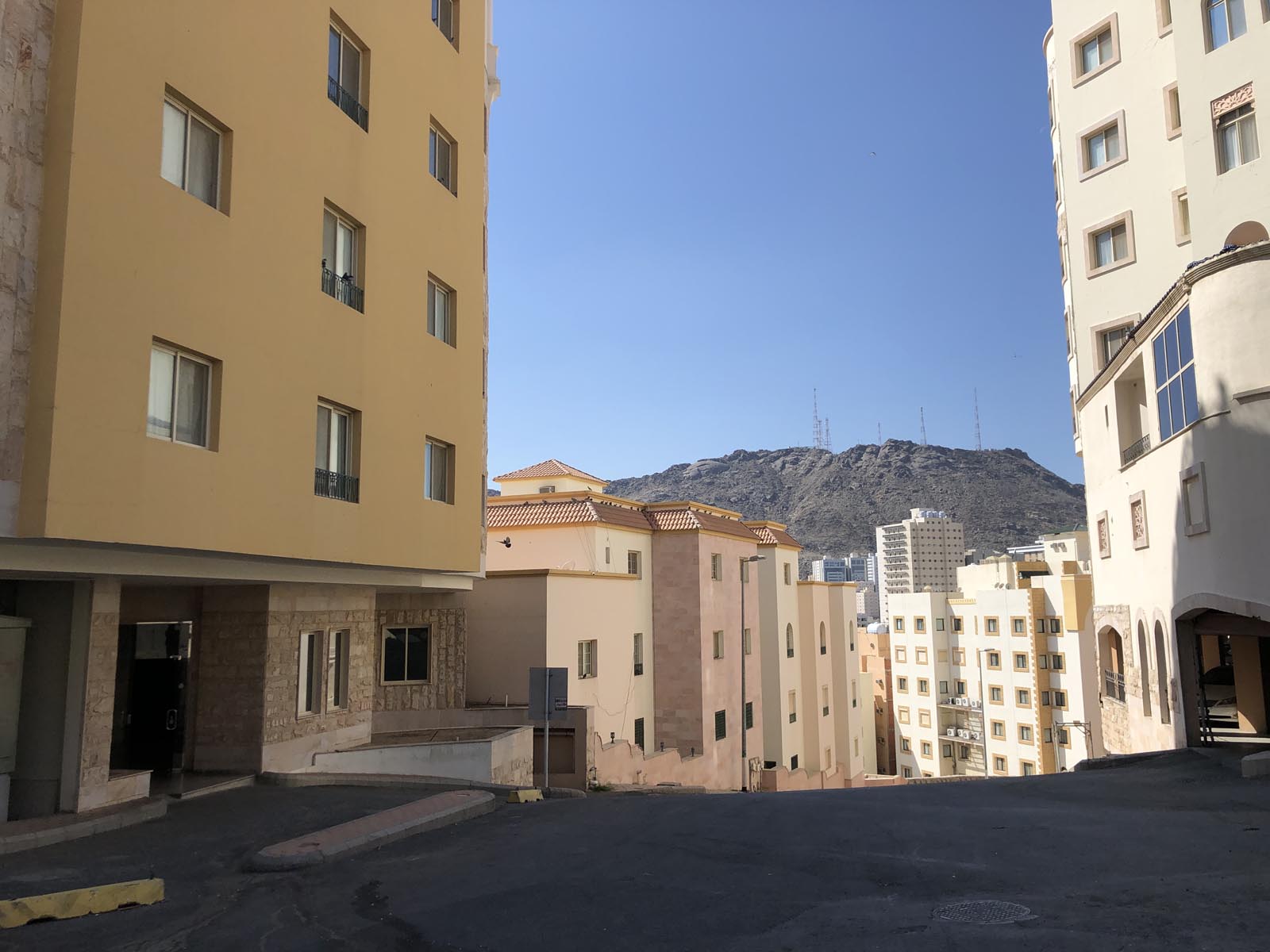
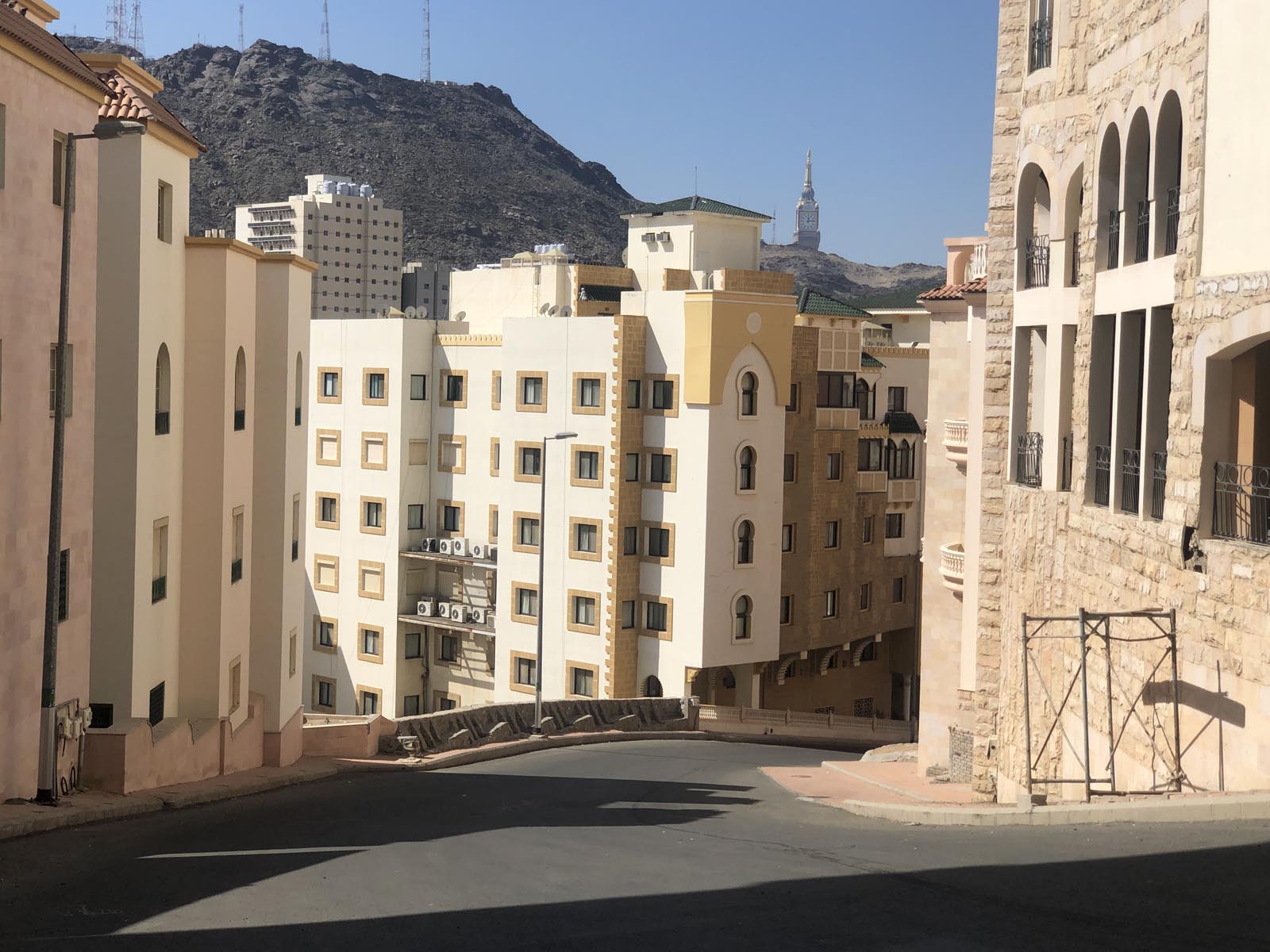
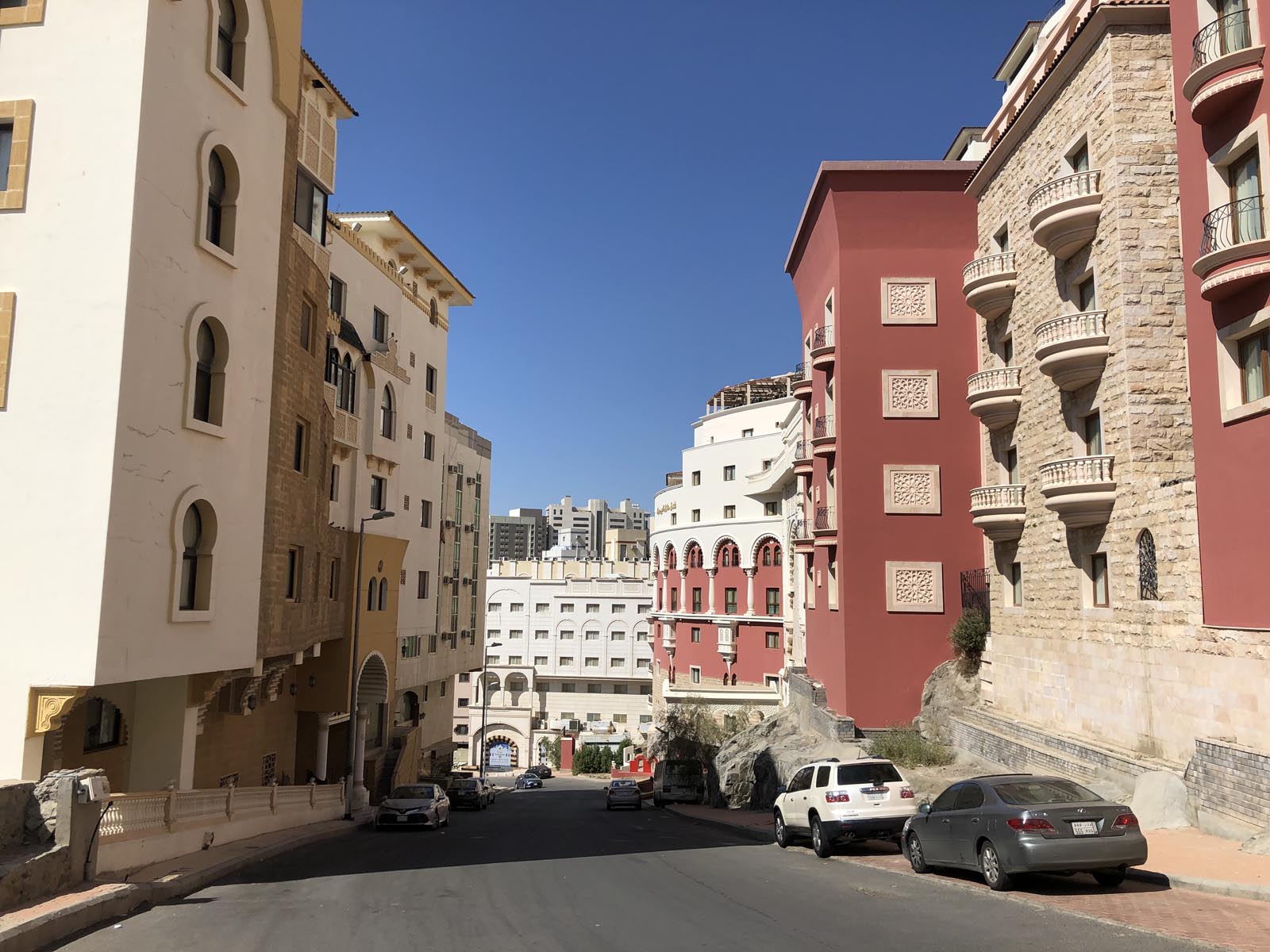
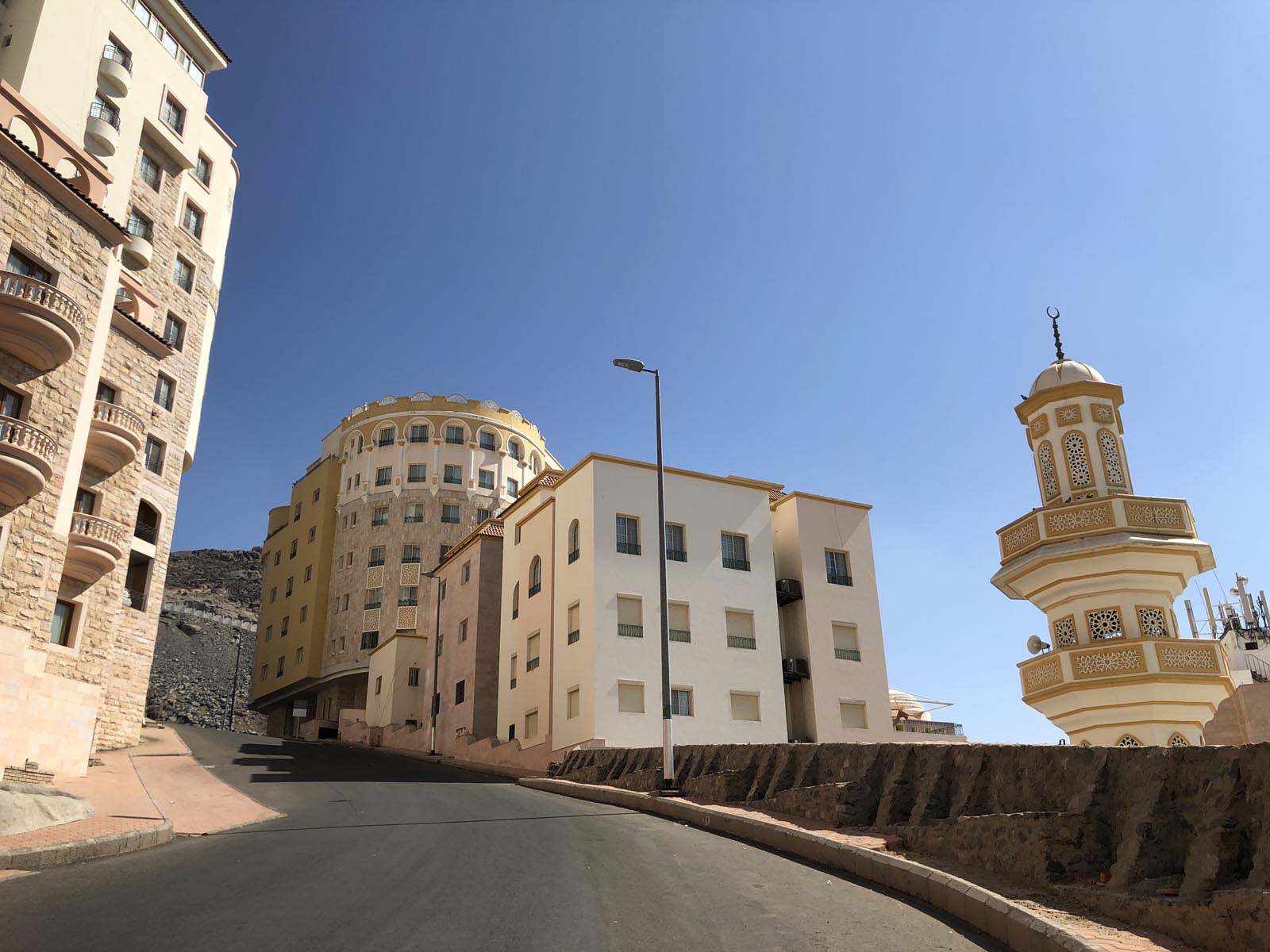
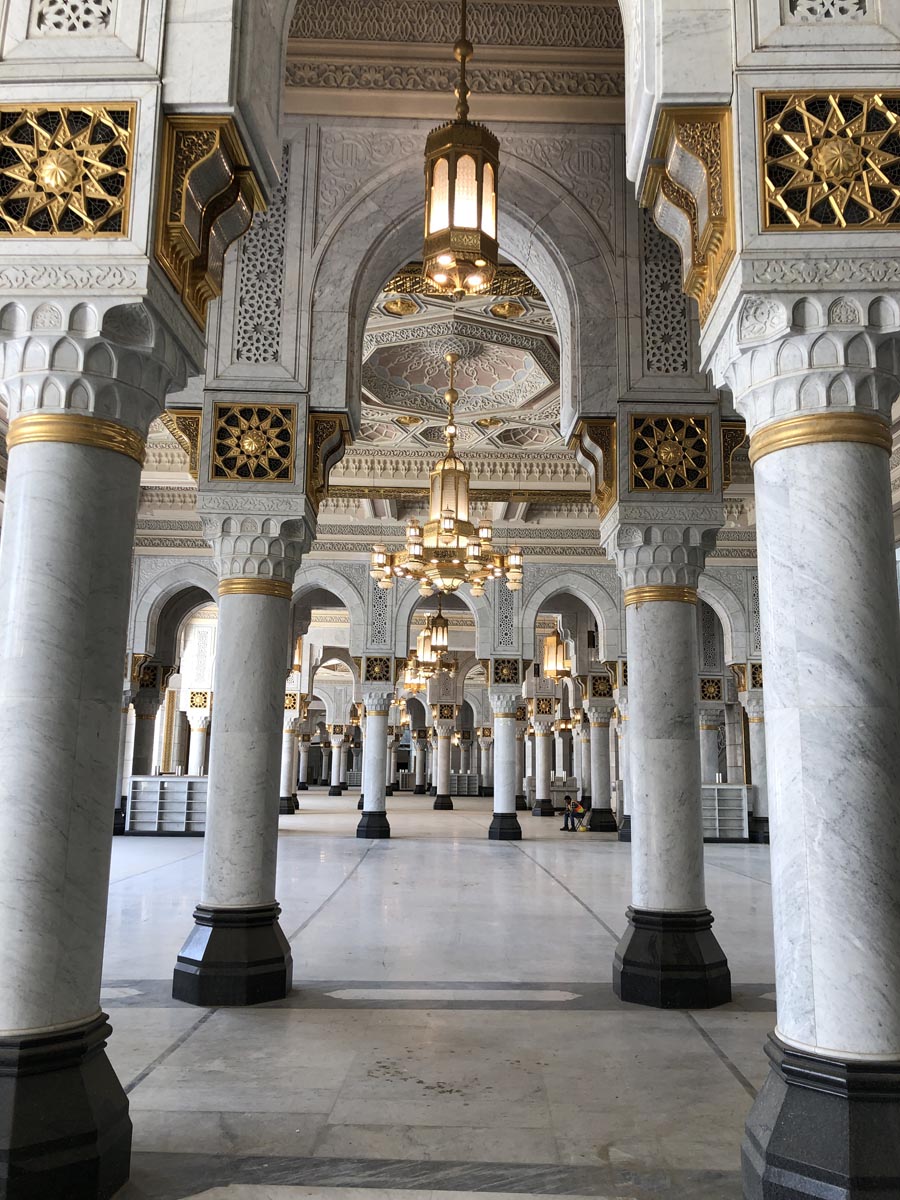
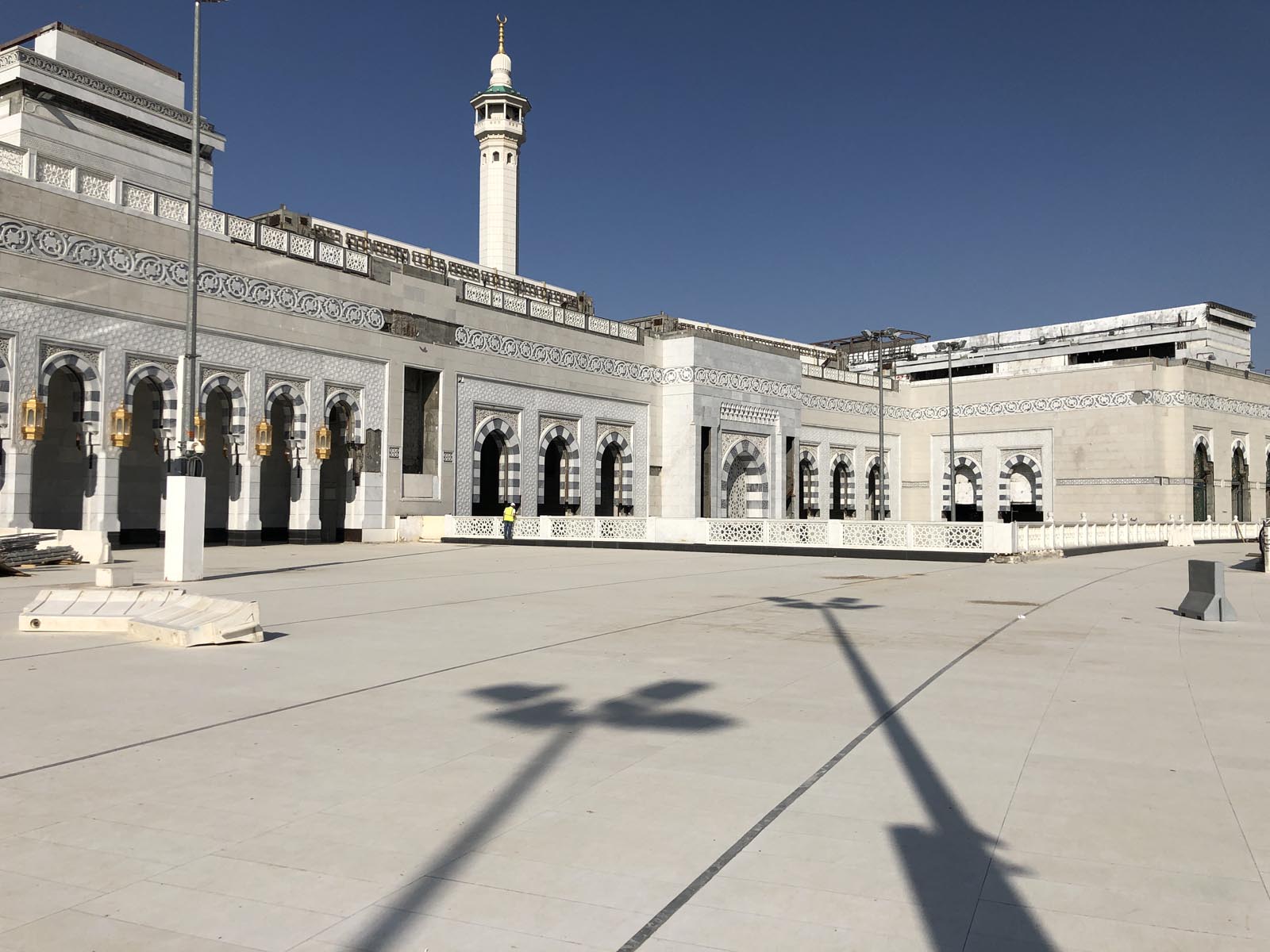
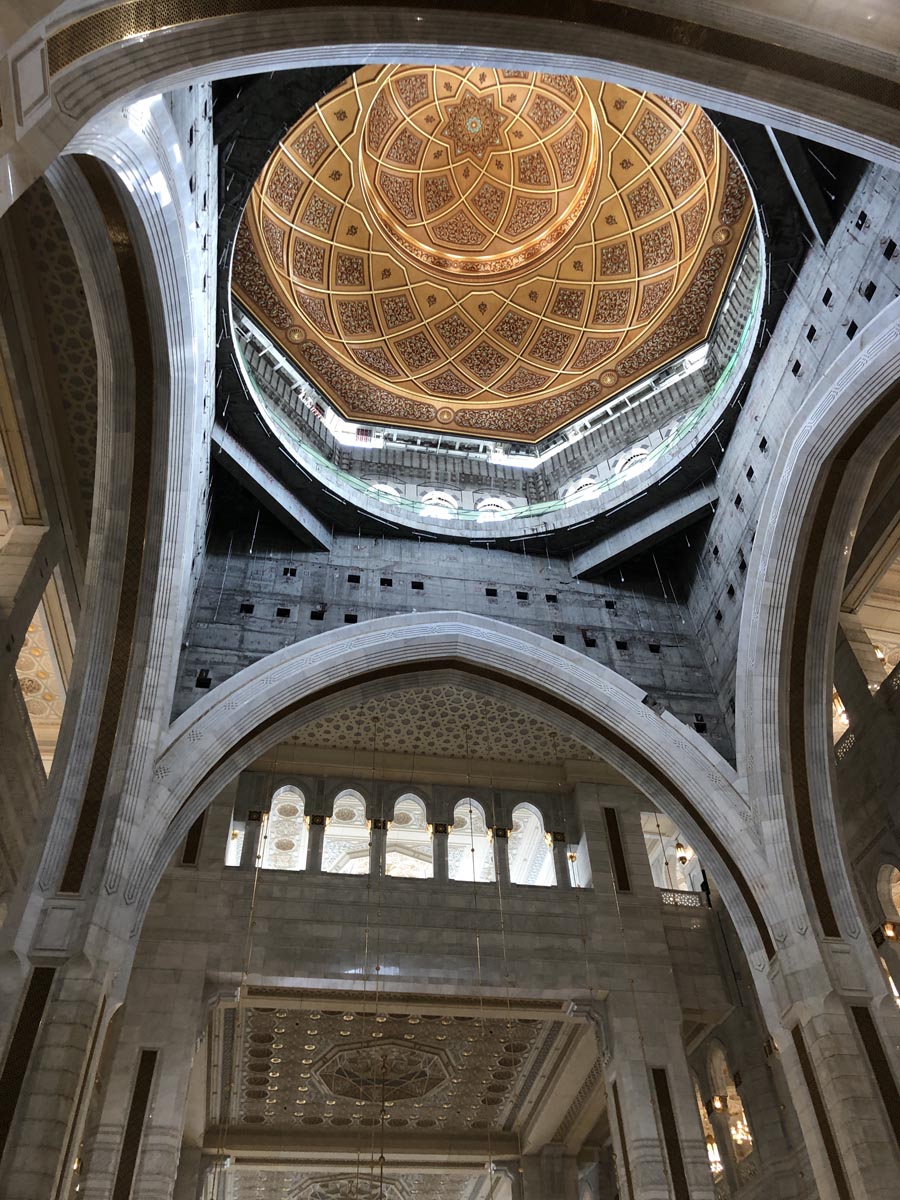
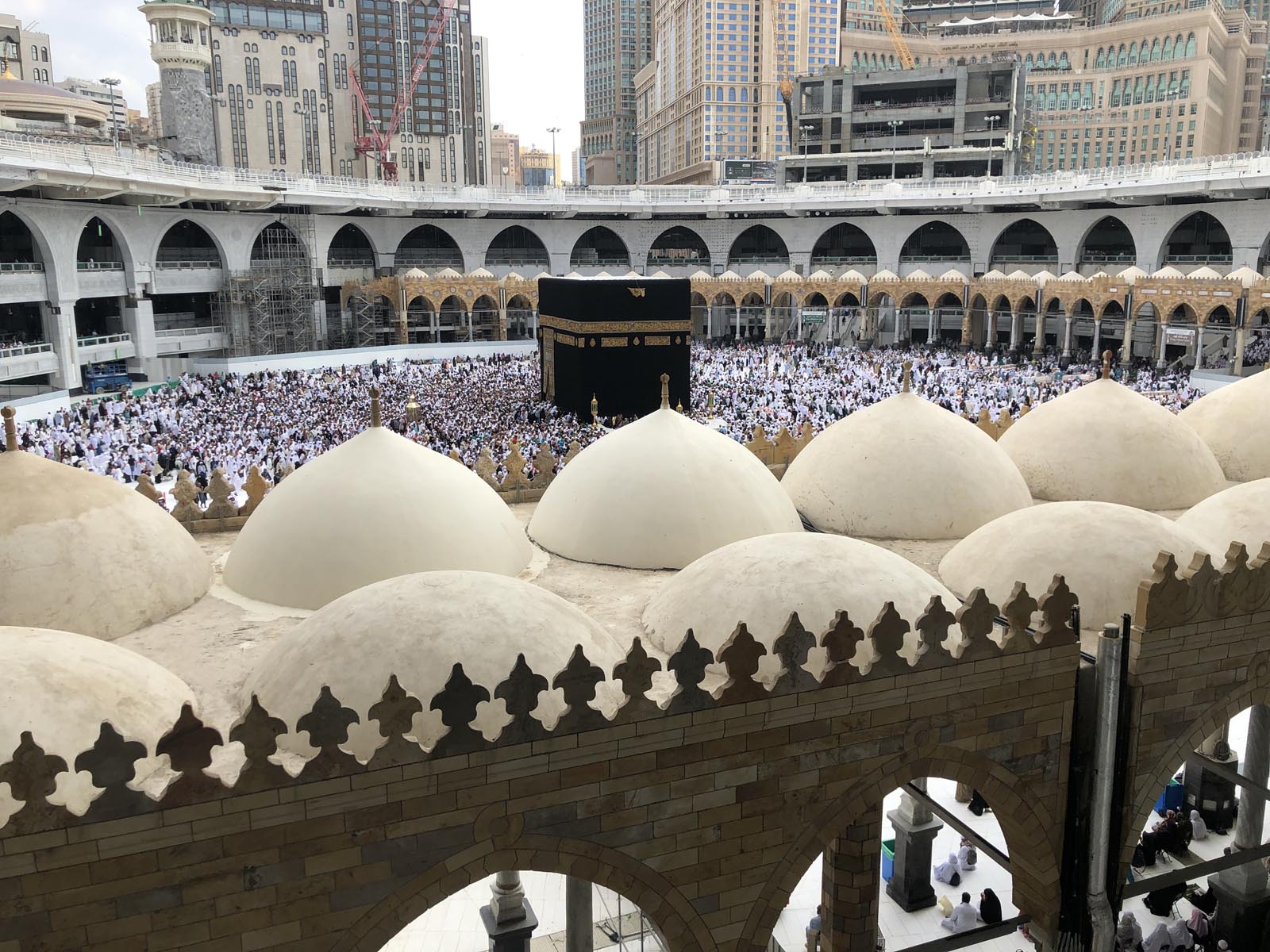
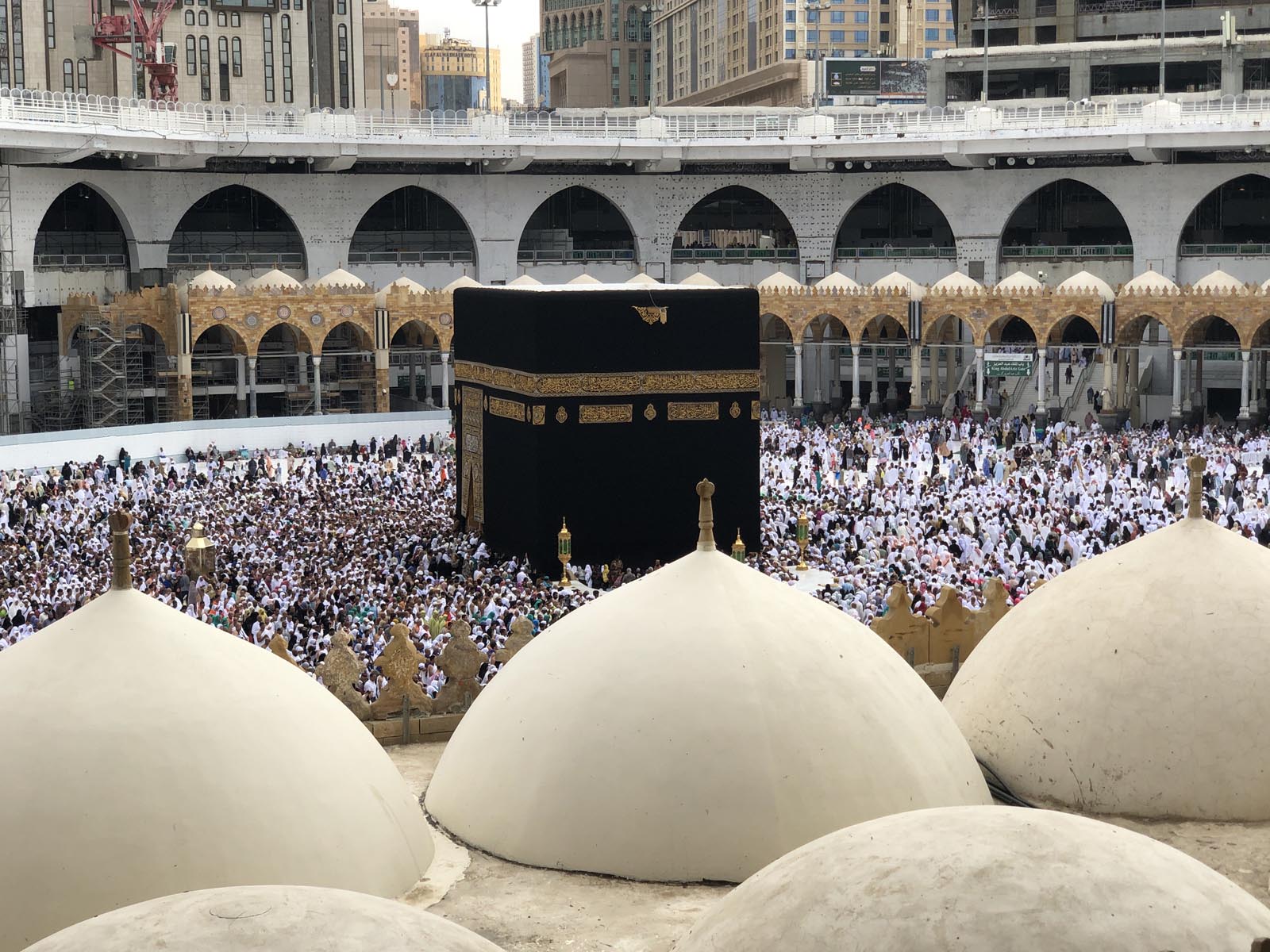
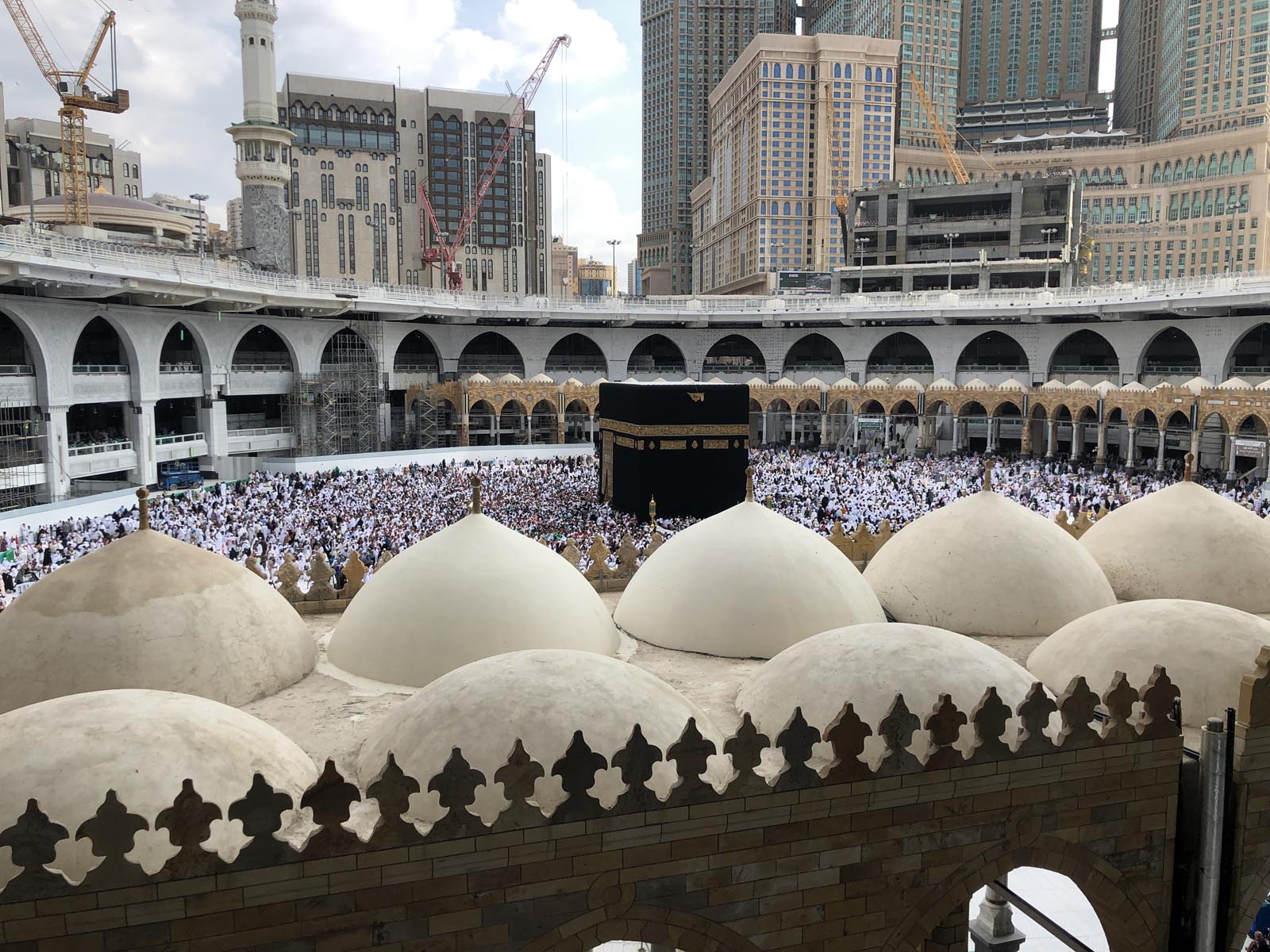
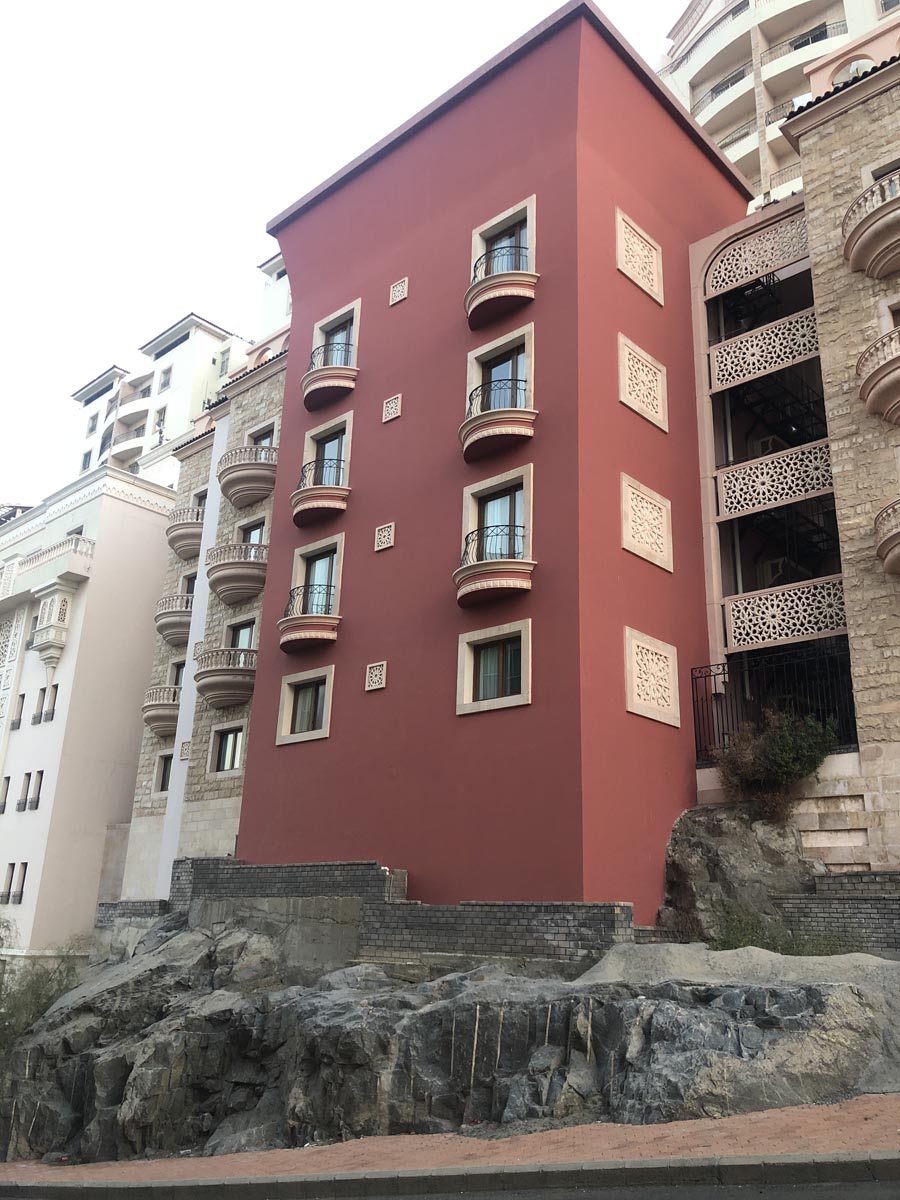
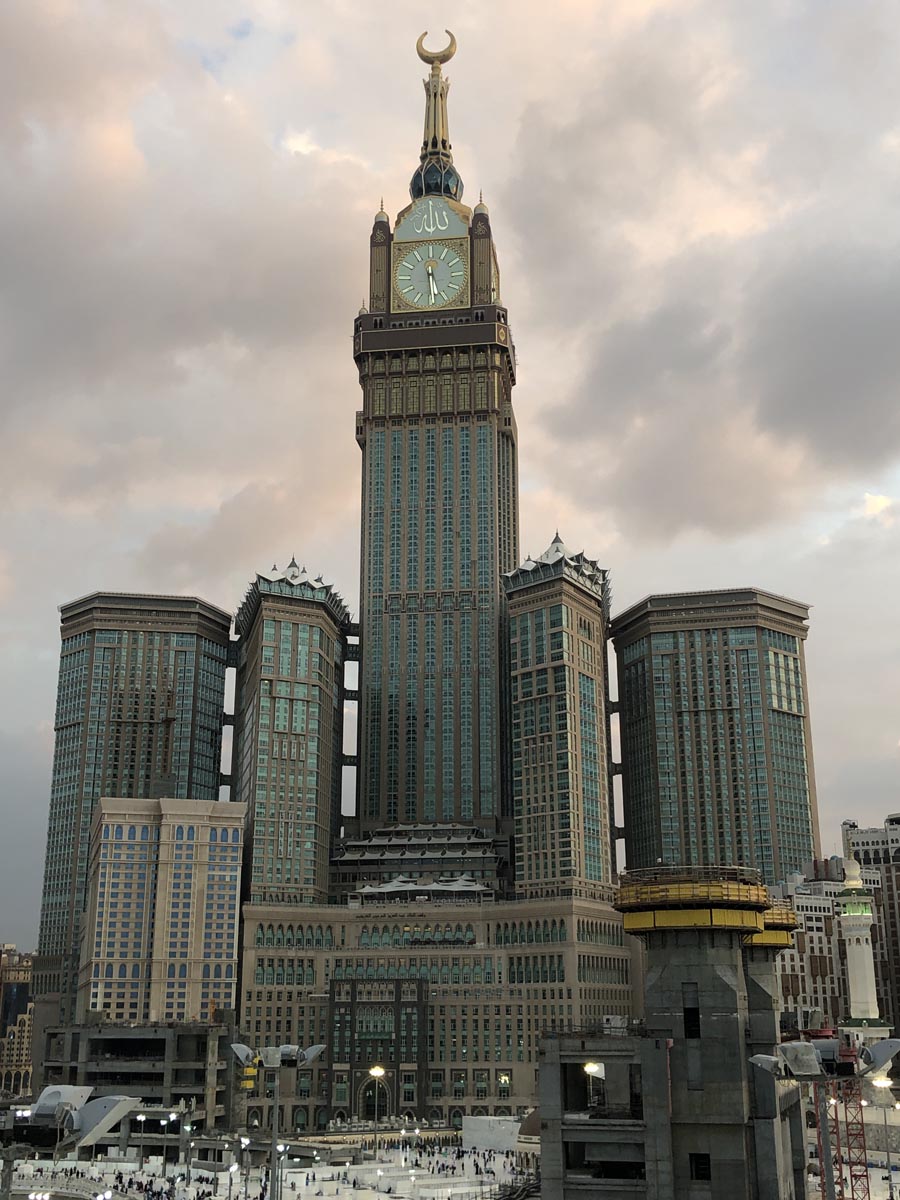
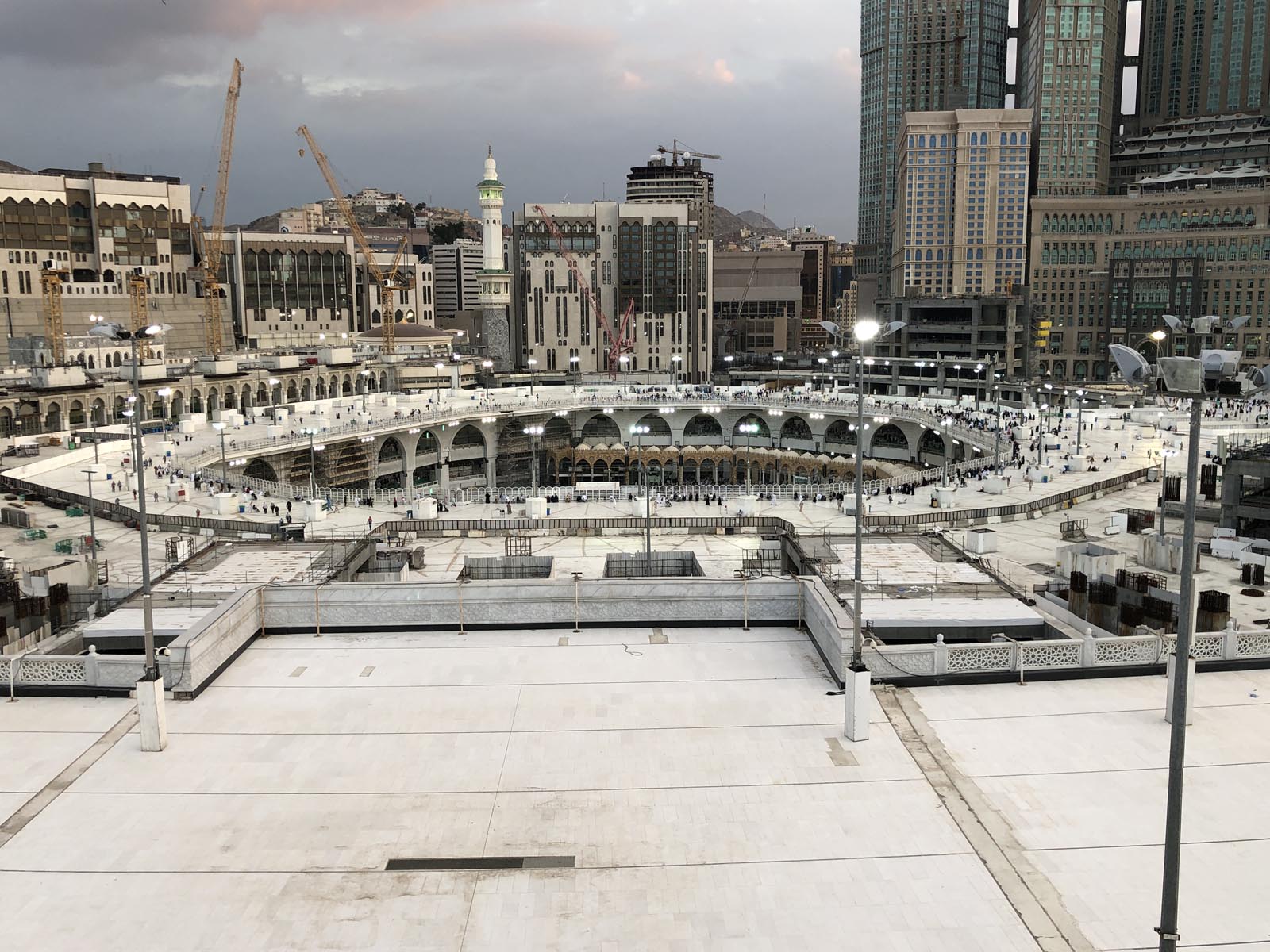
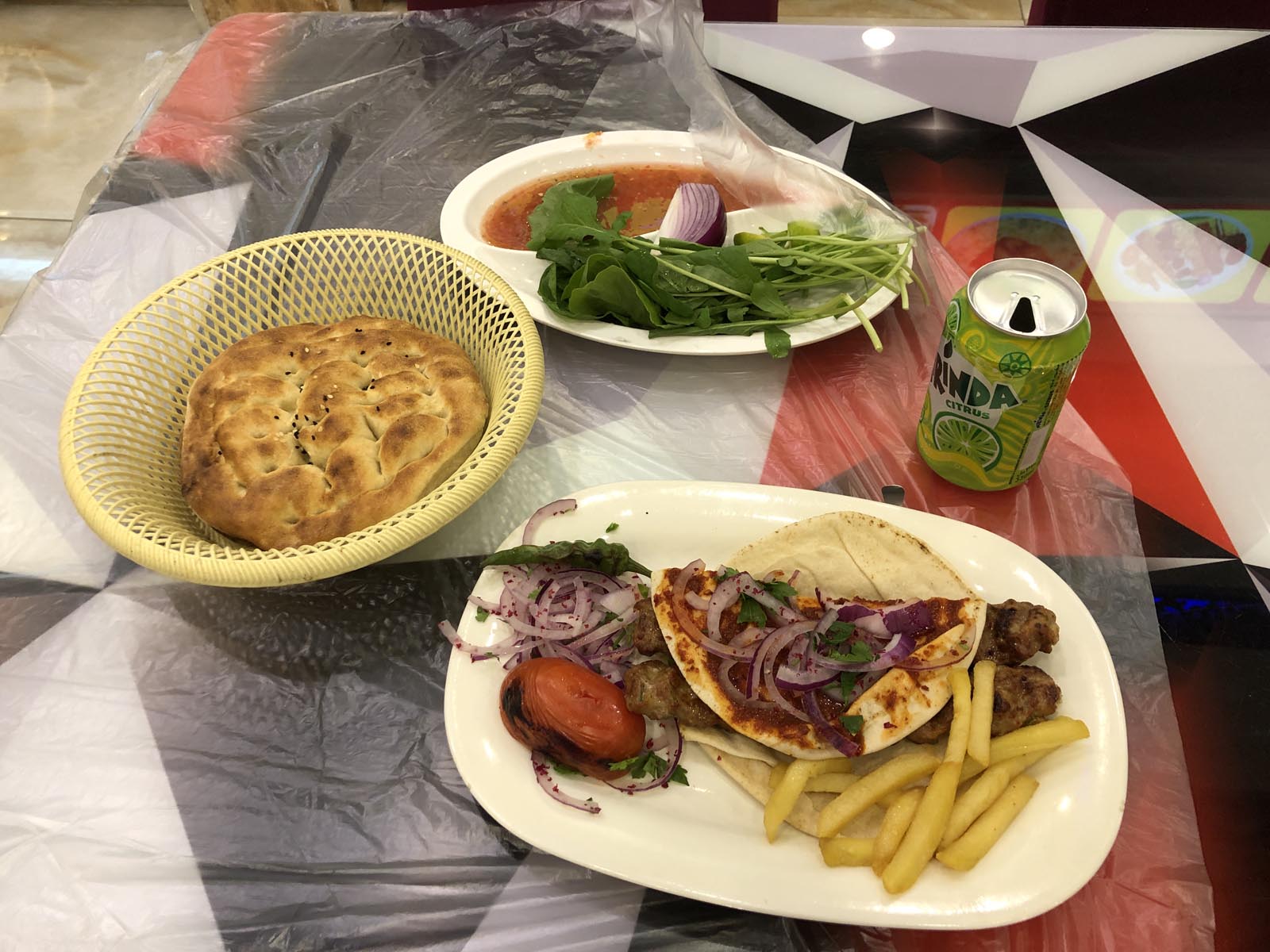
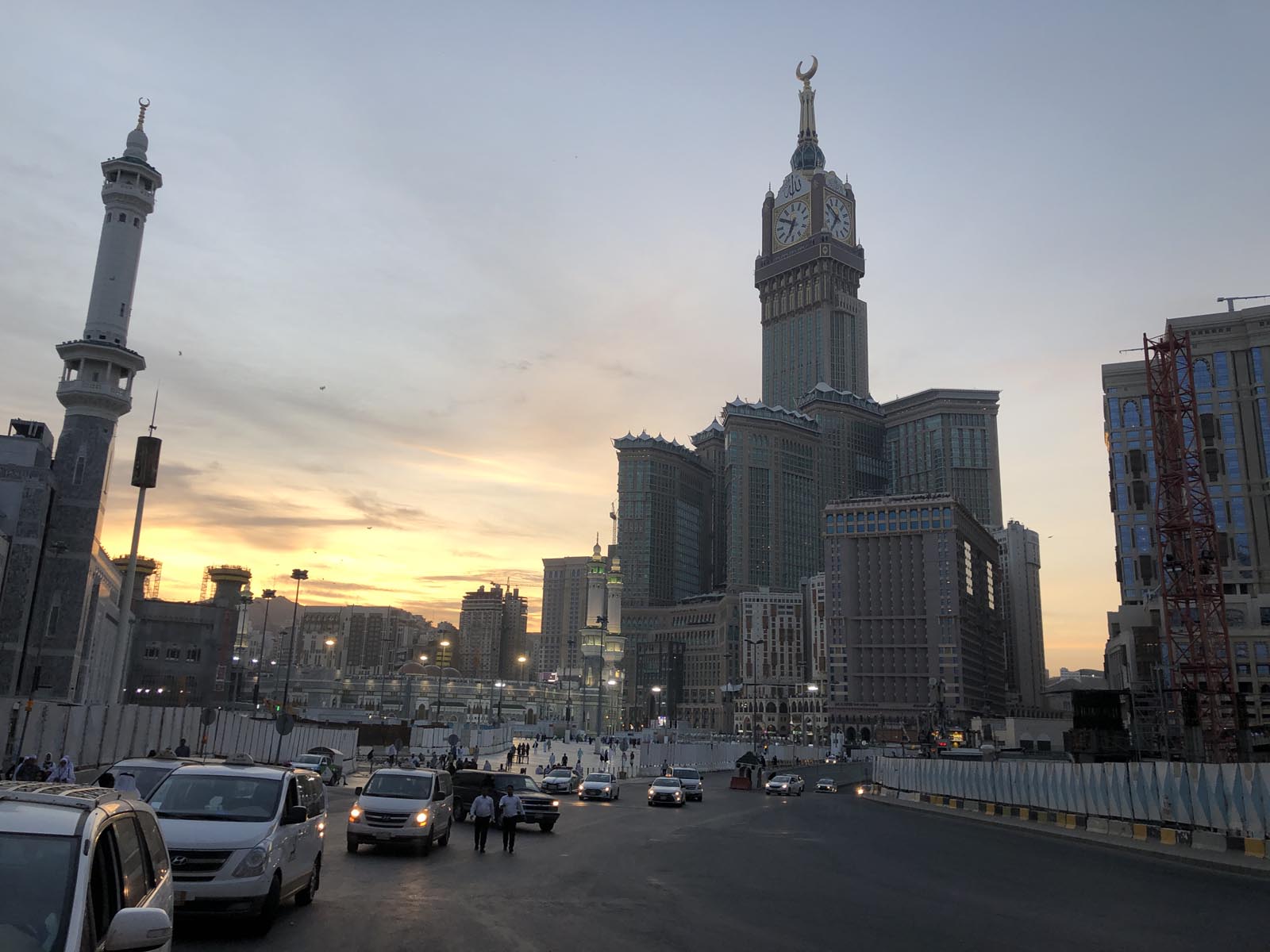
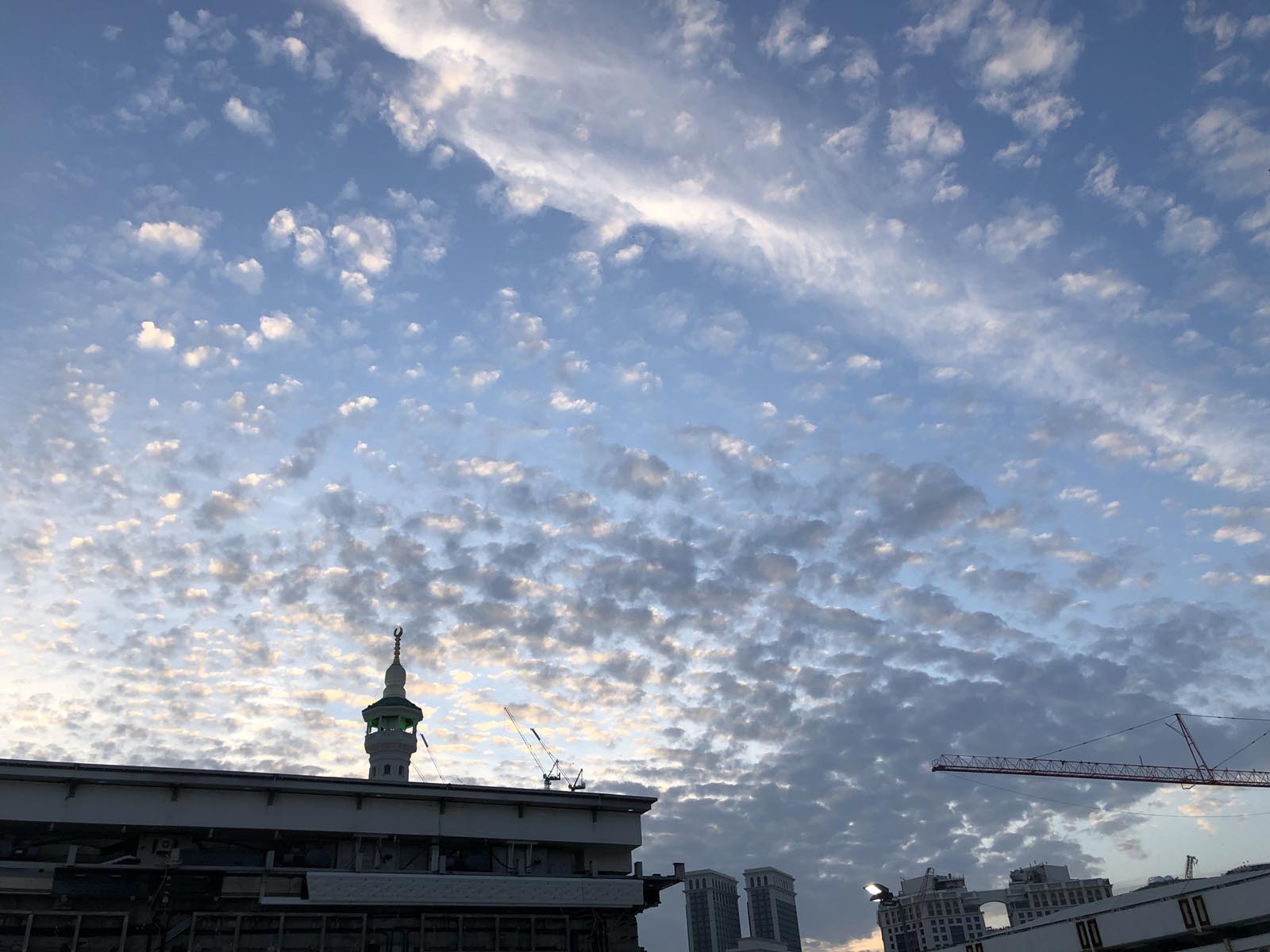
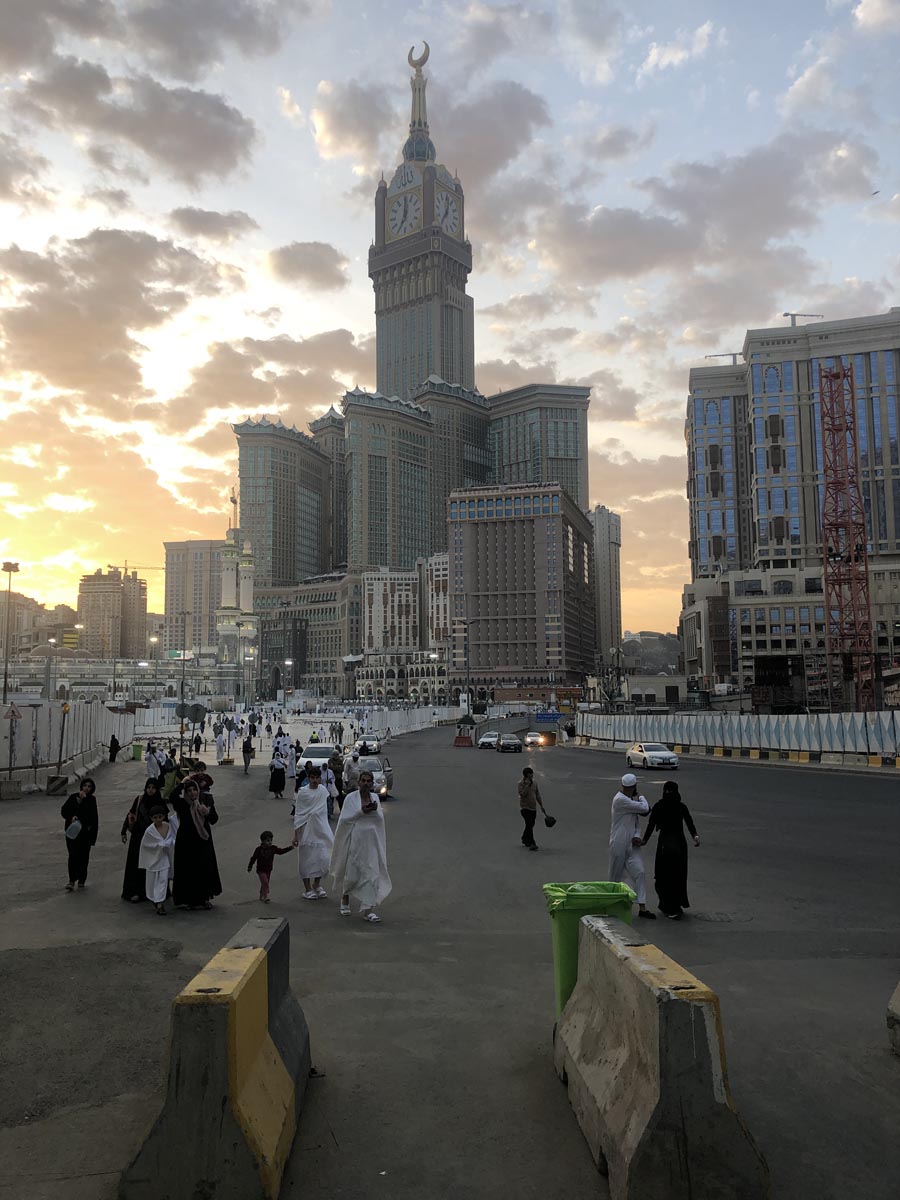
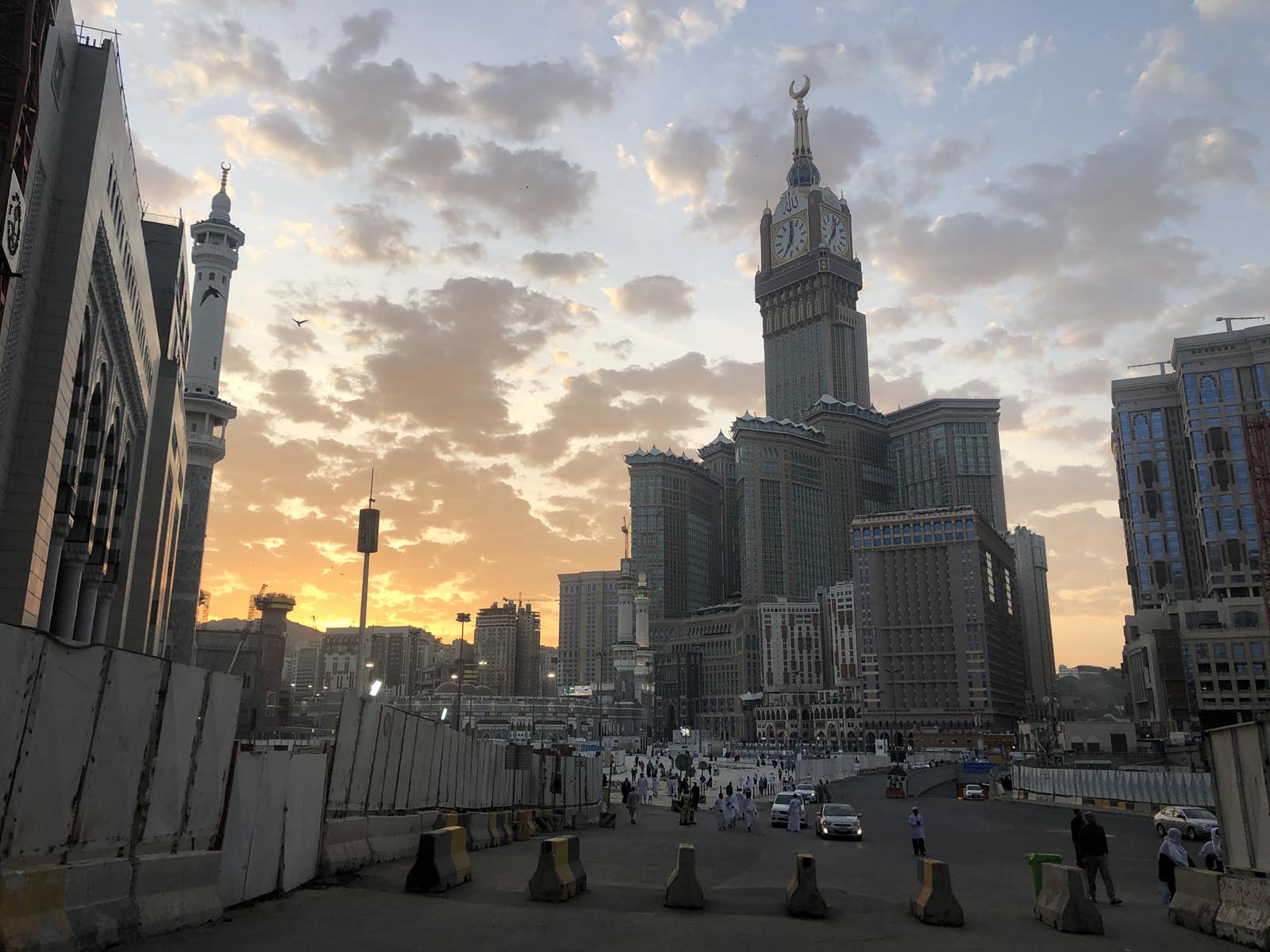
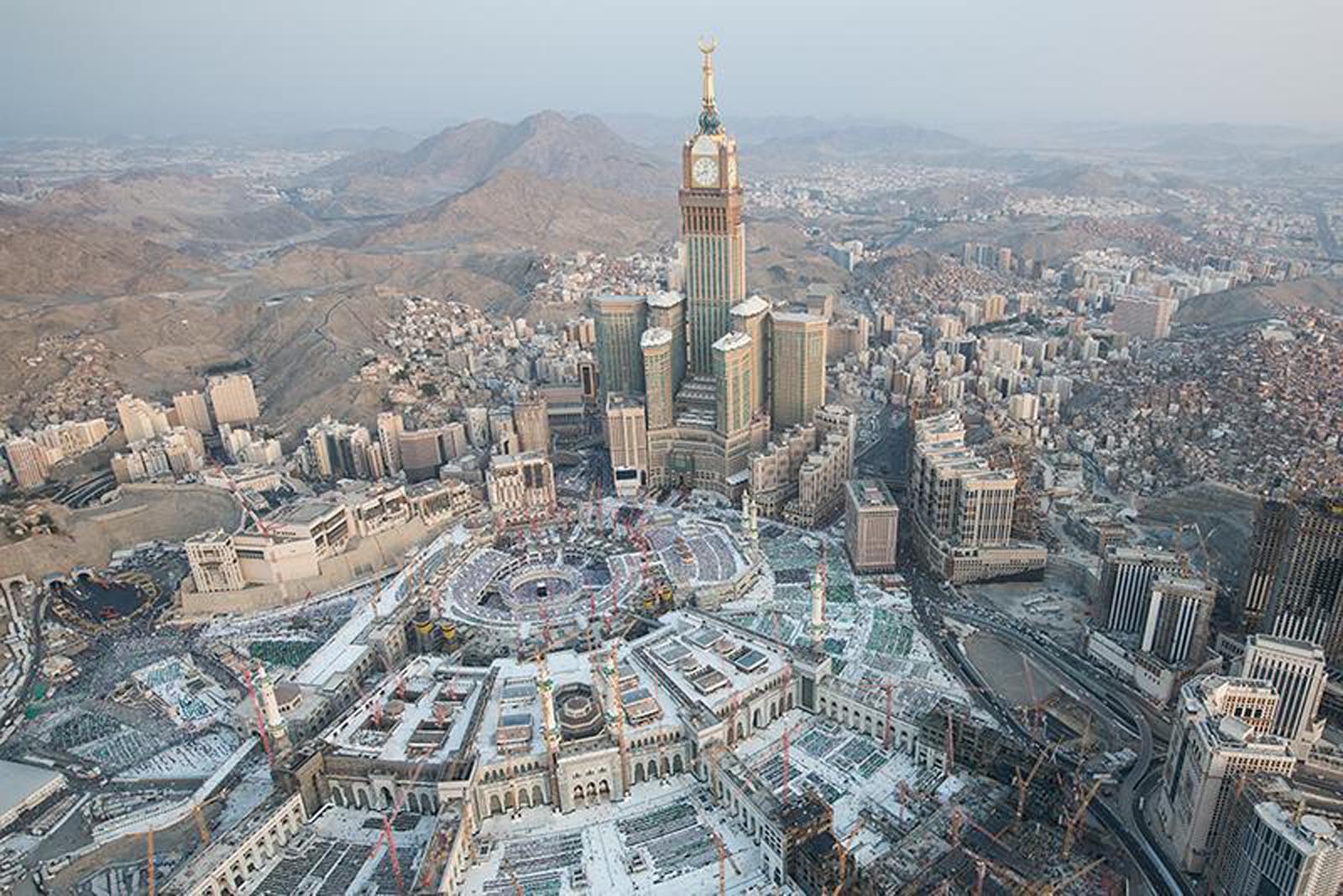
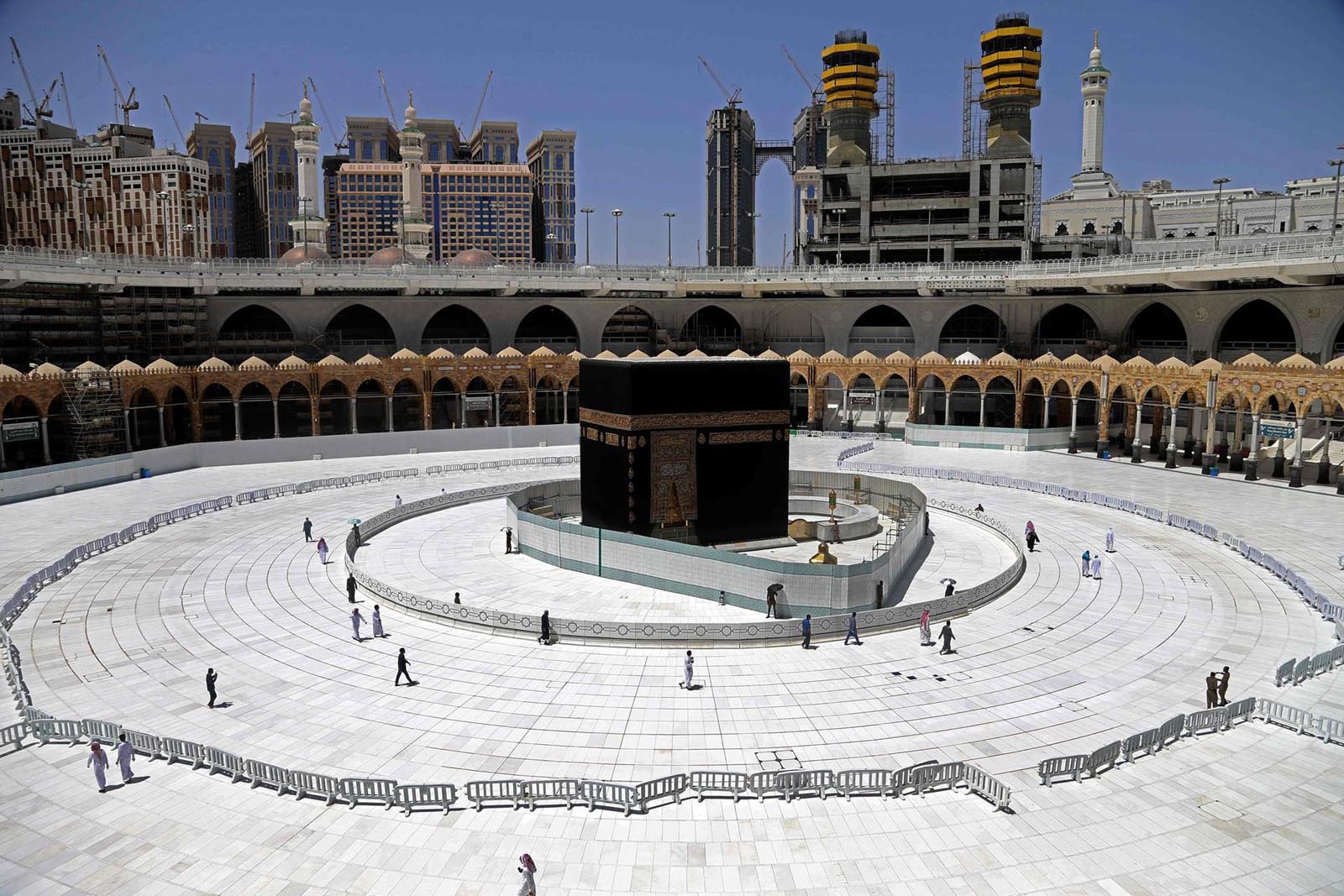
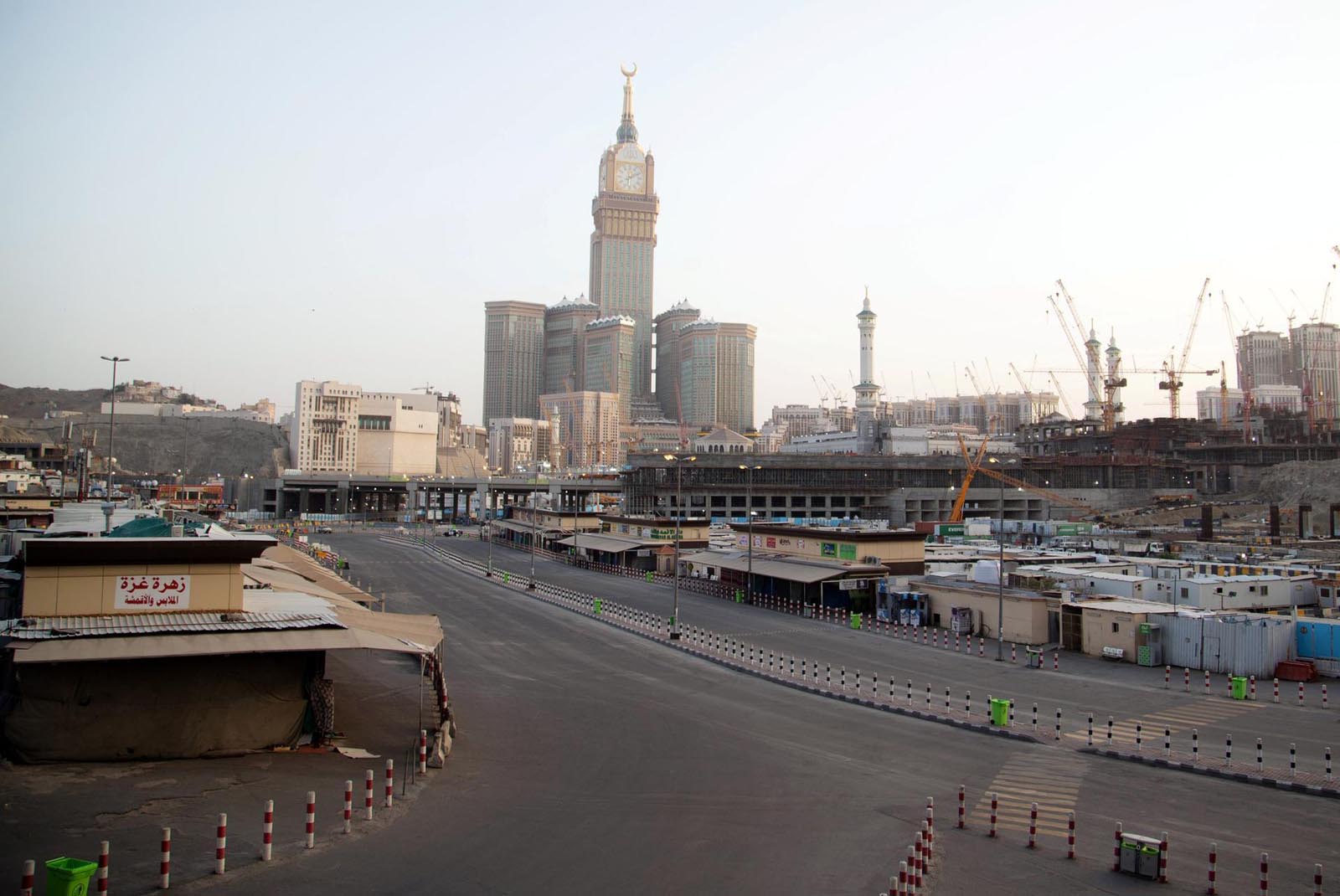
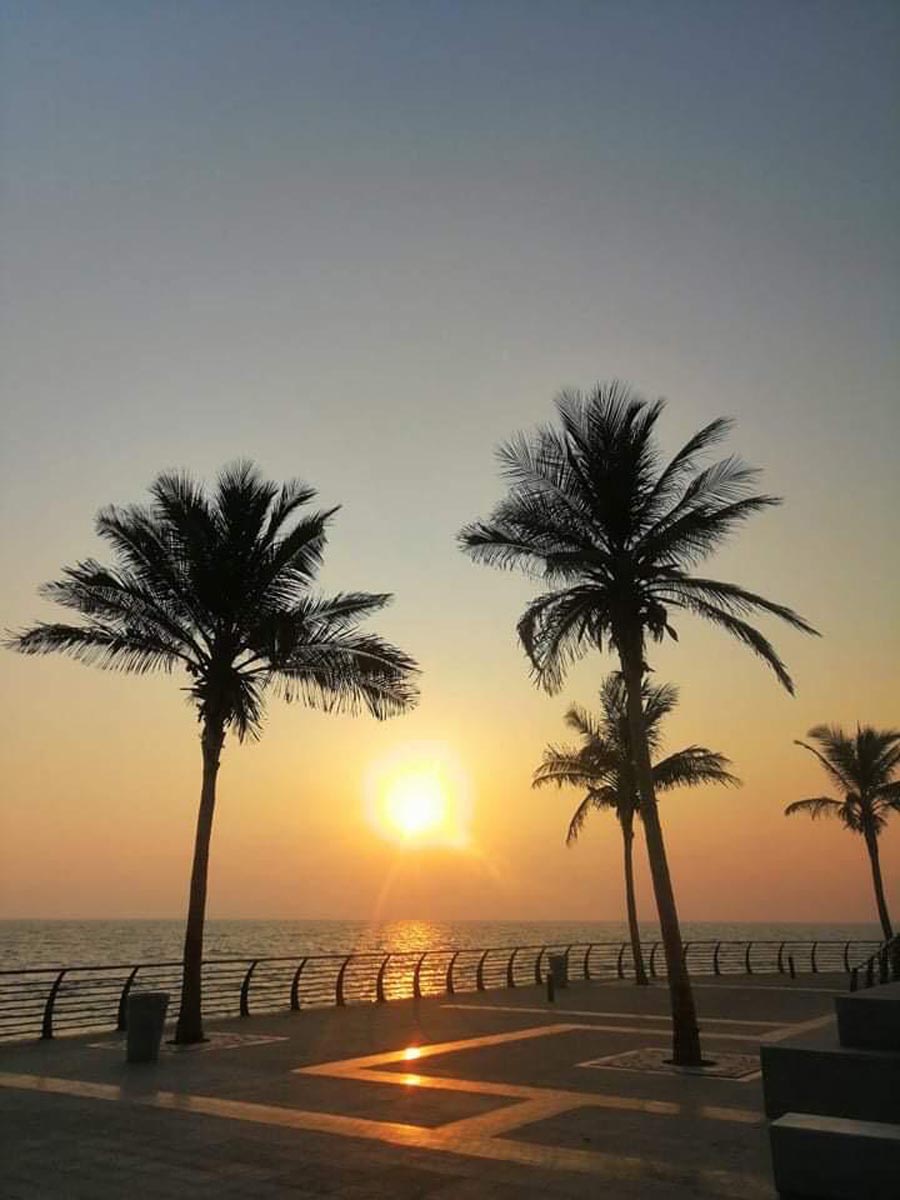
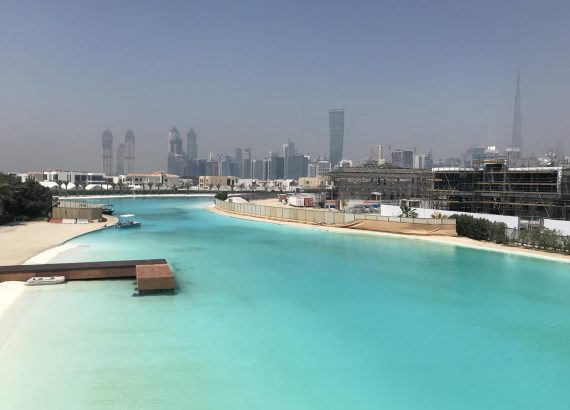
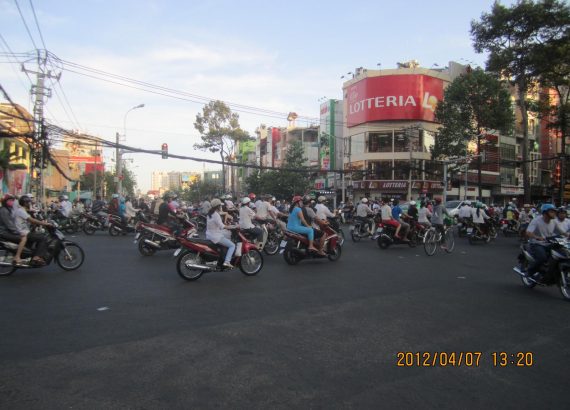
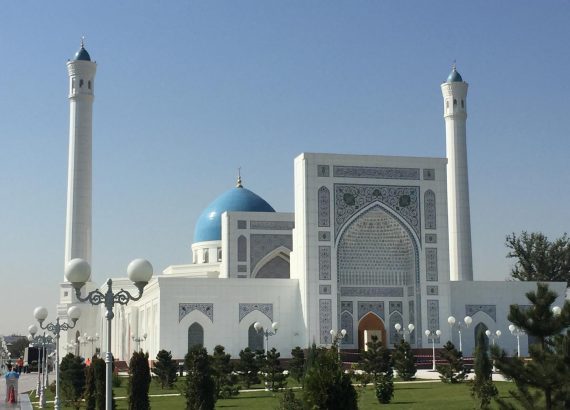
mohammed almoiws
Welcome to Saudi Arabia
We are happy for your visit and stay, and we hope that you will visit again
Especially in my cities of Al-Ula
Sven Luca
Thank you very much 🙂
regards Sven